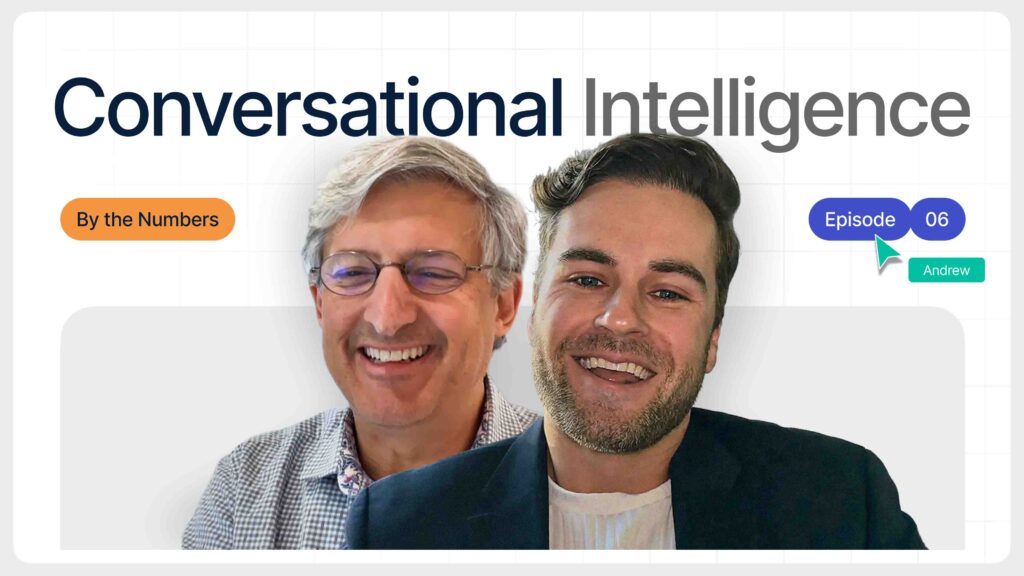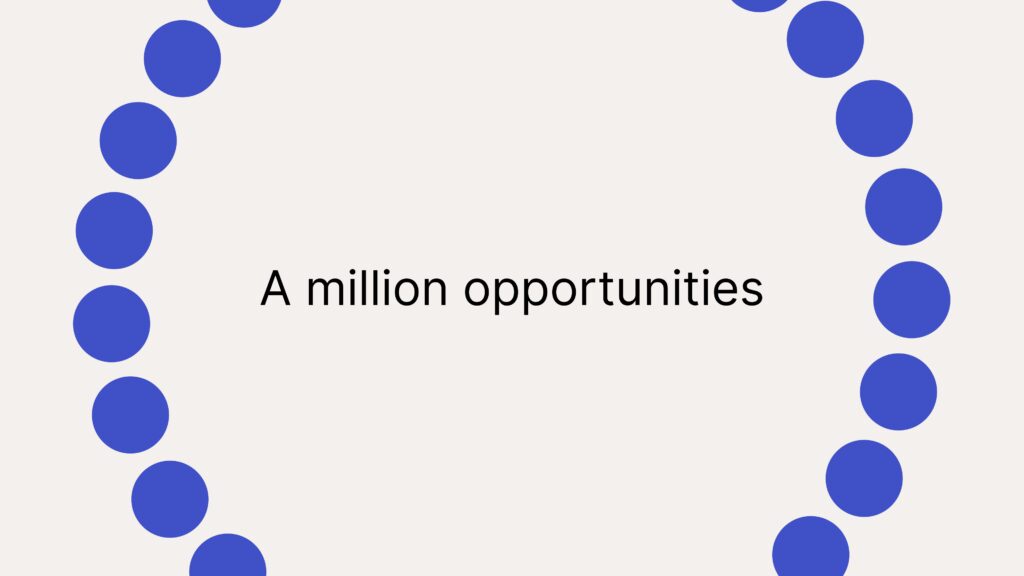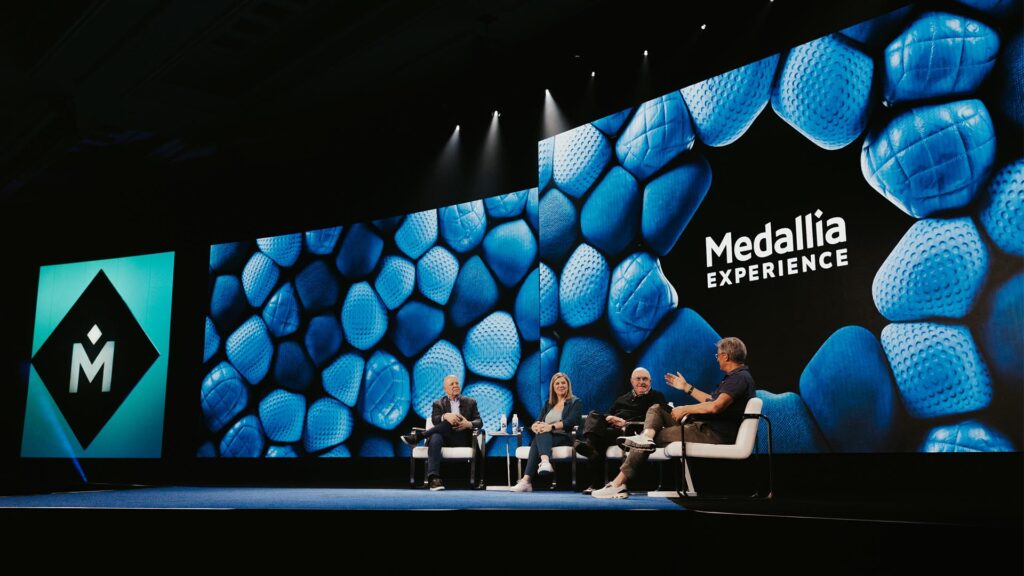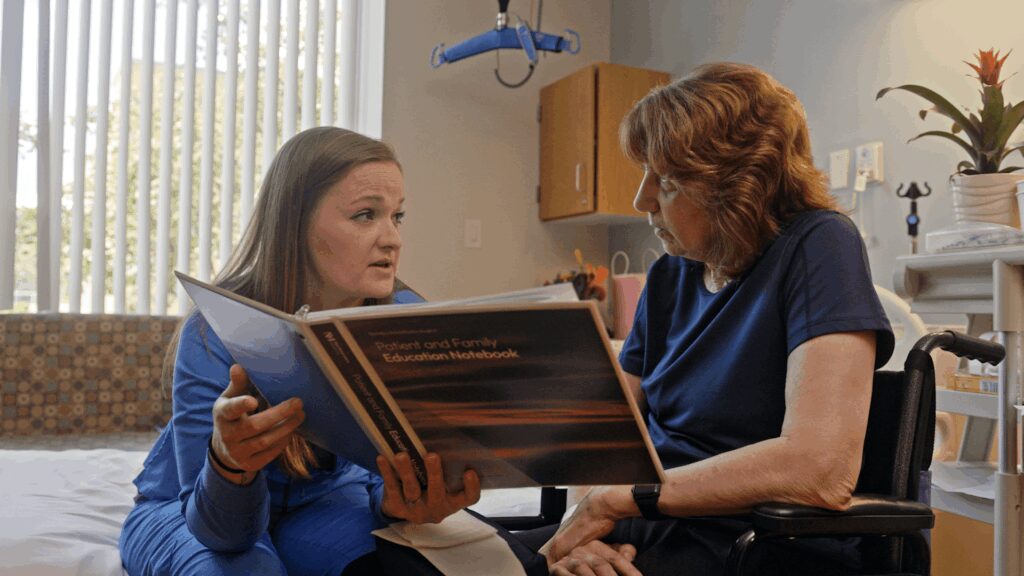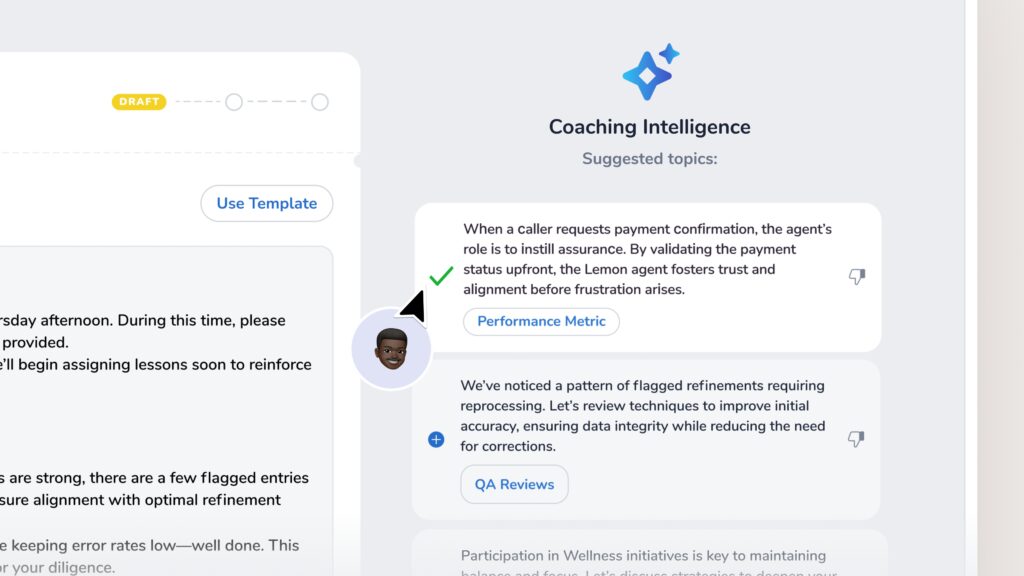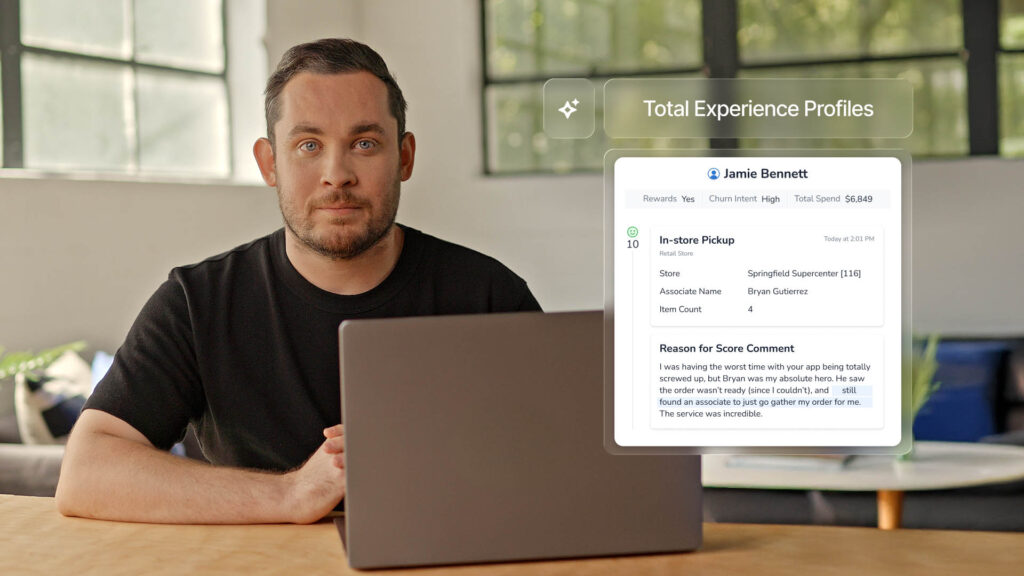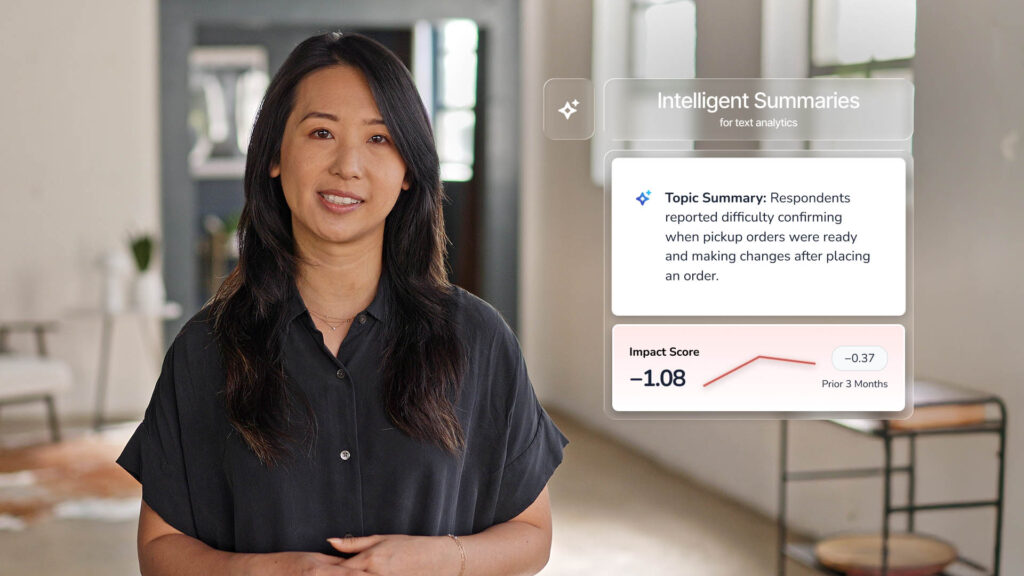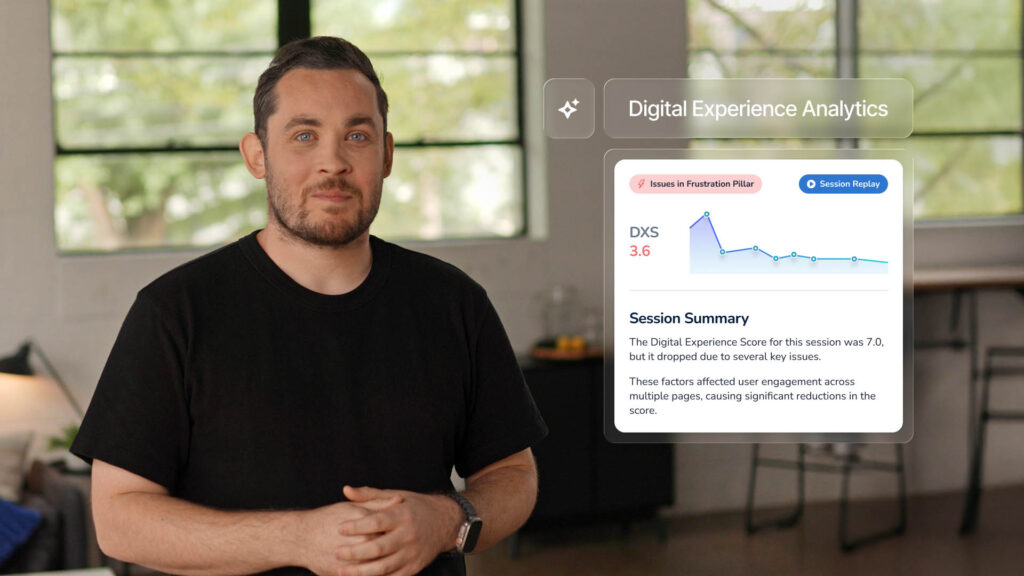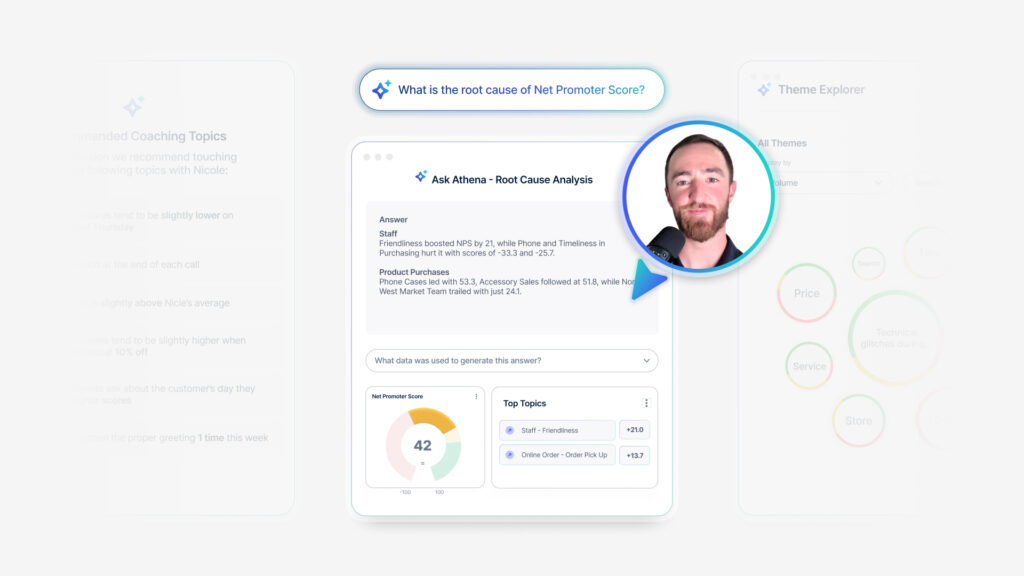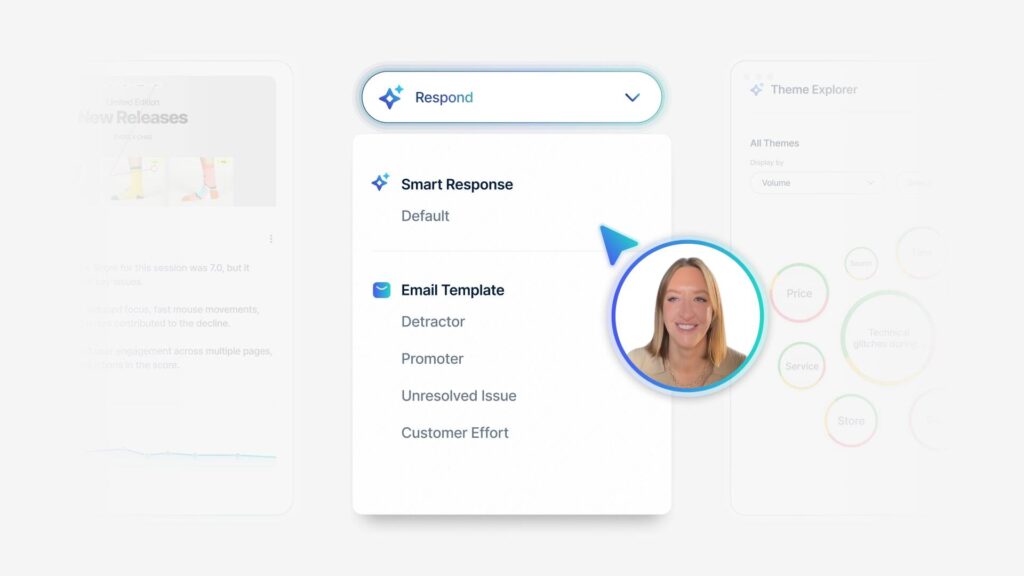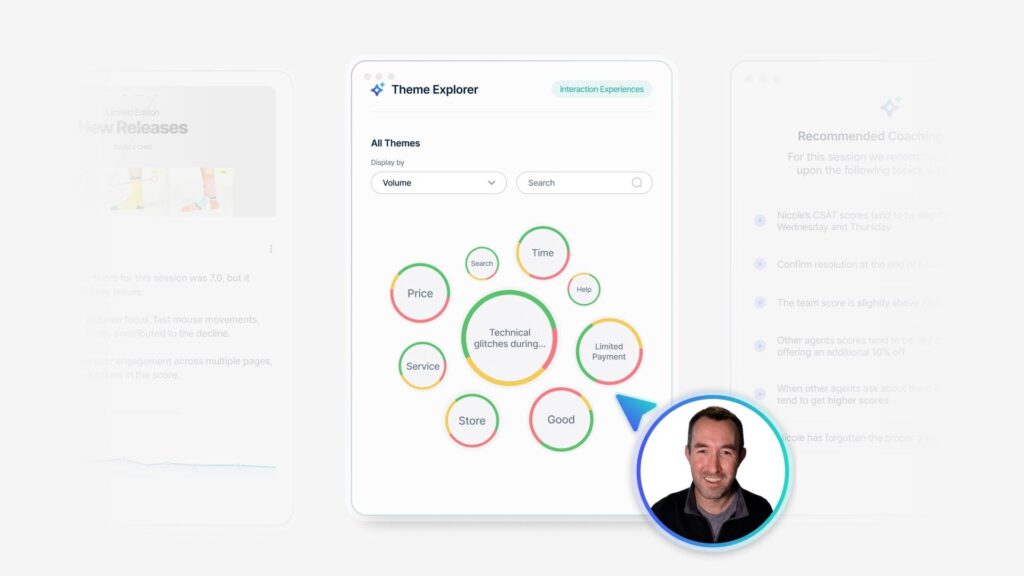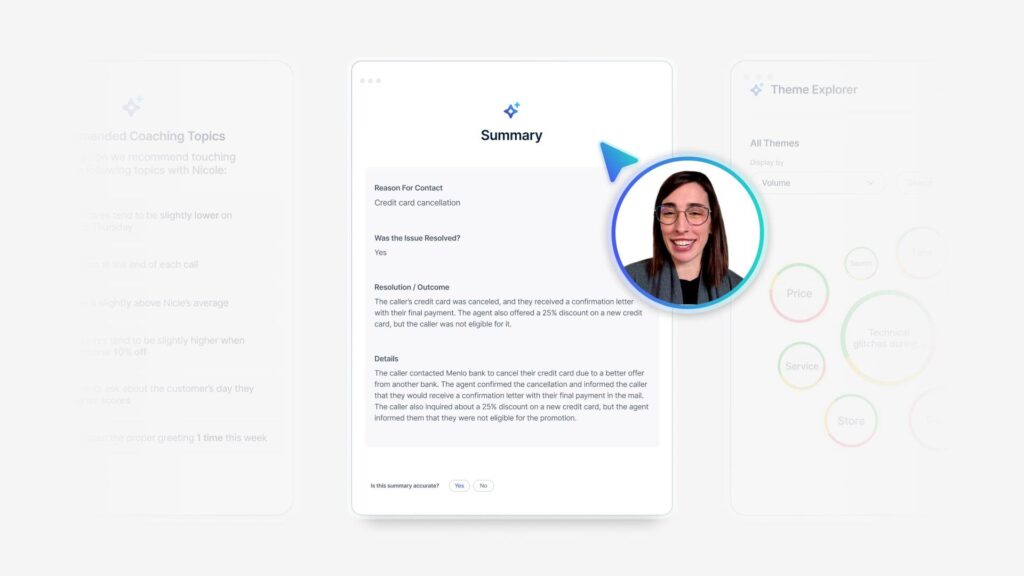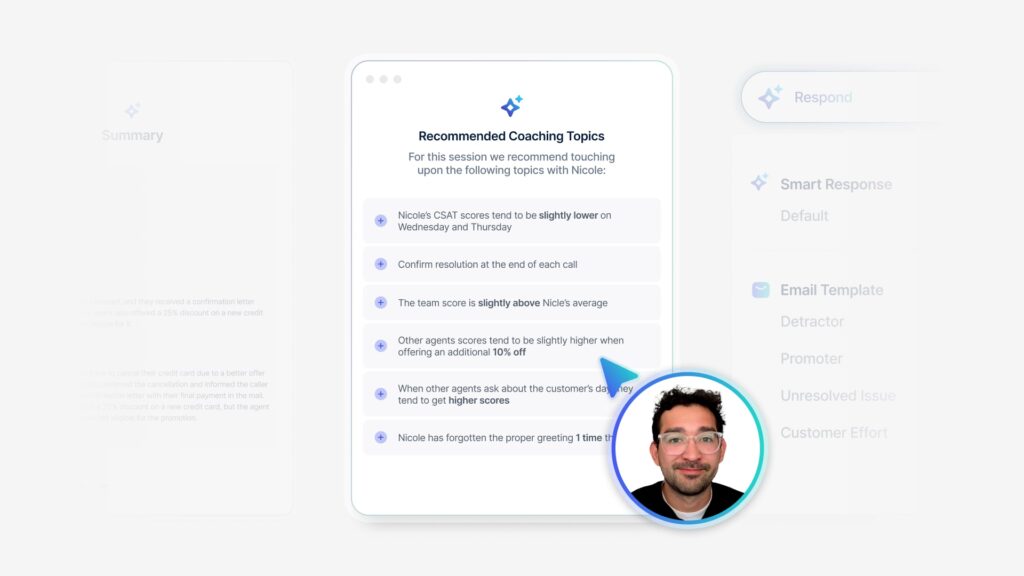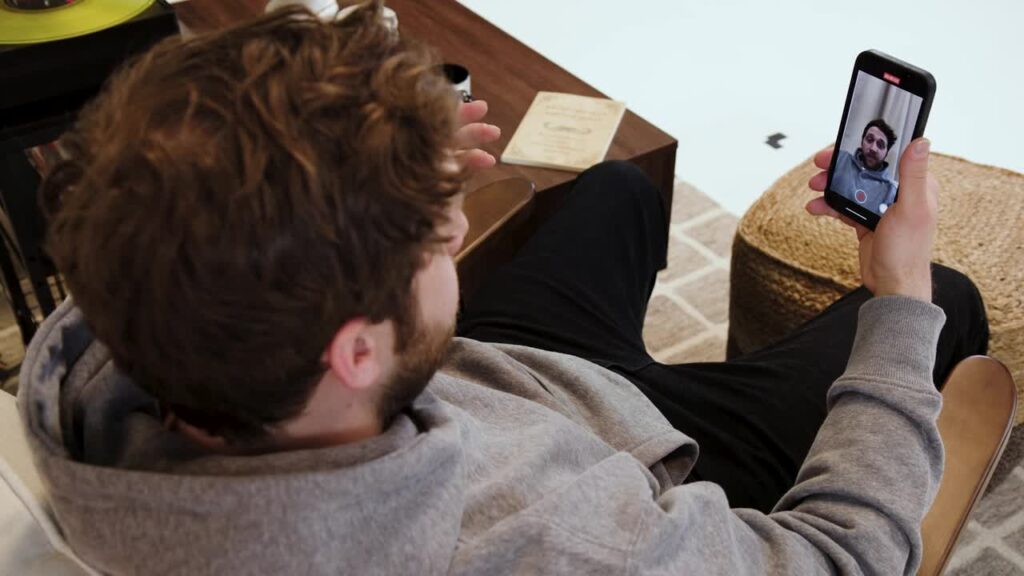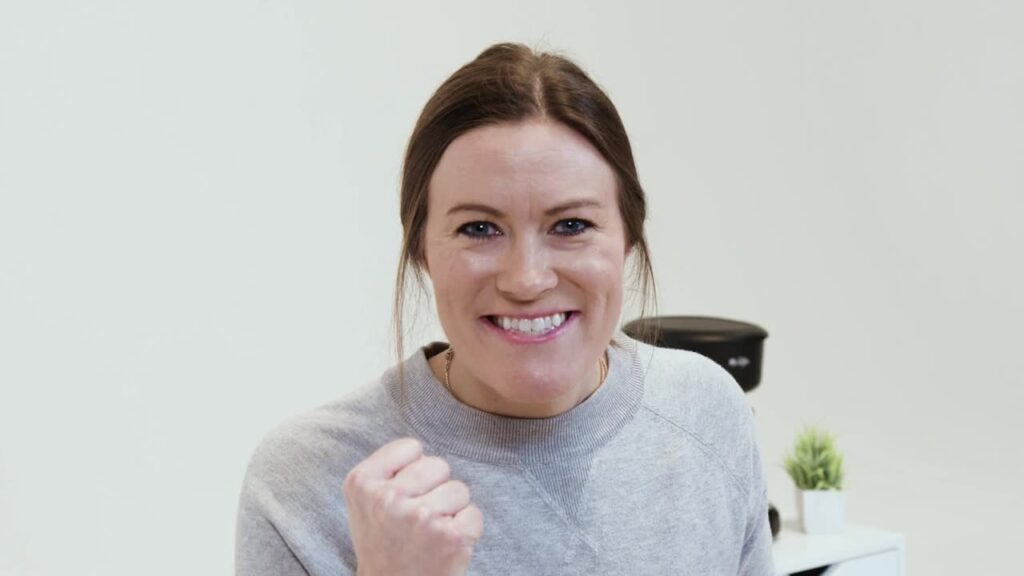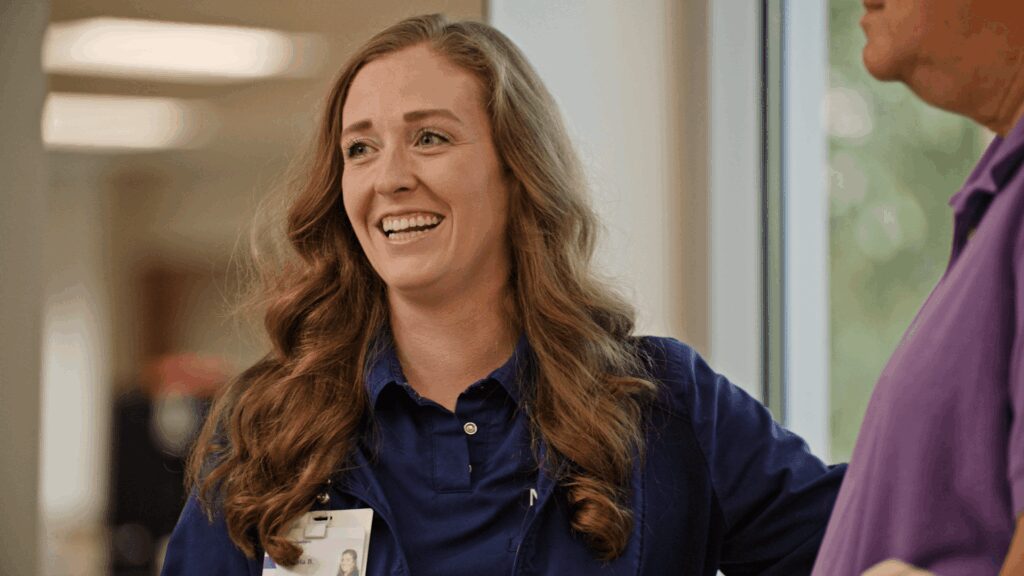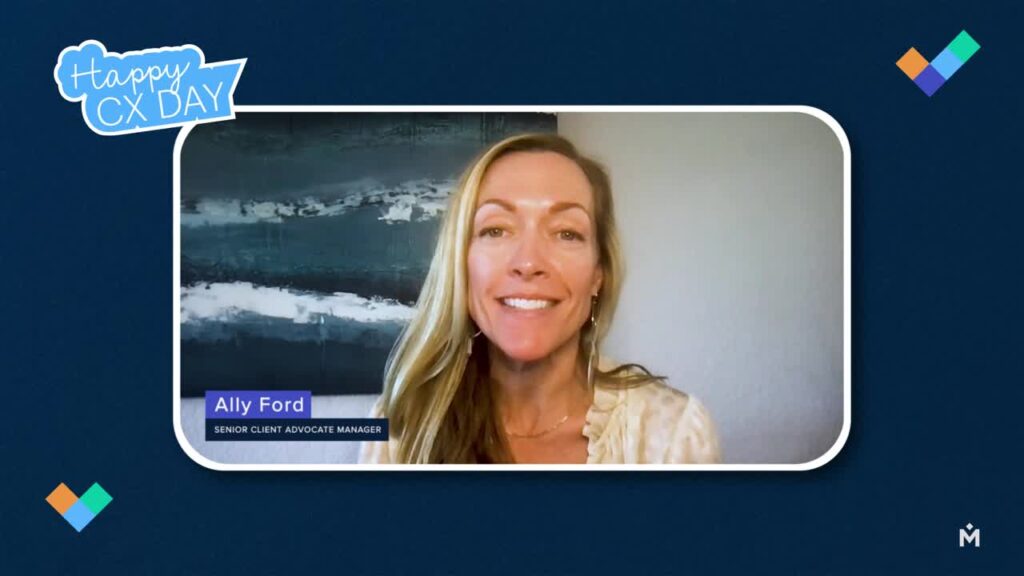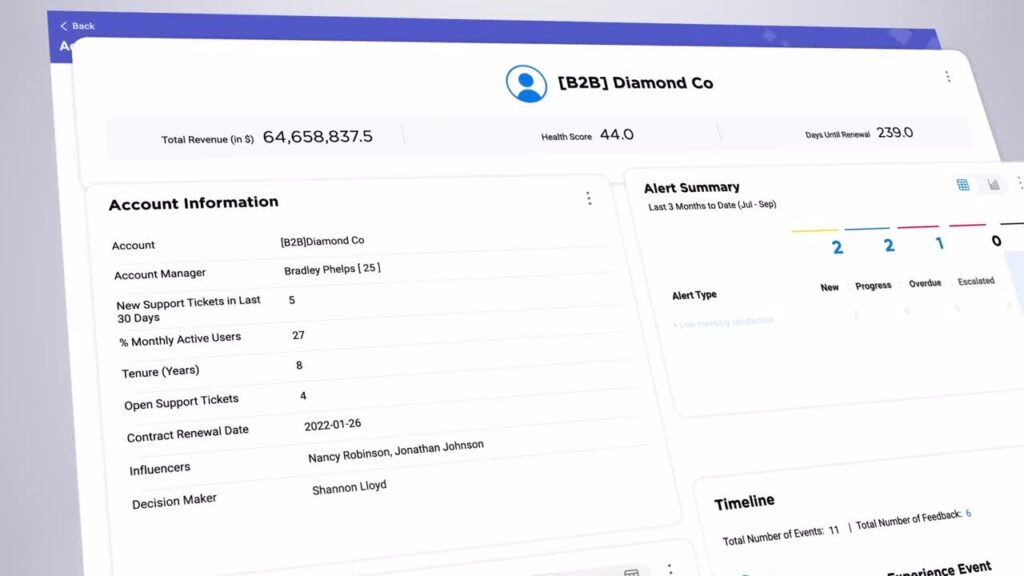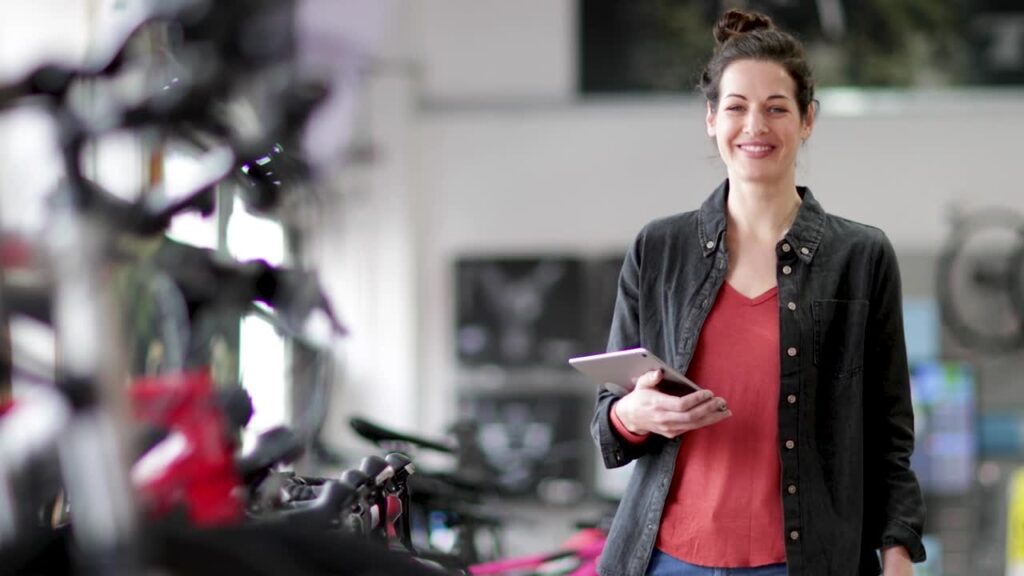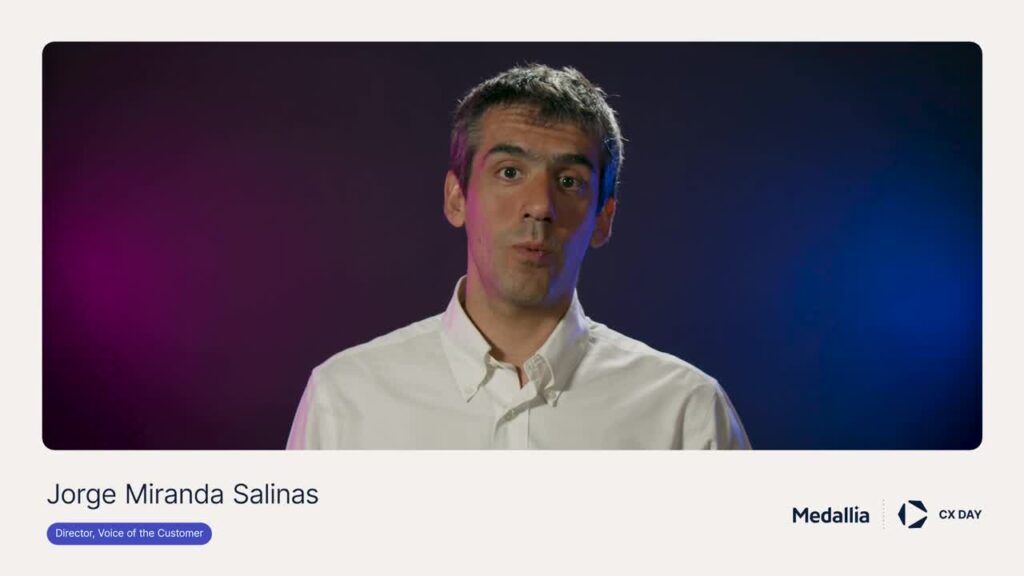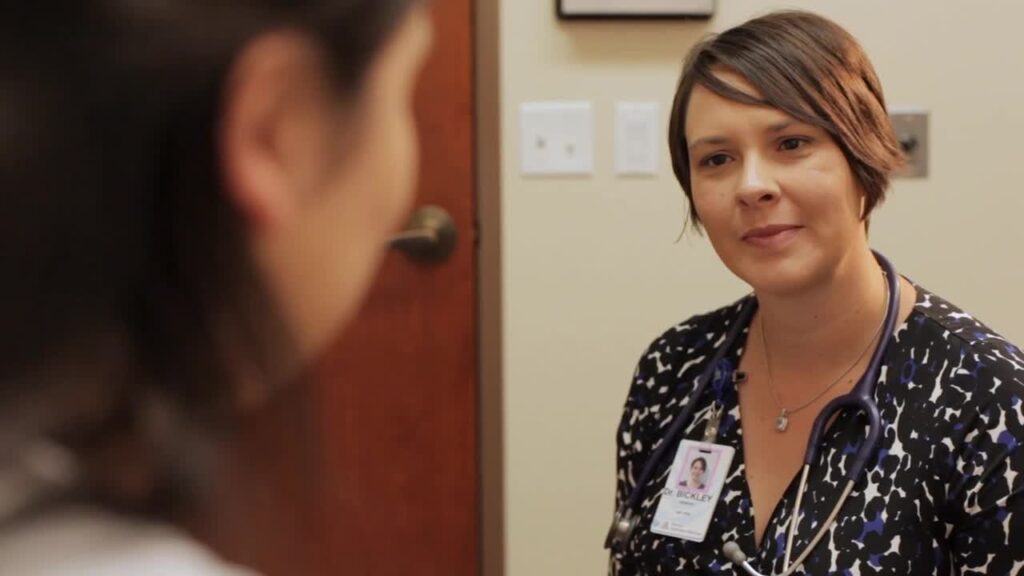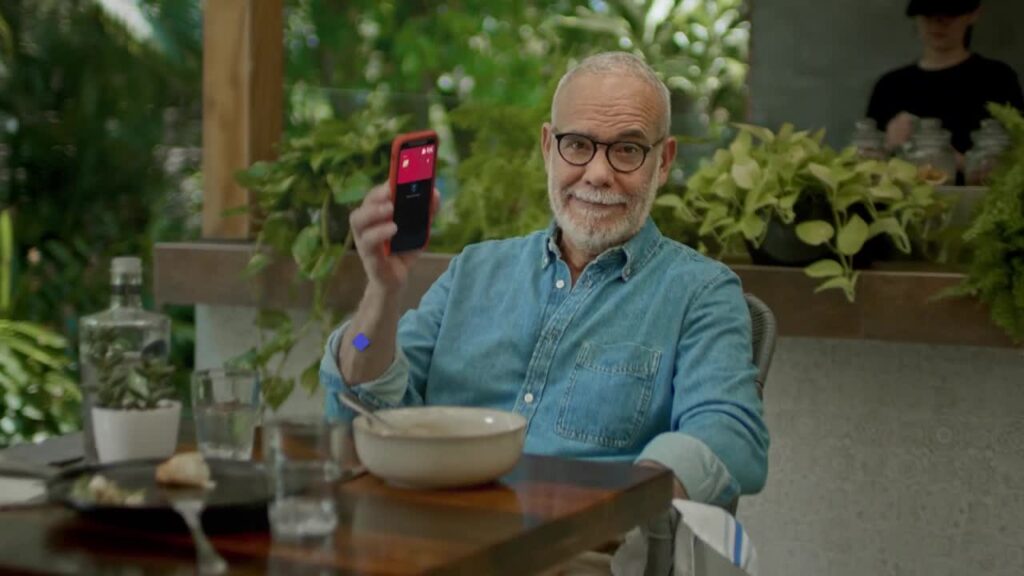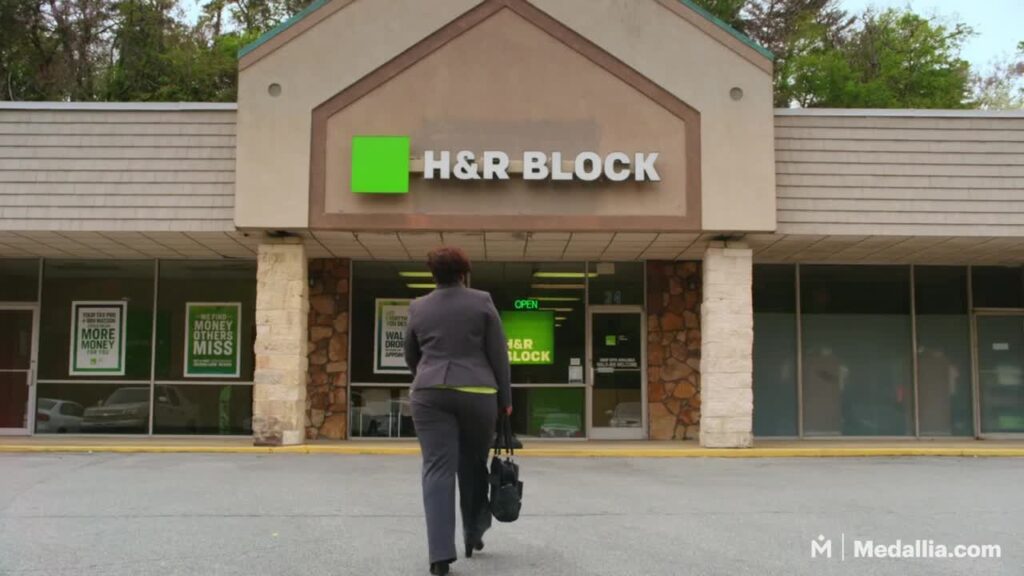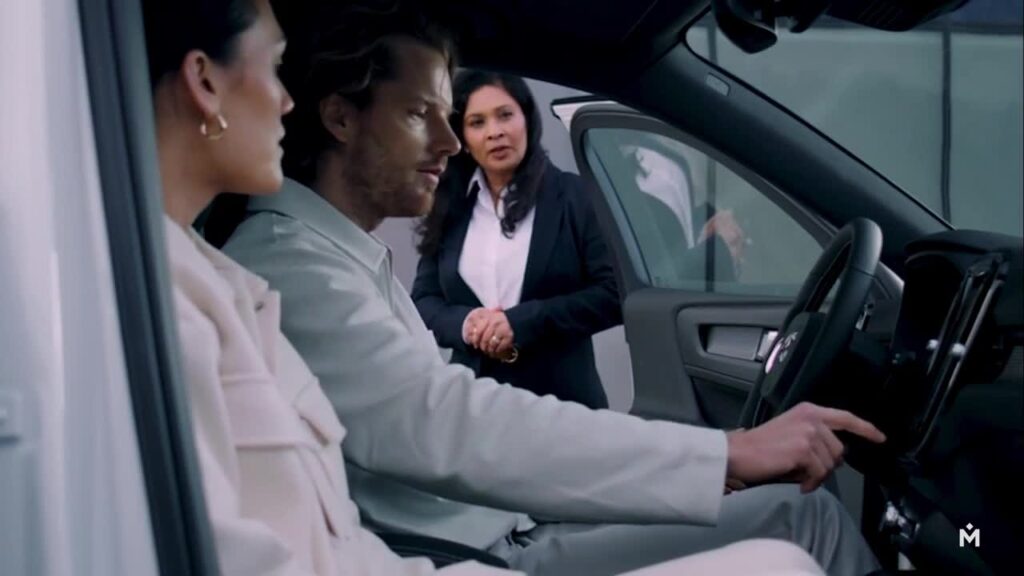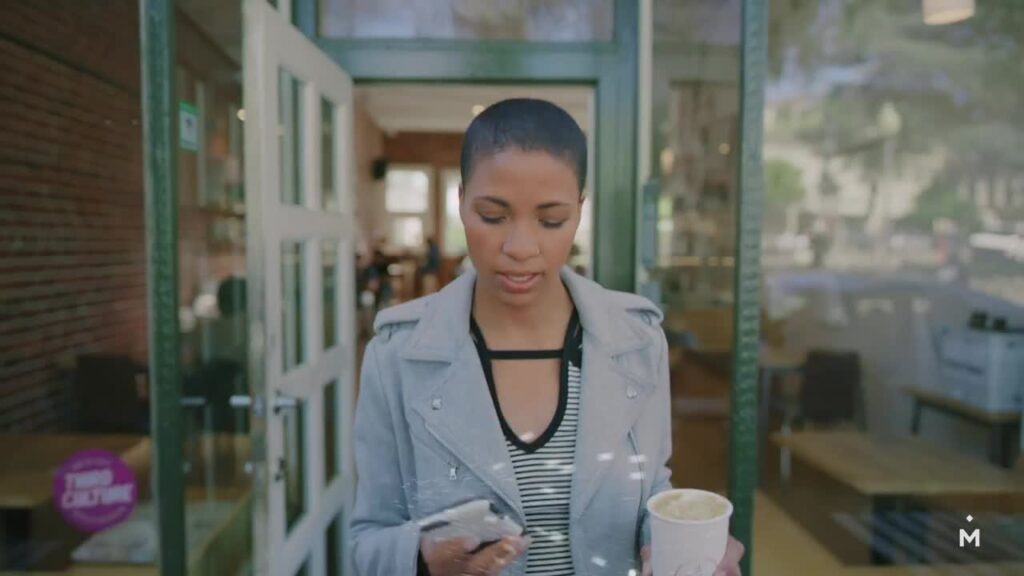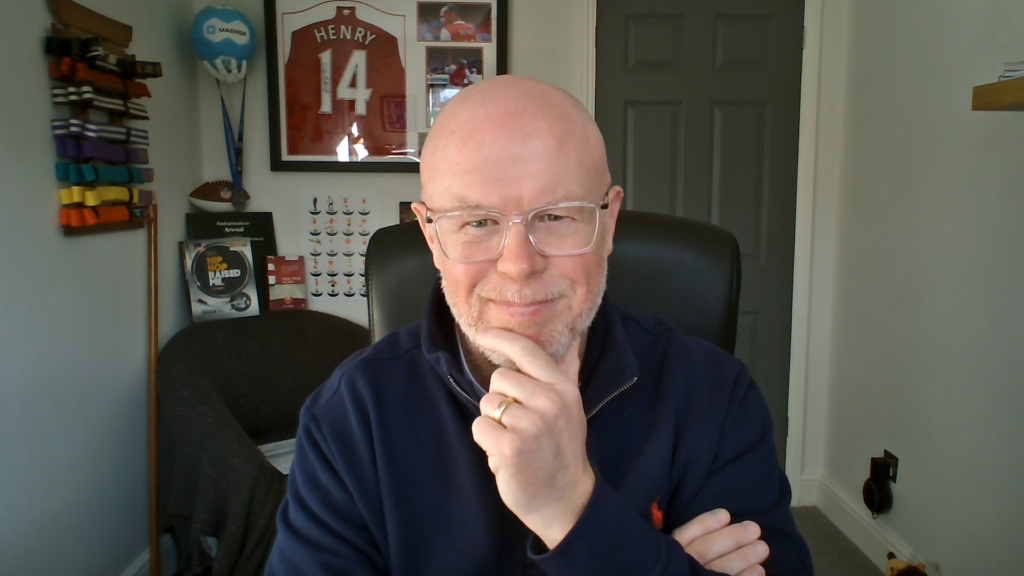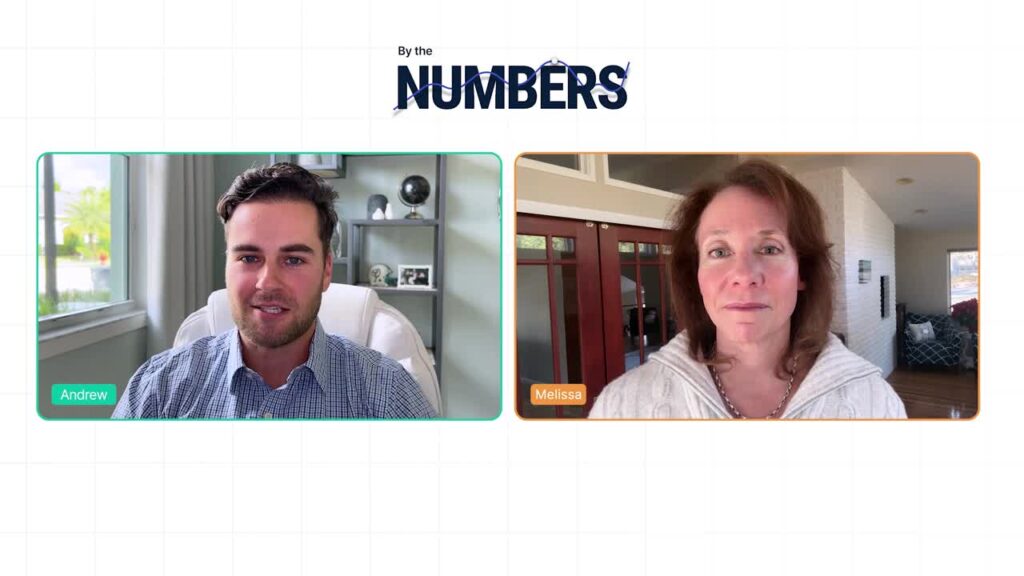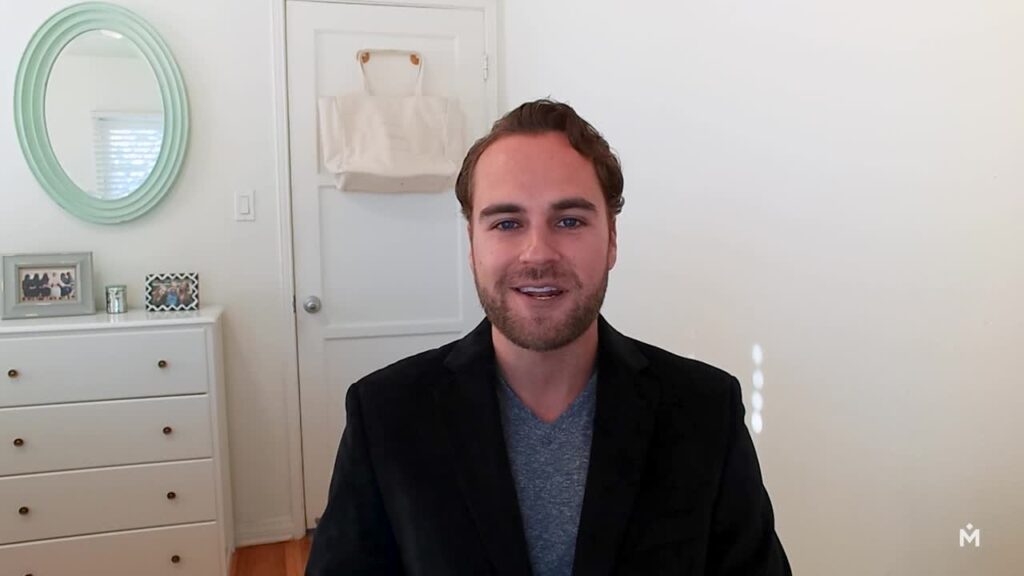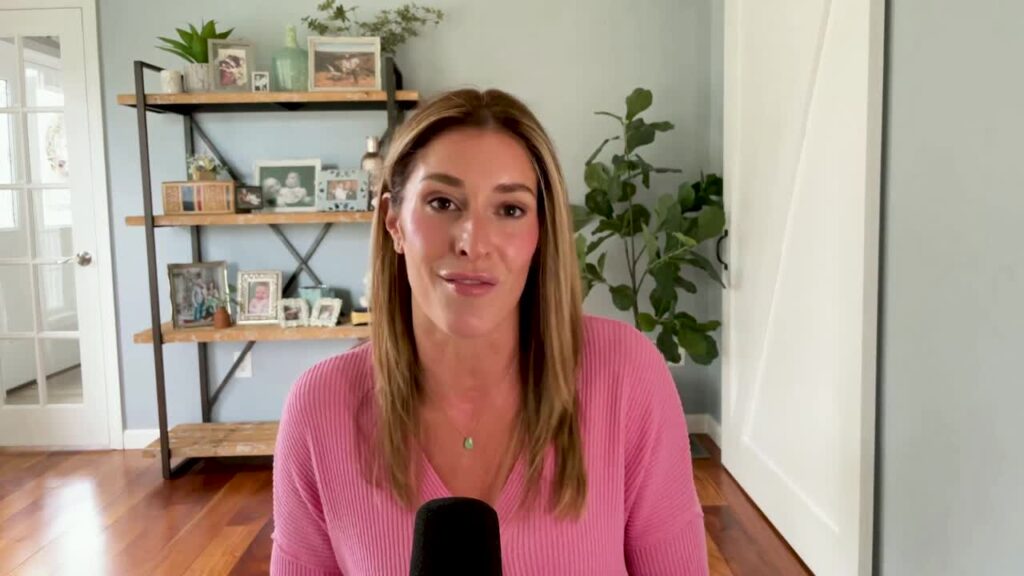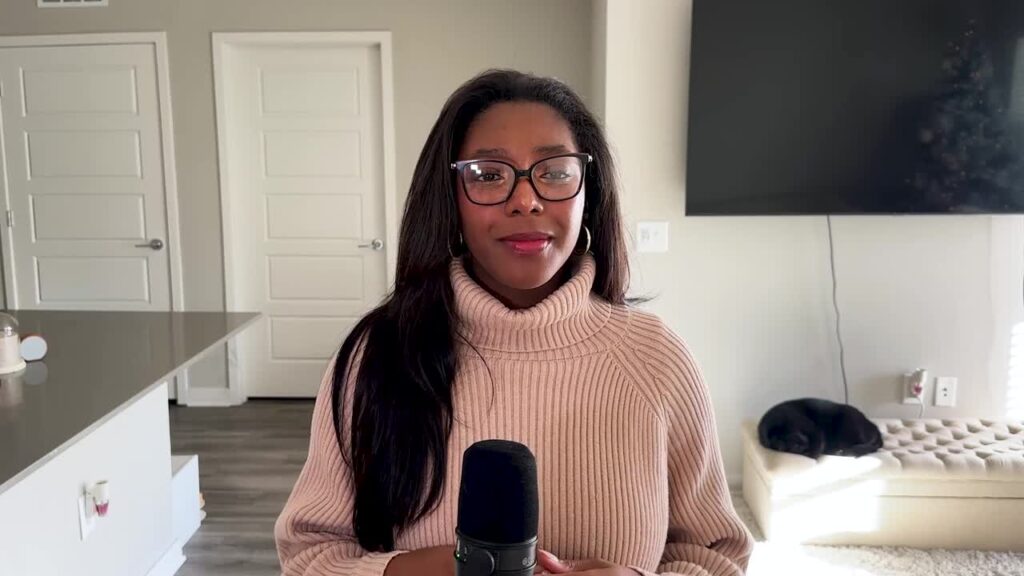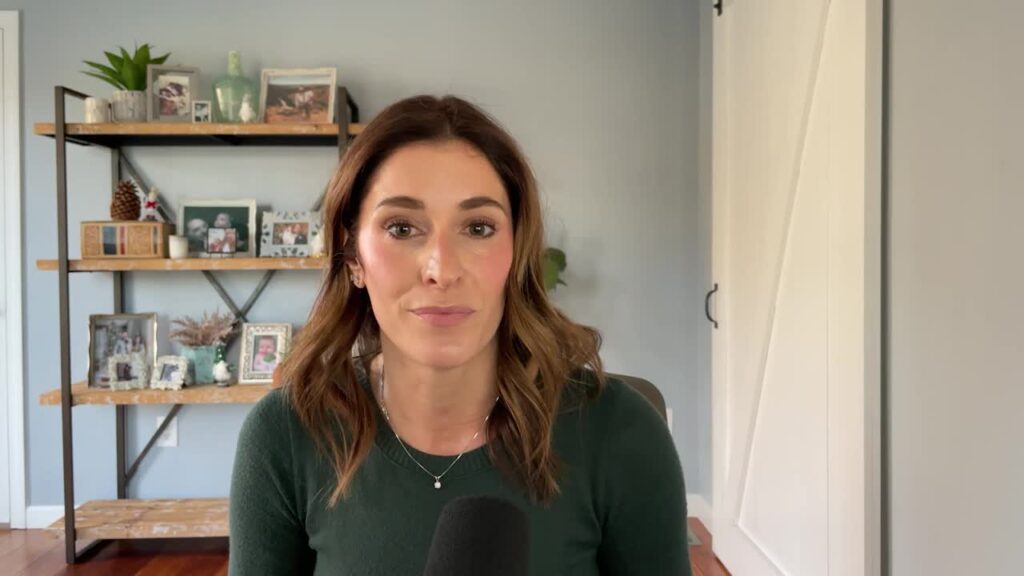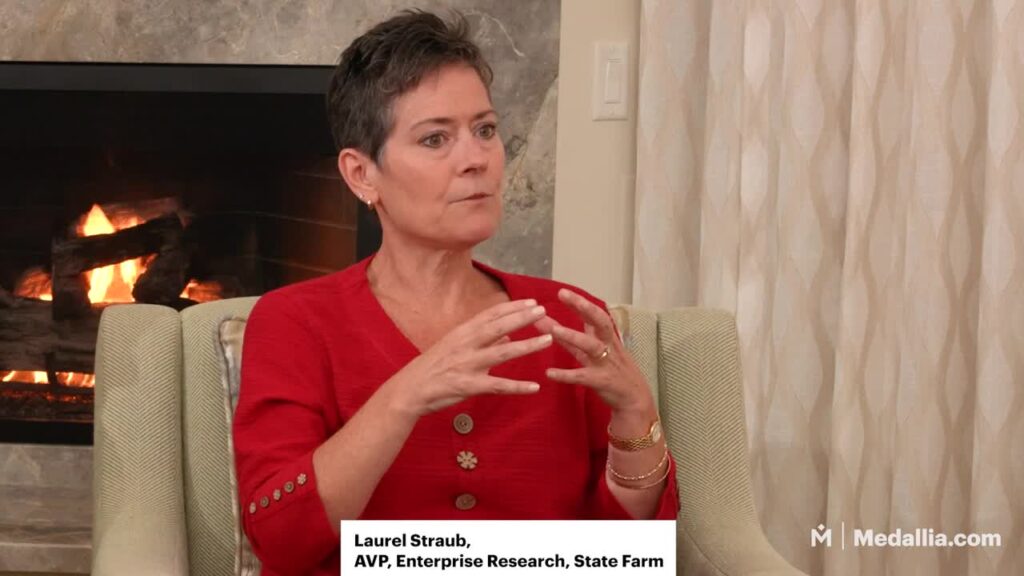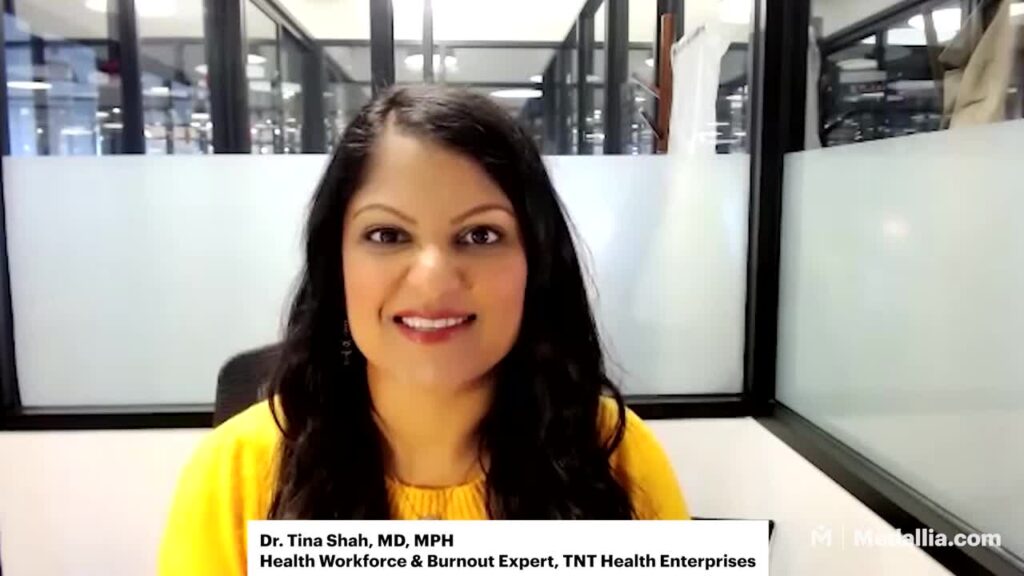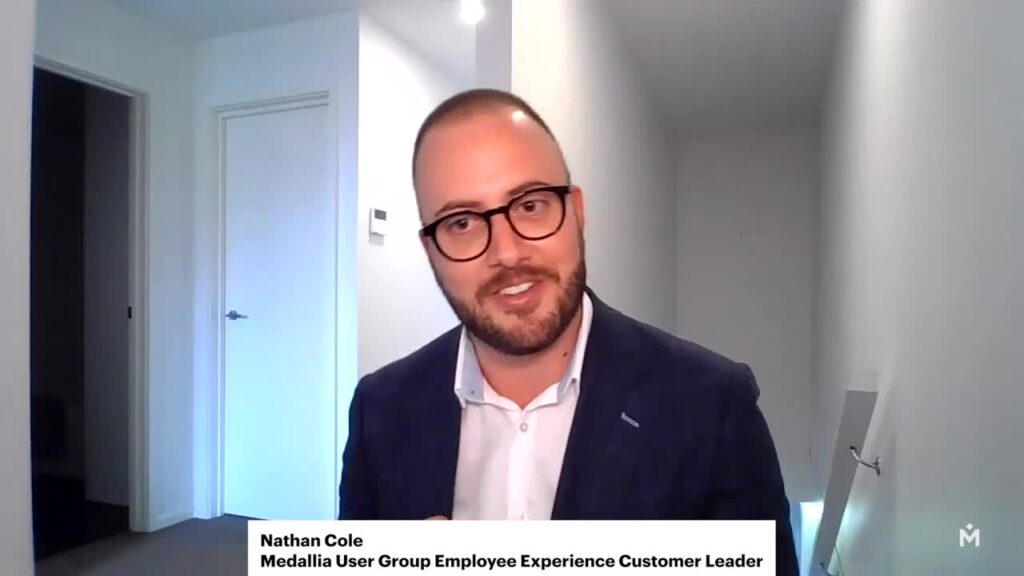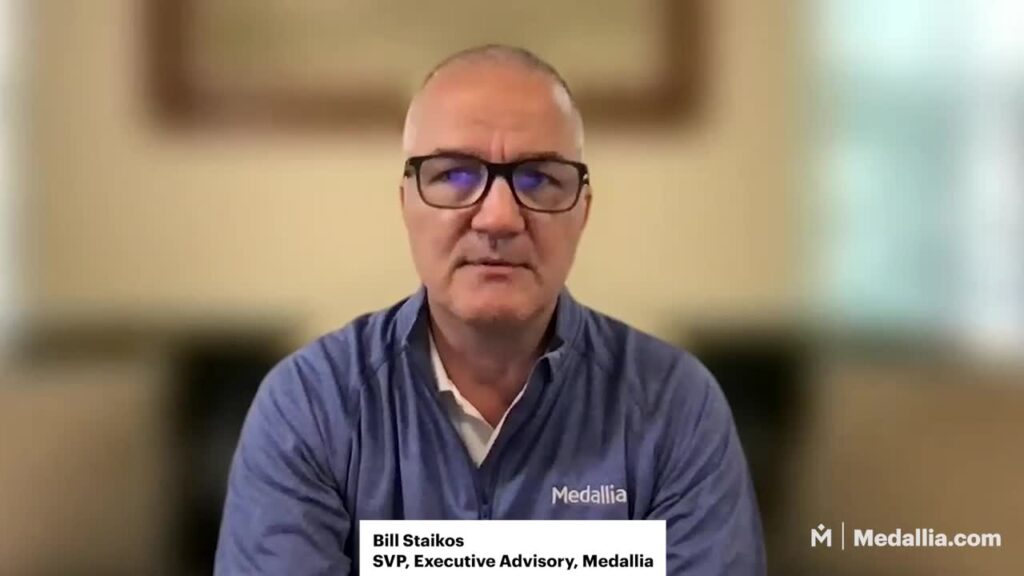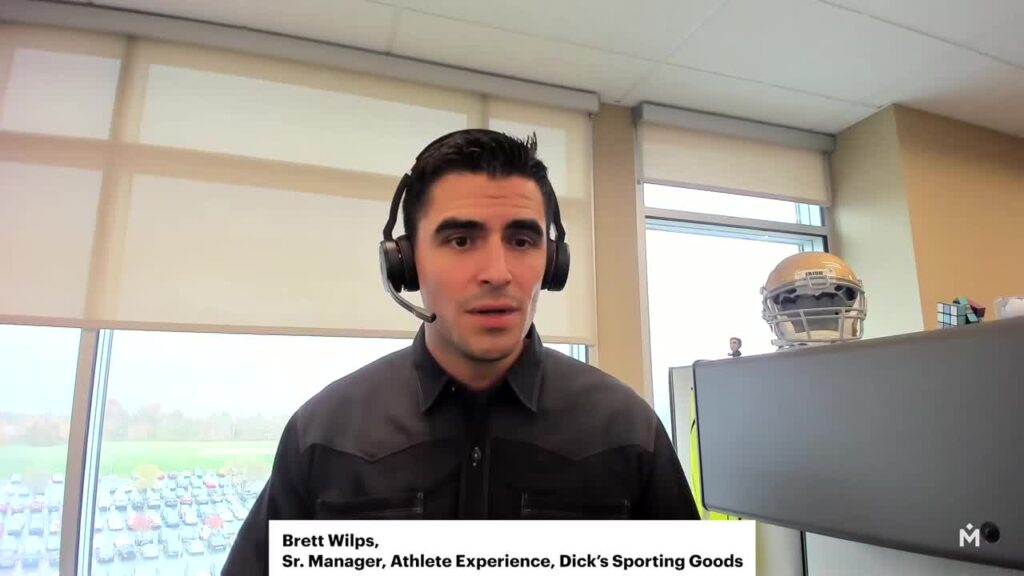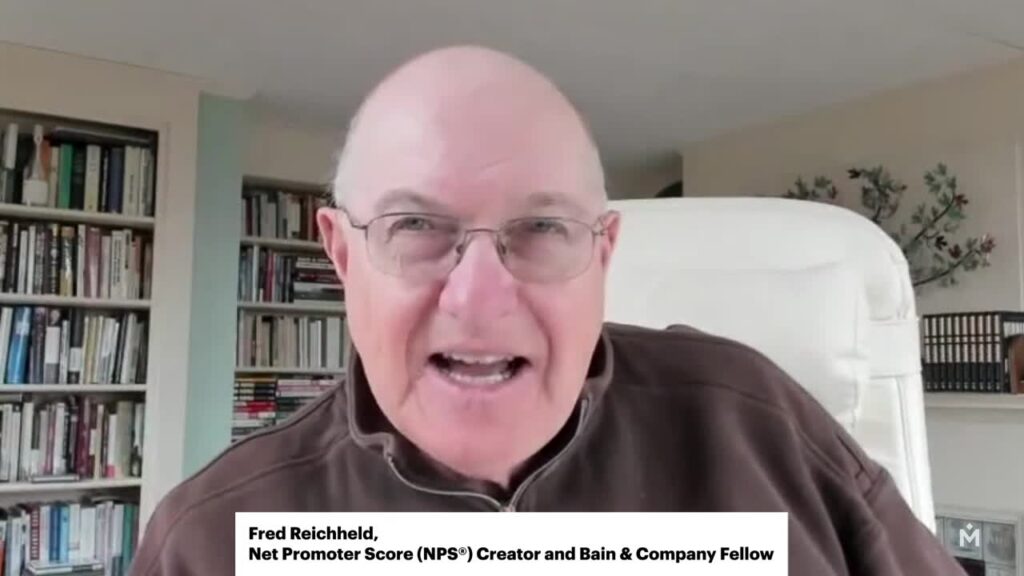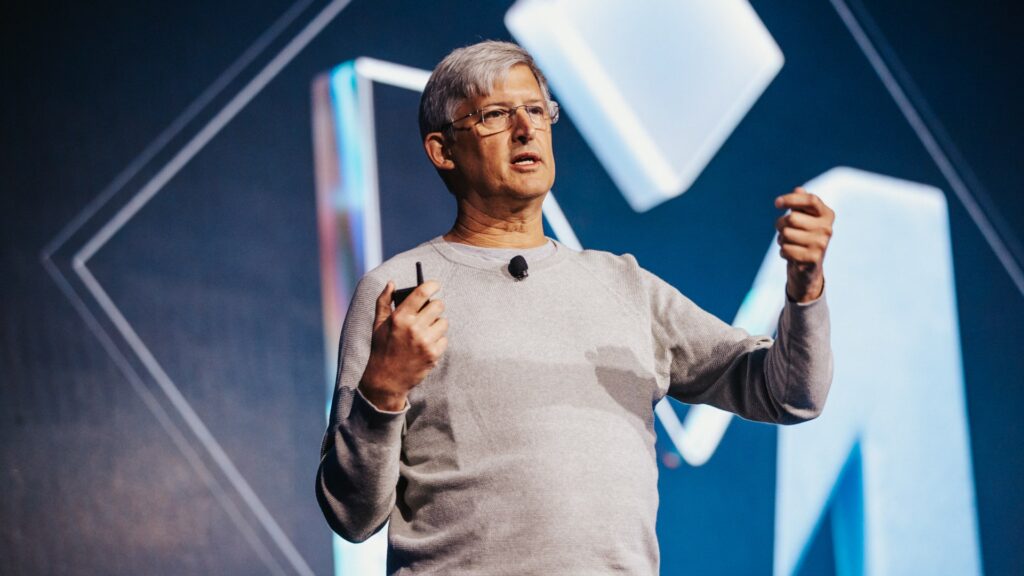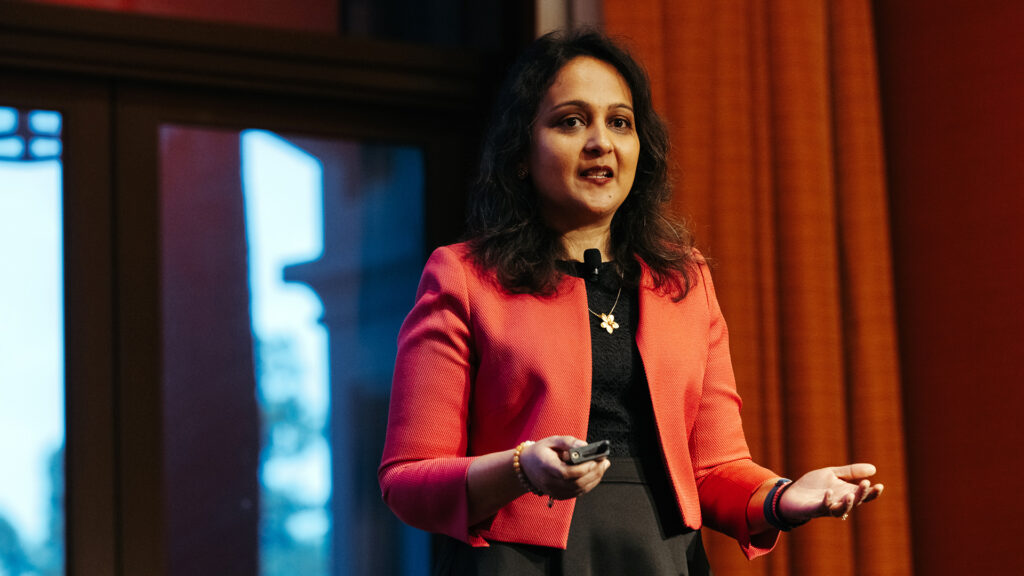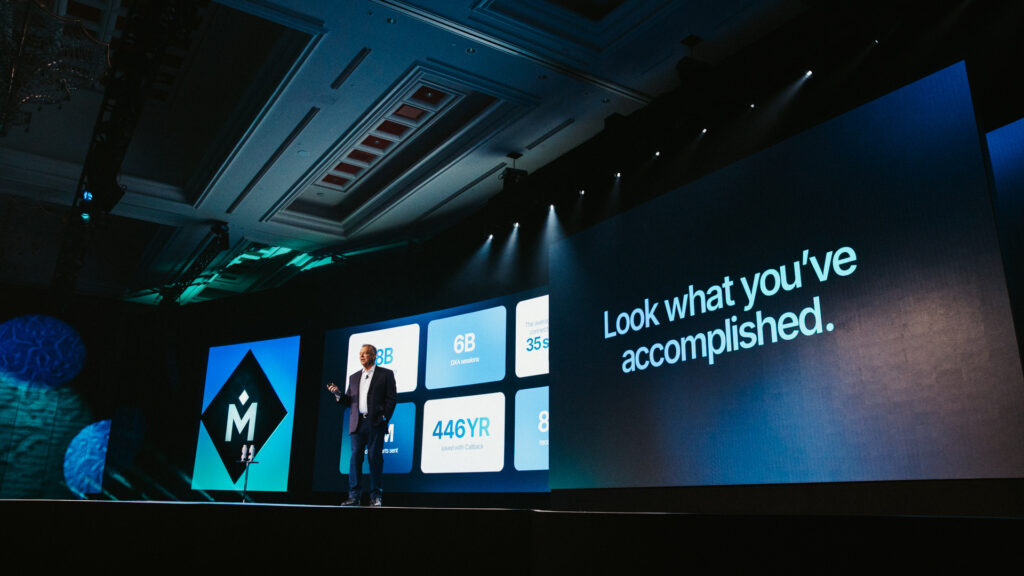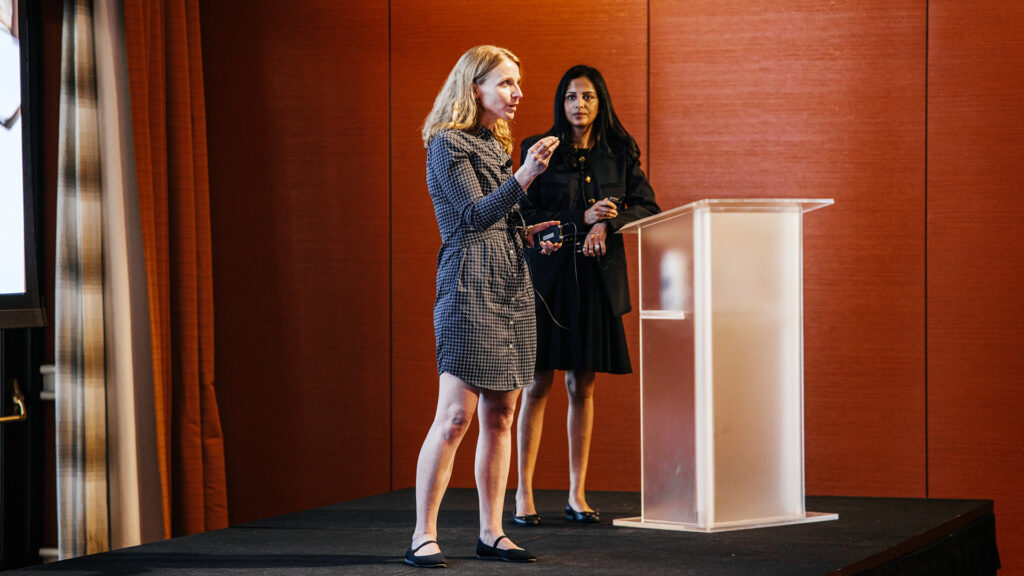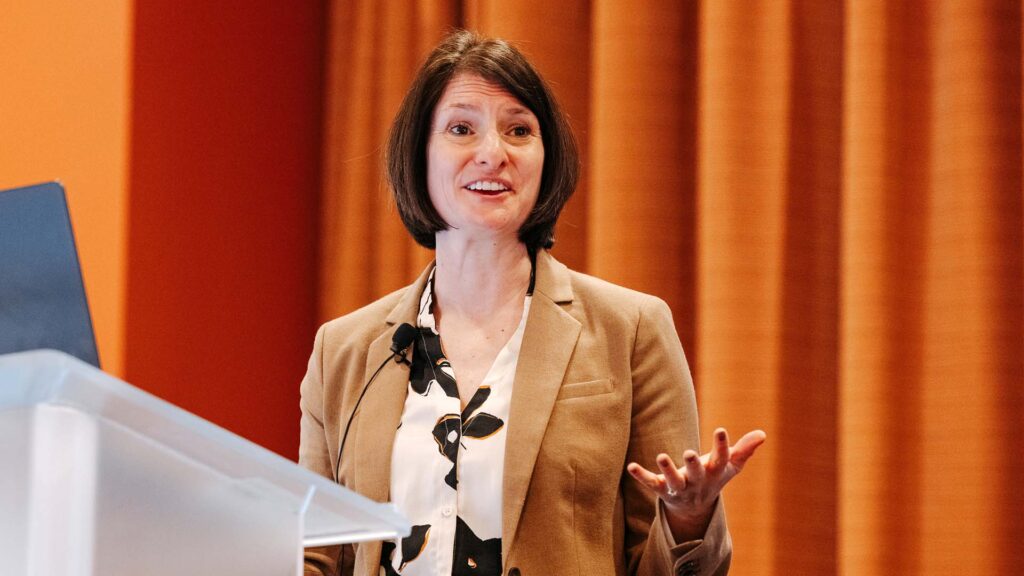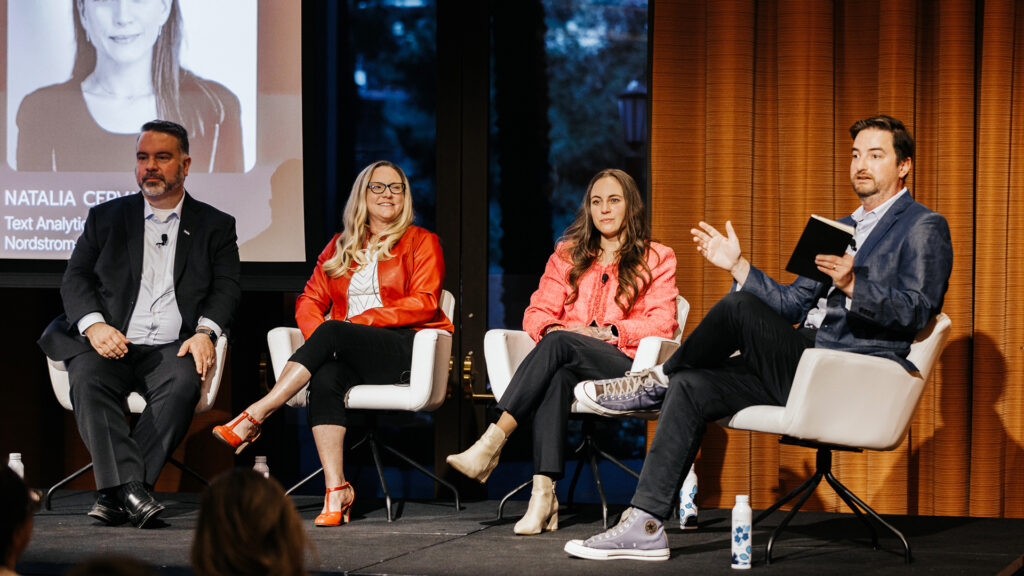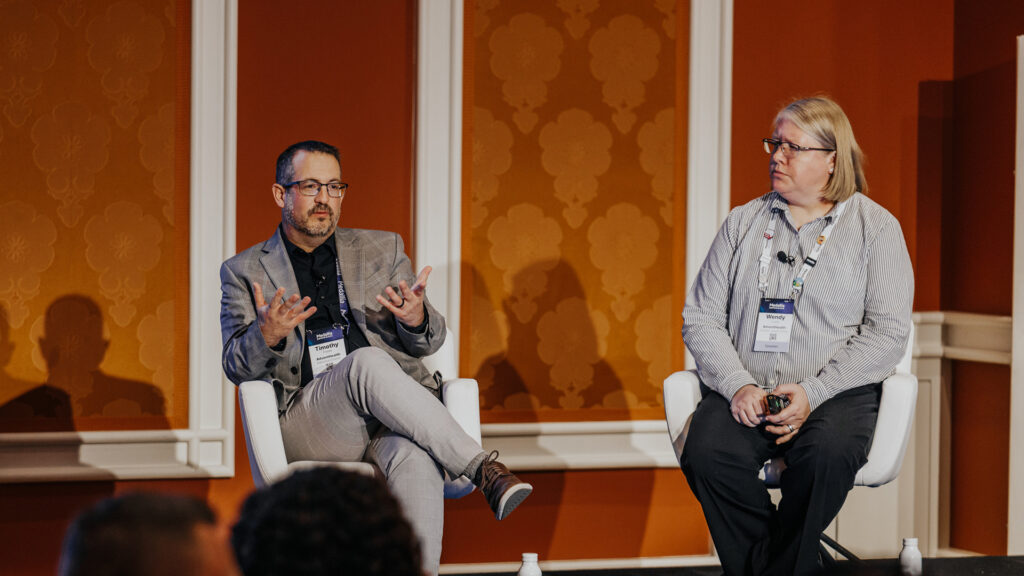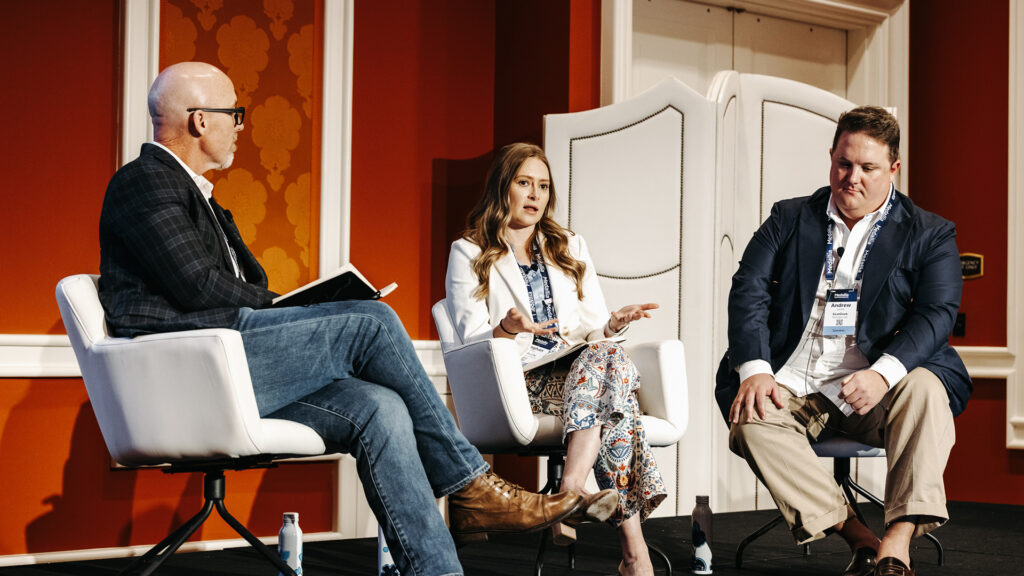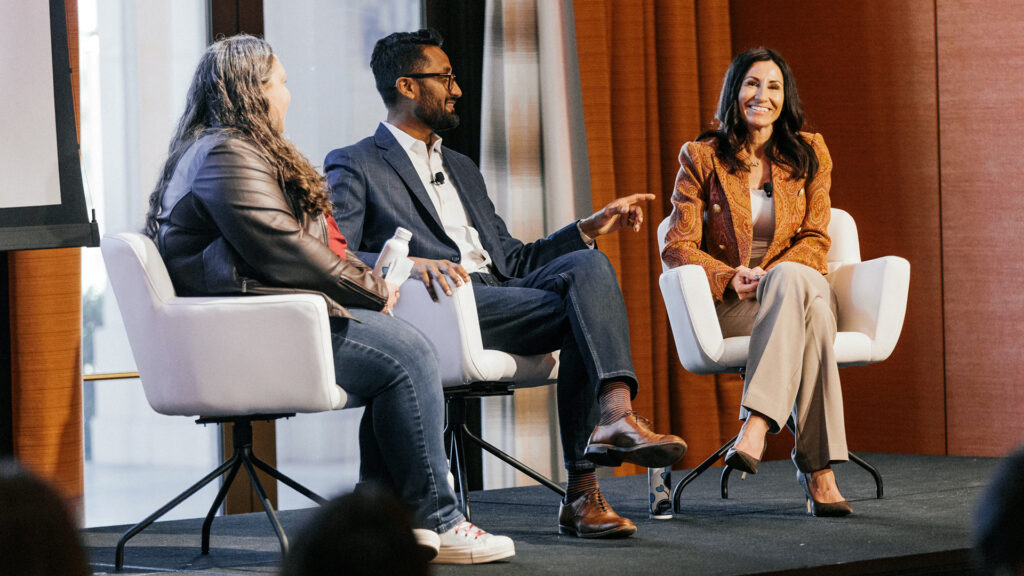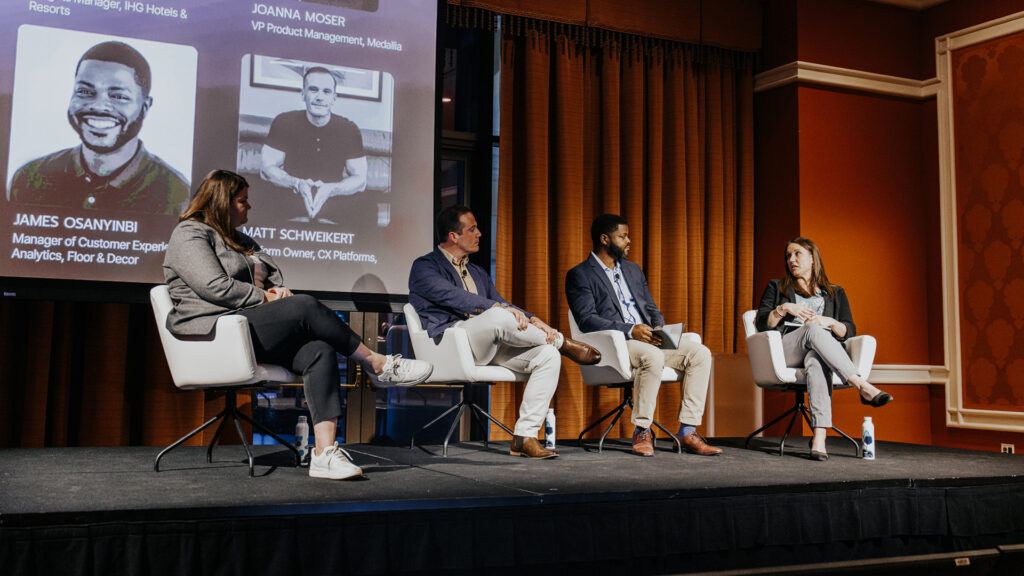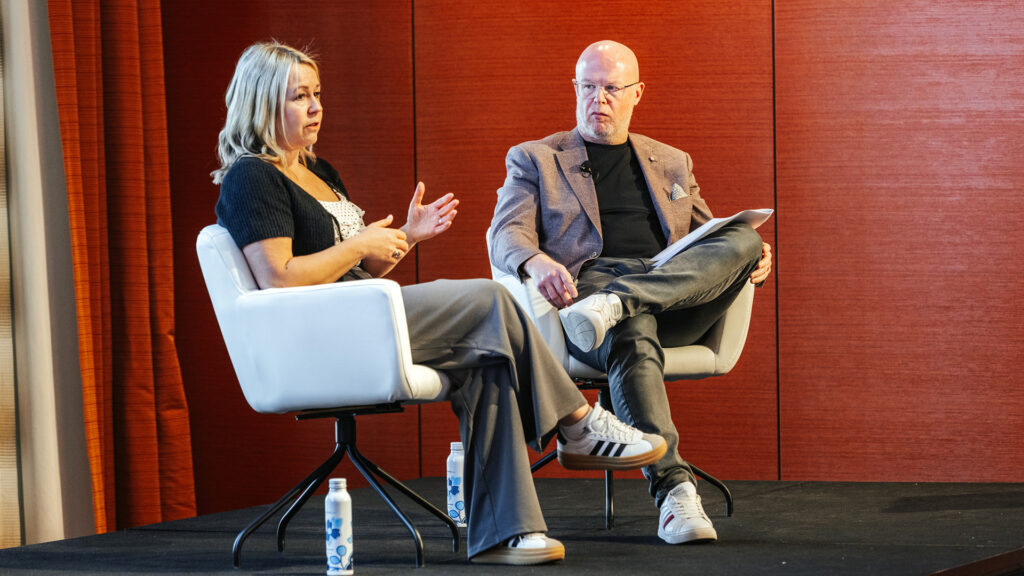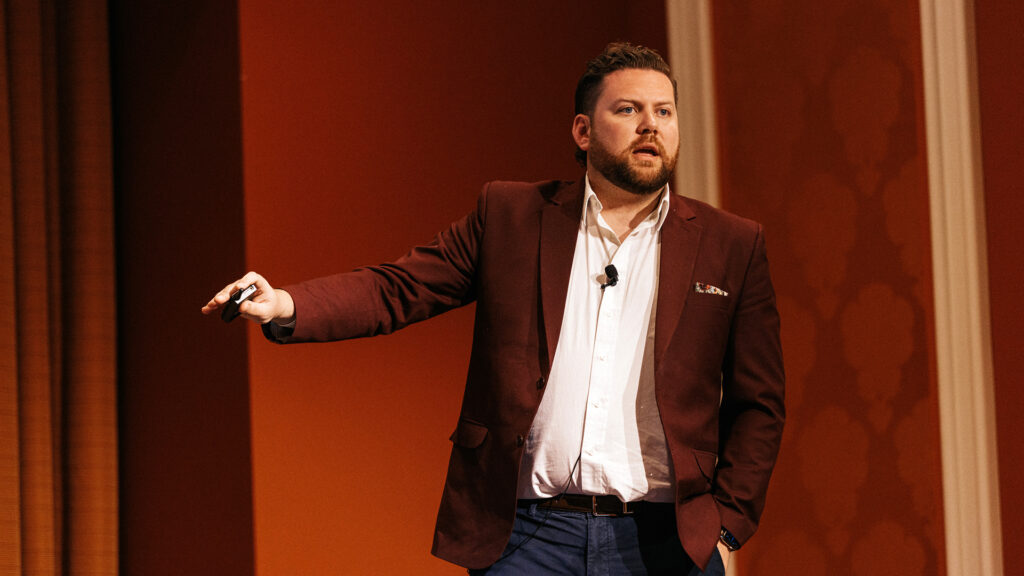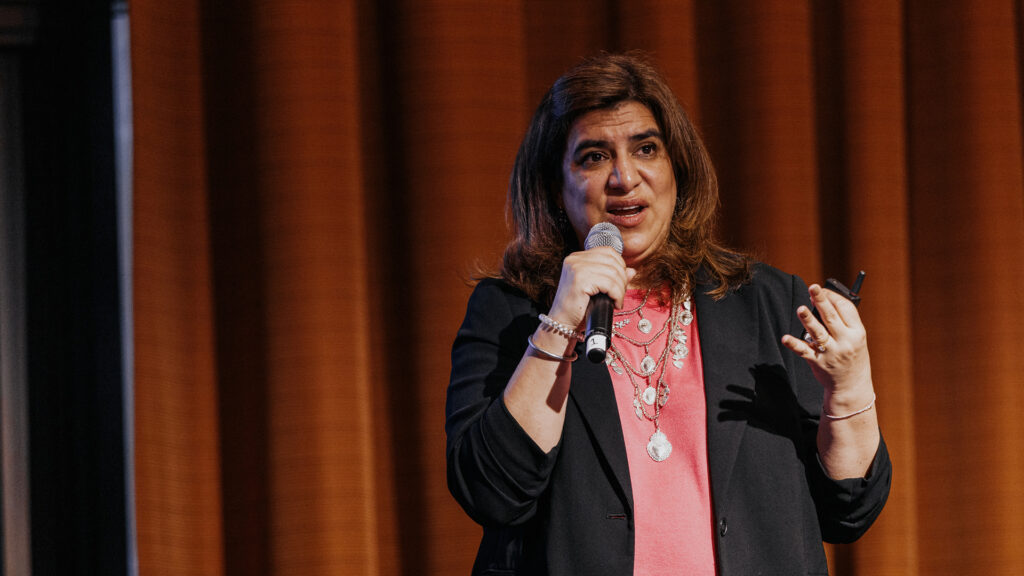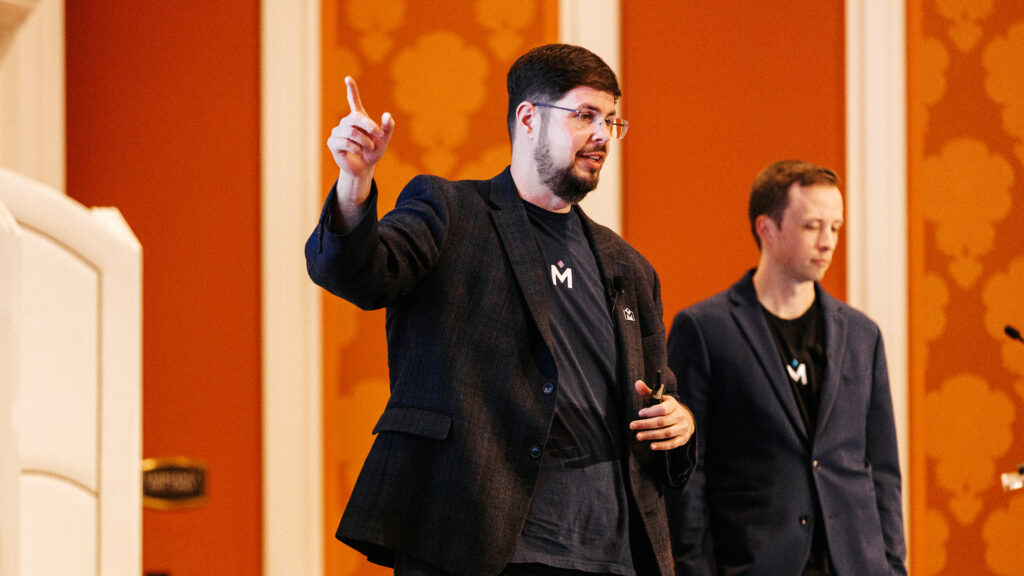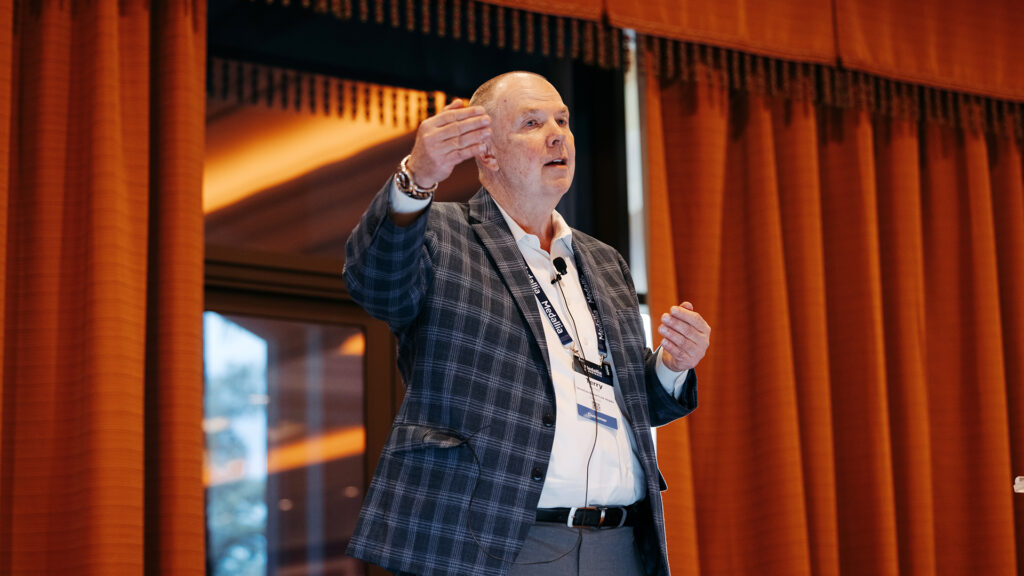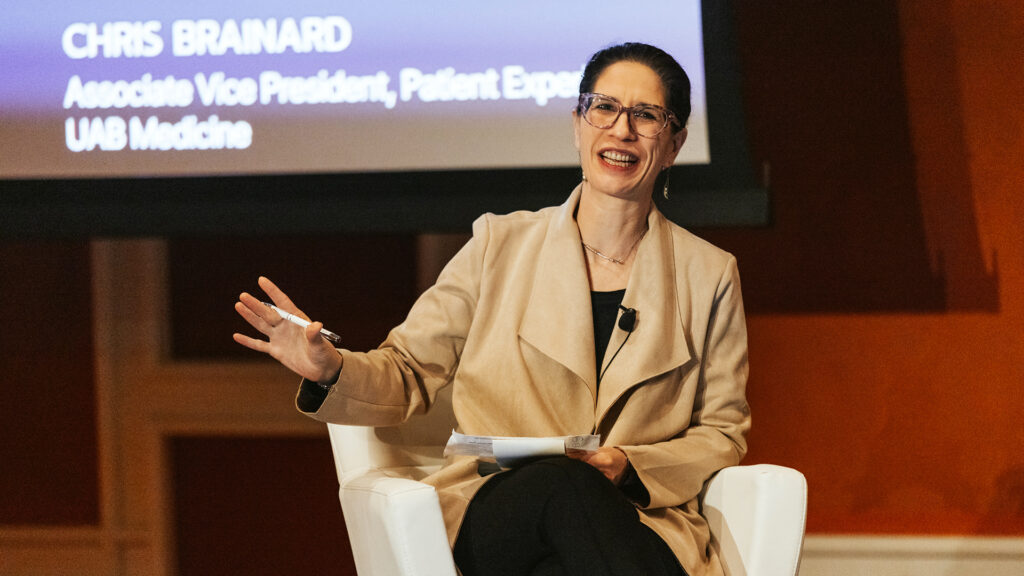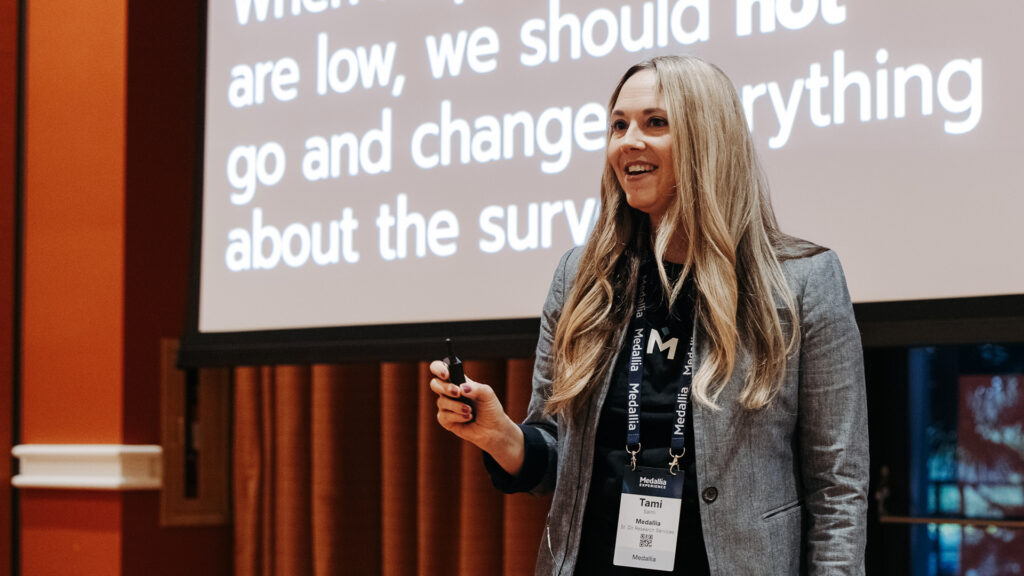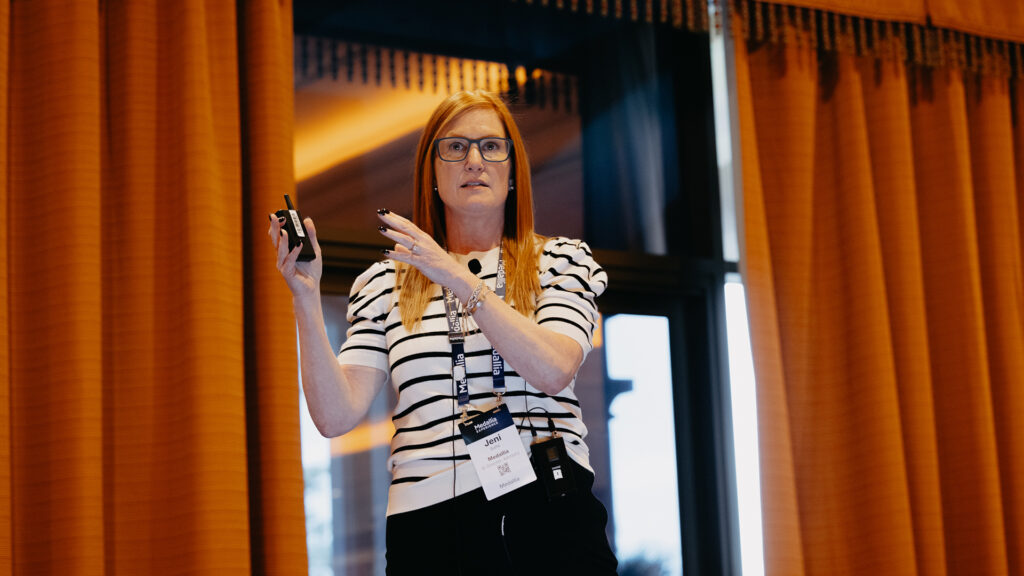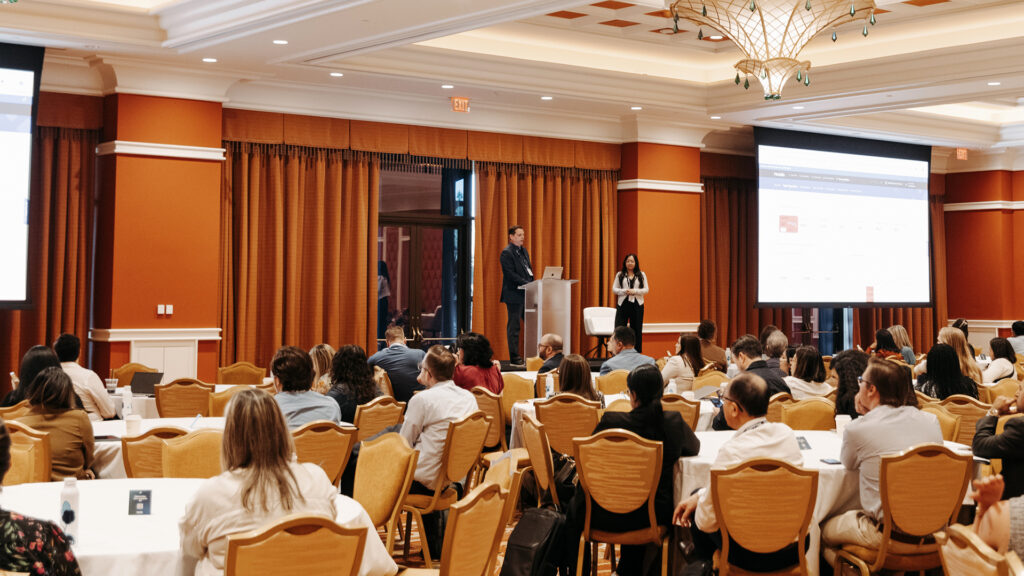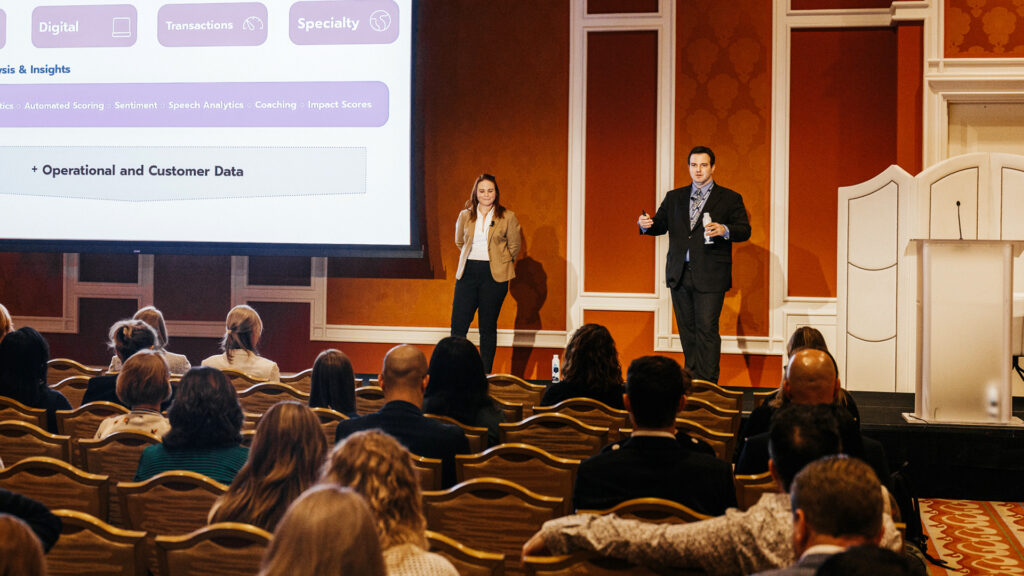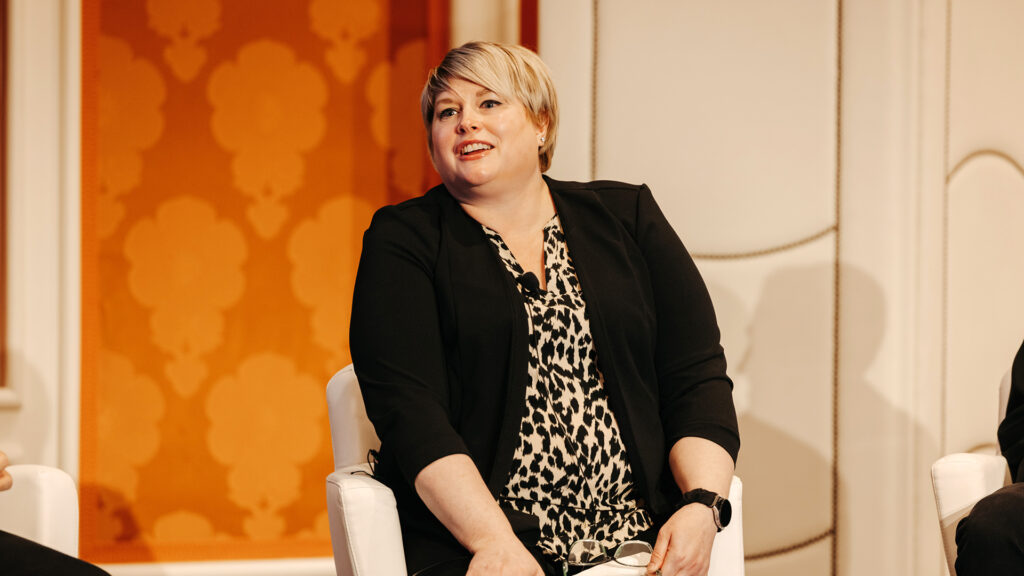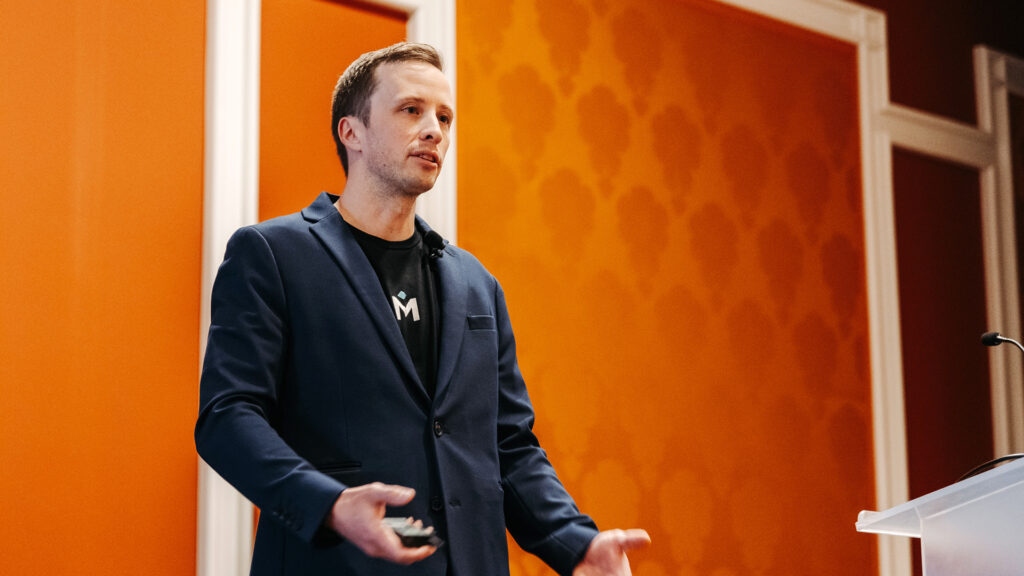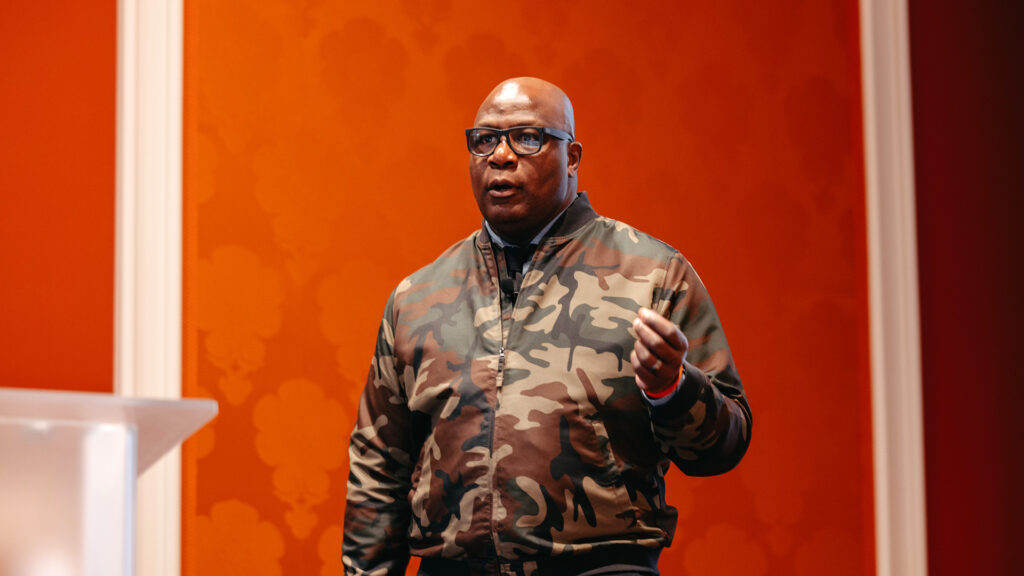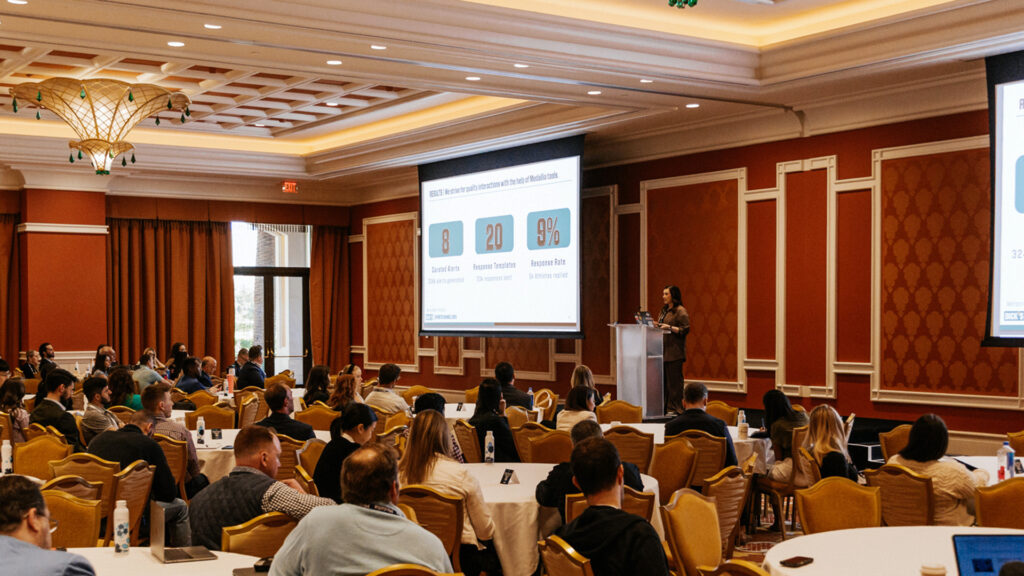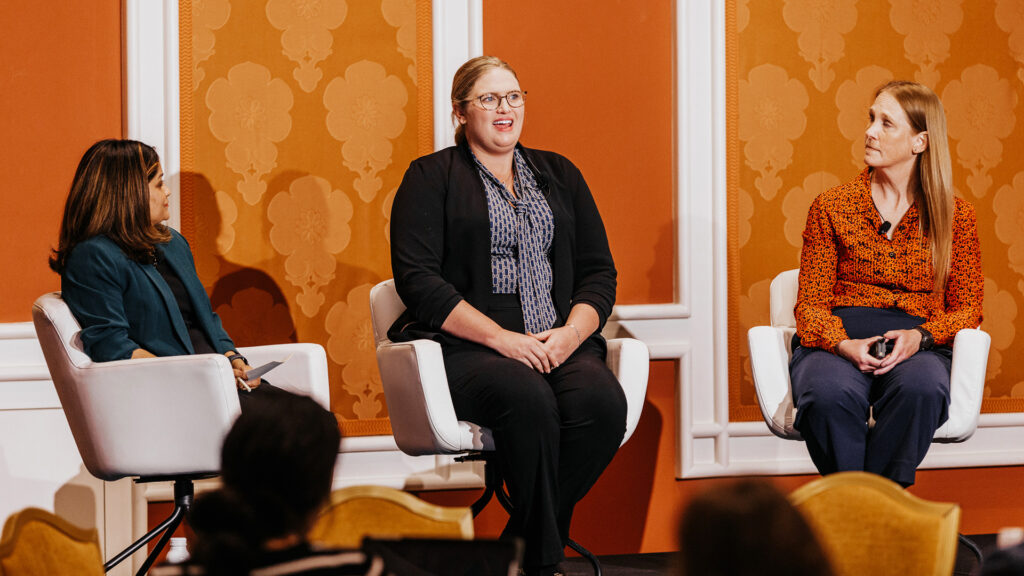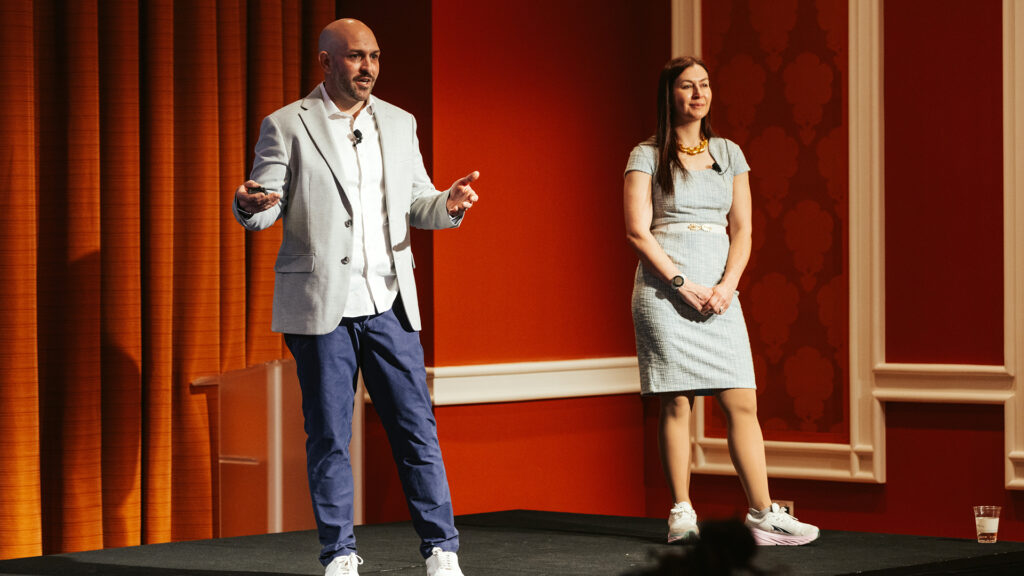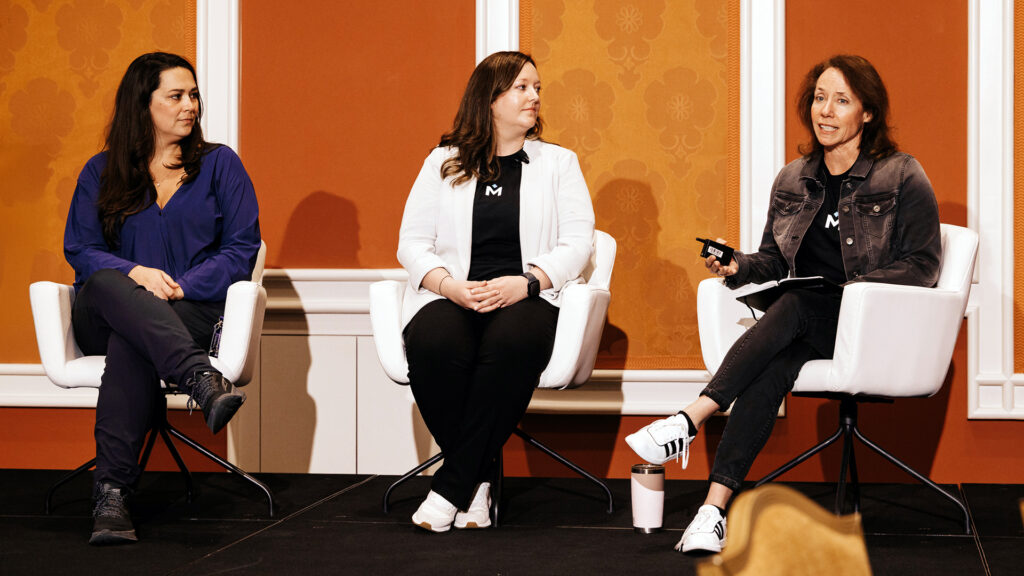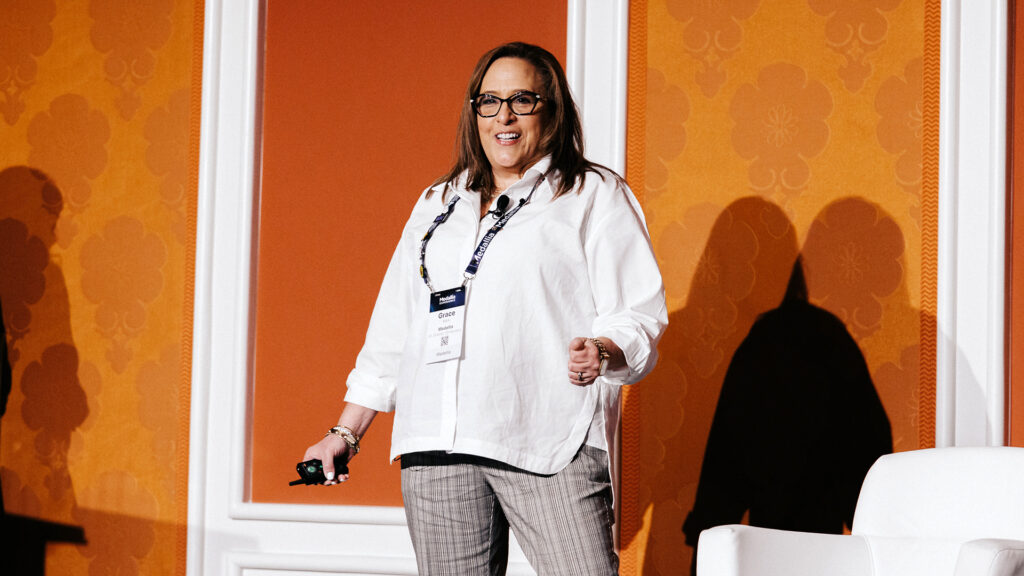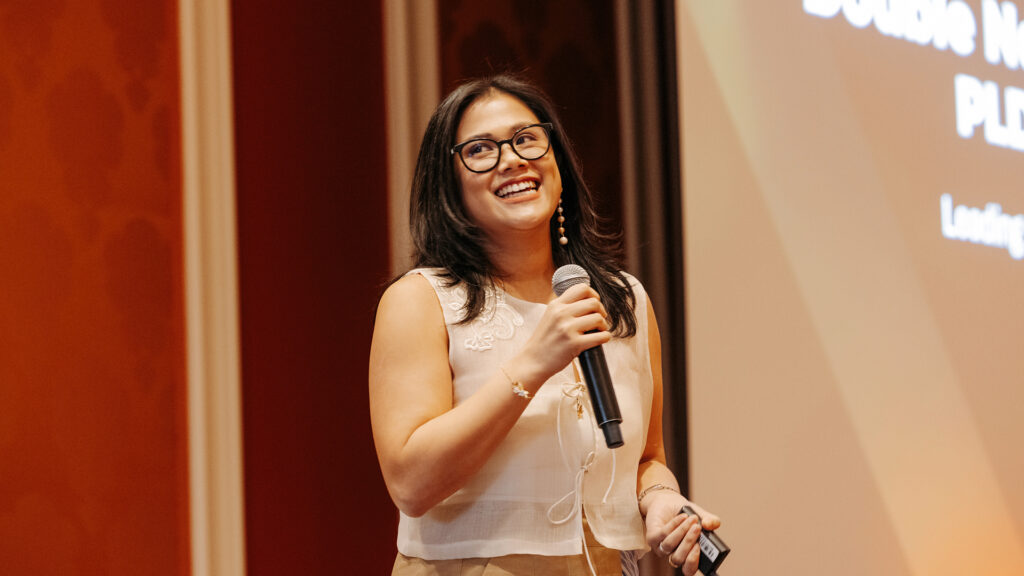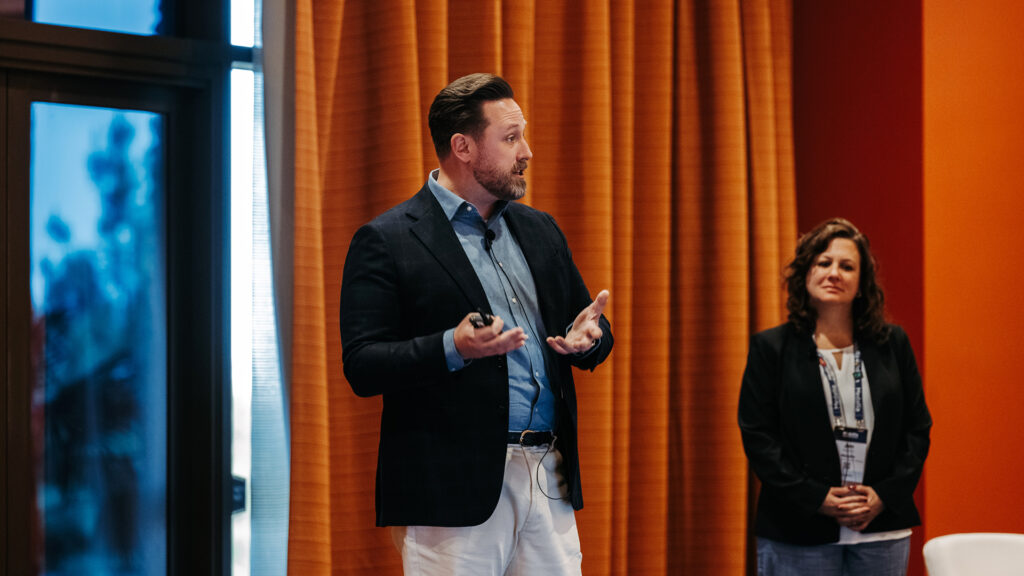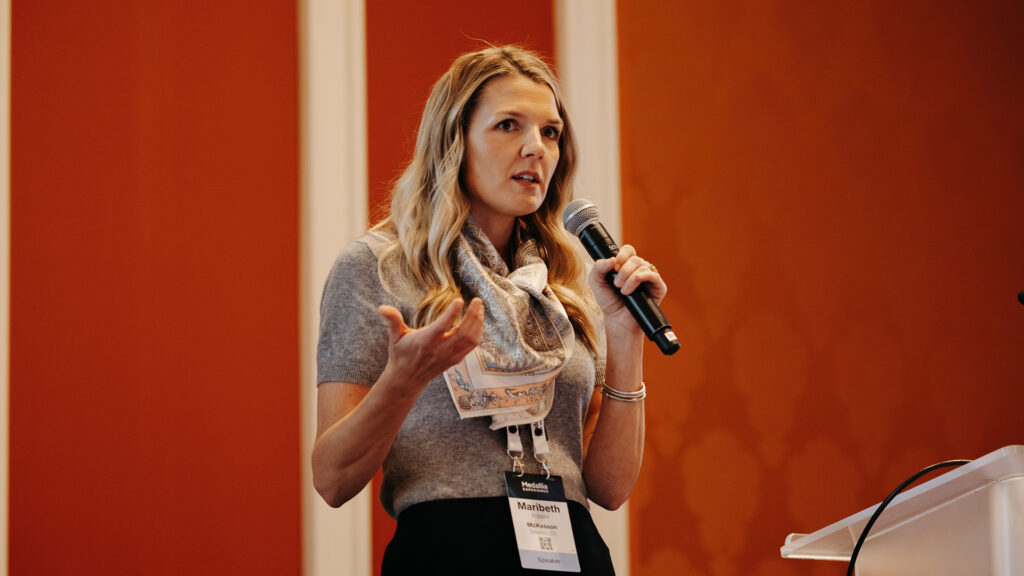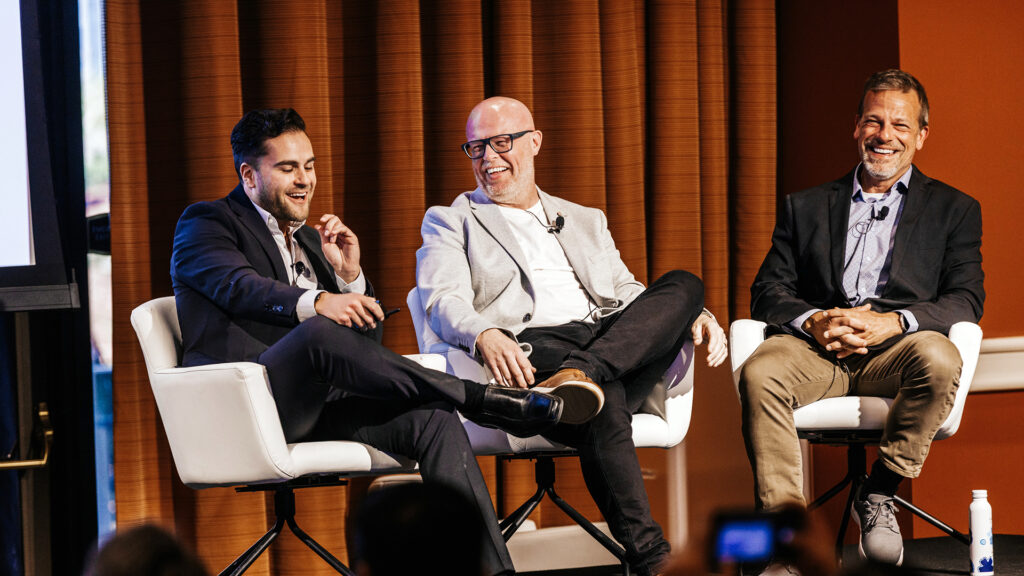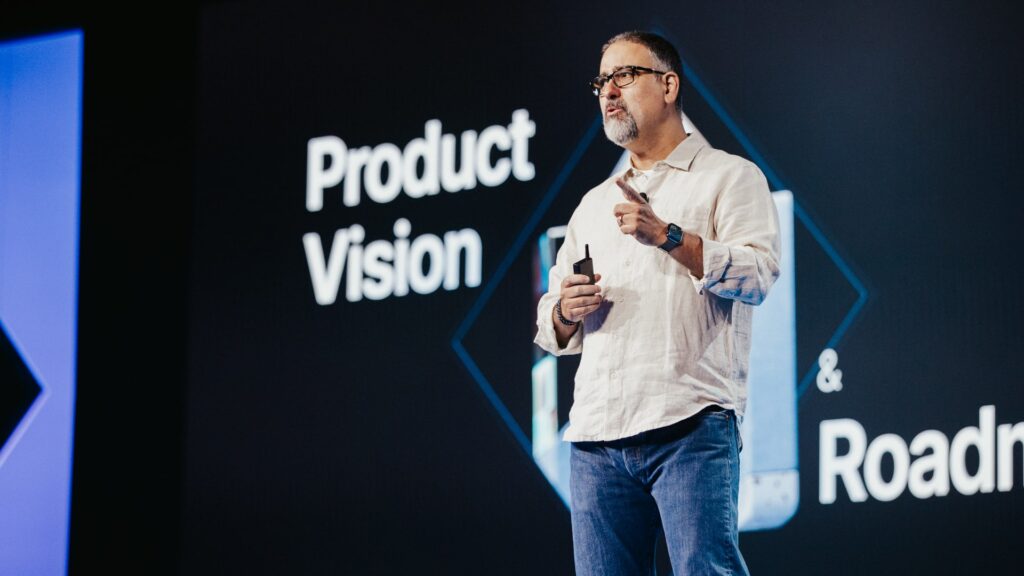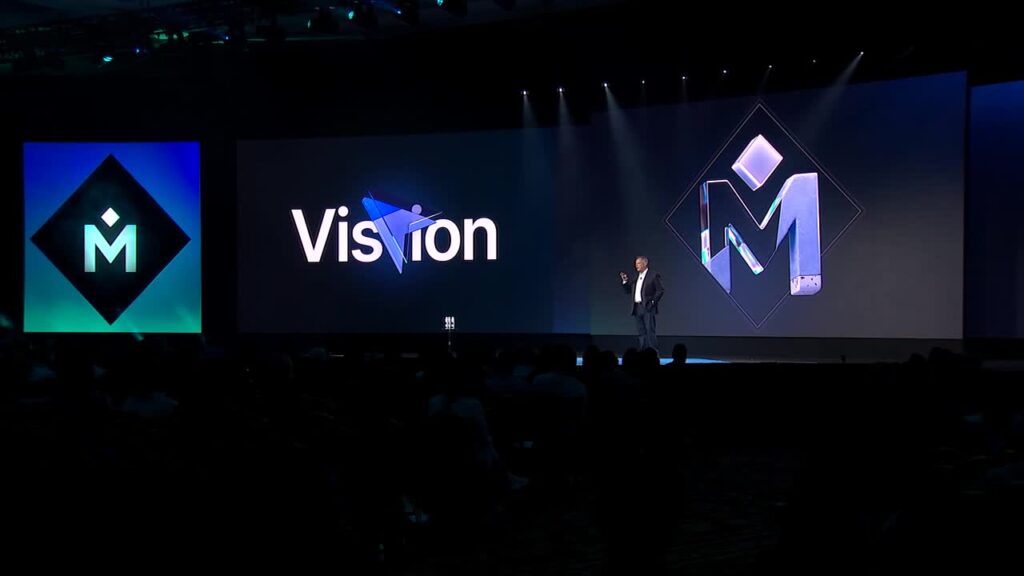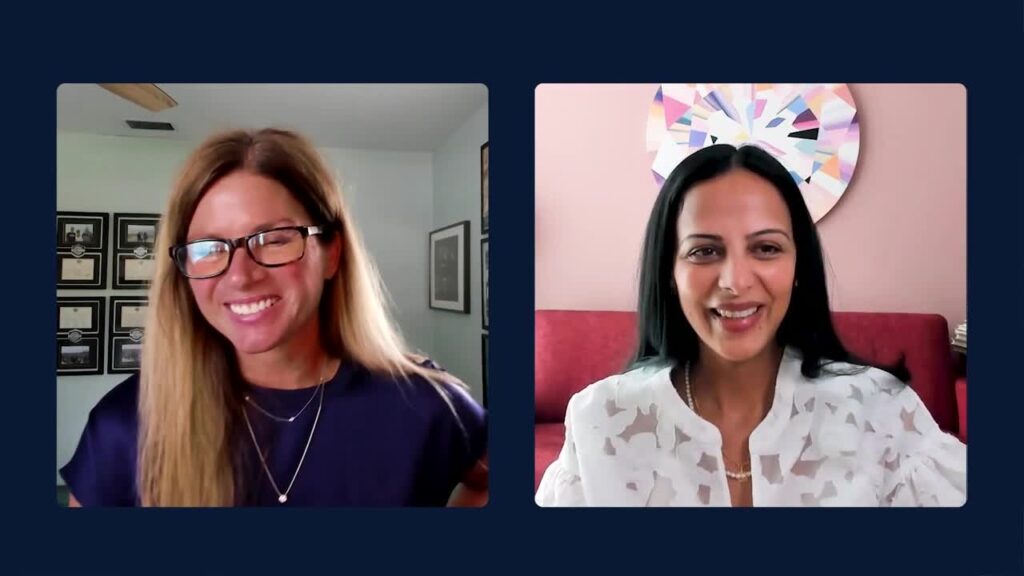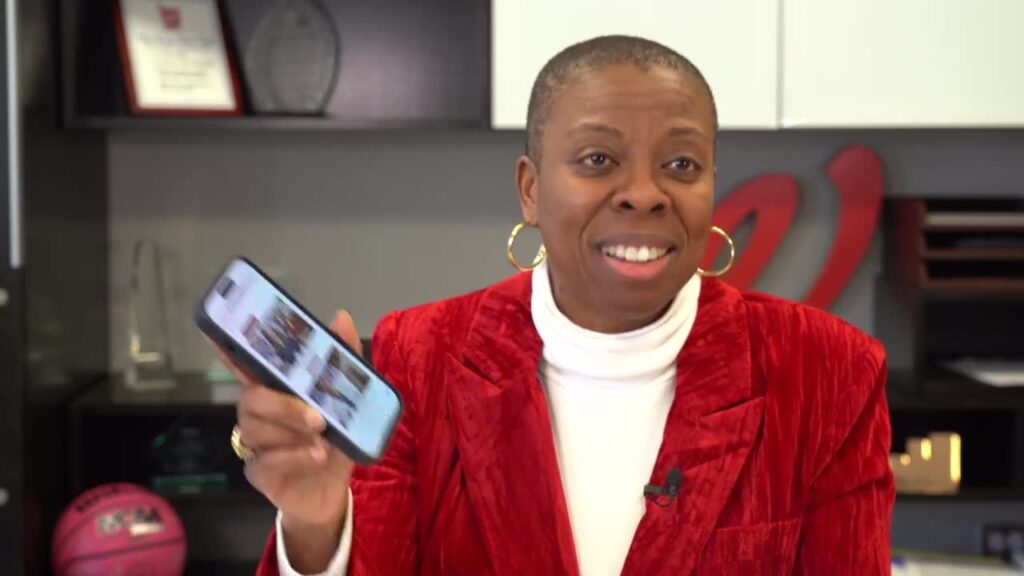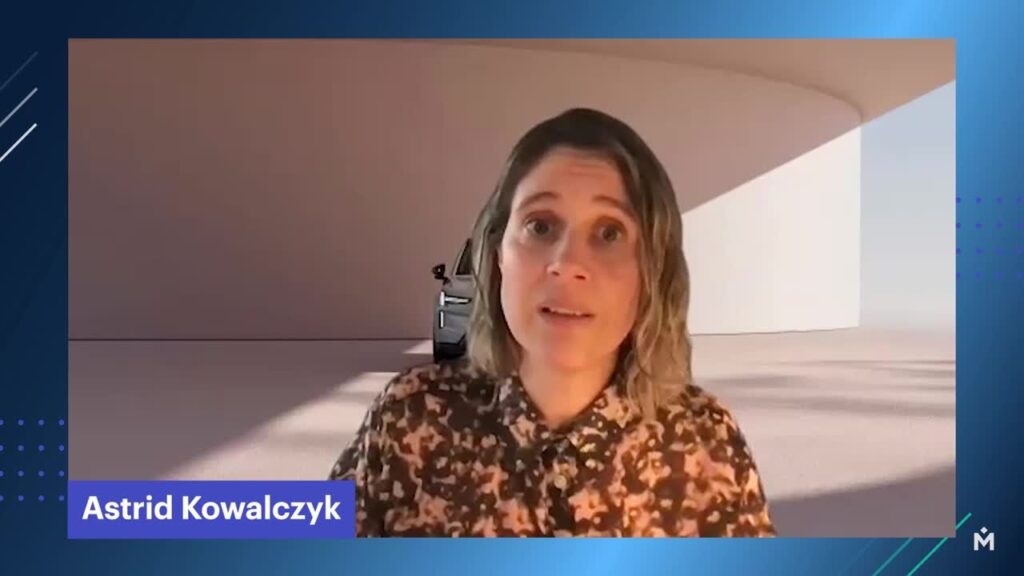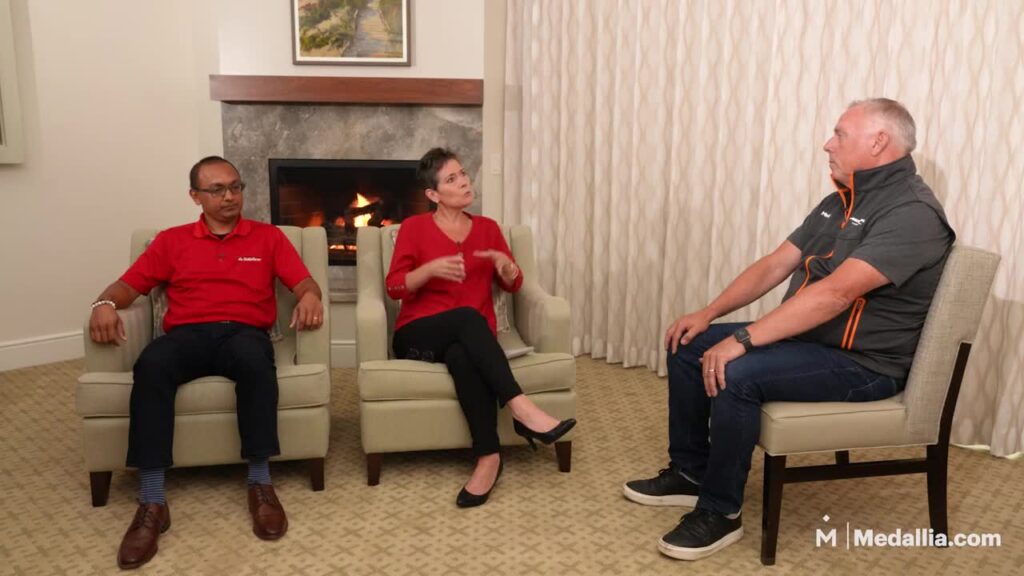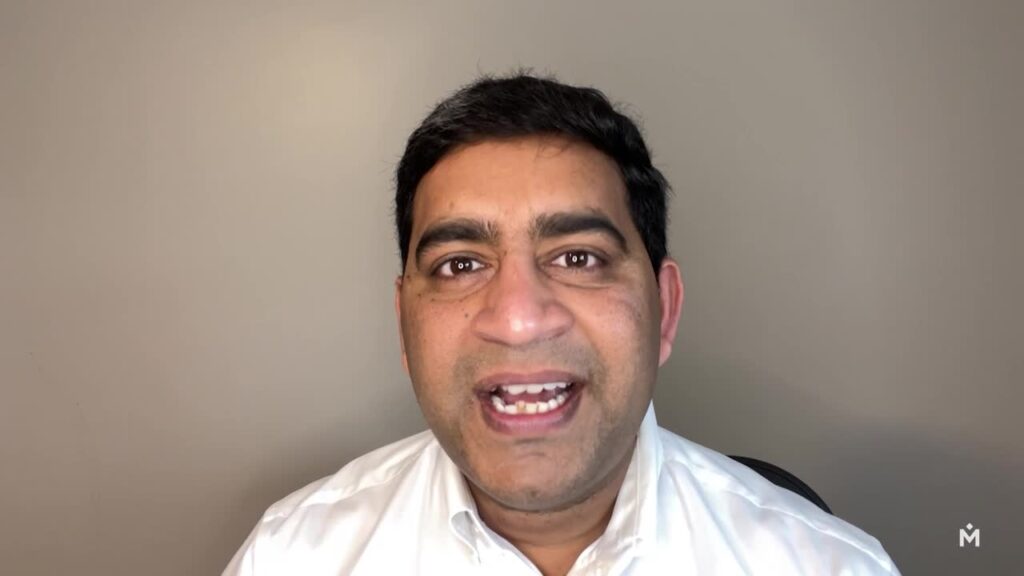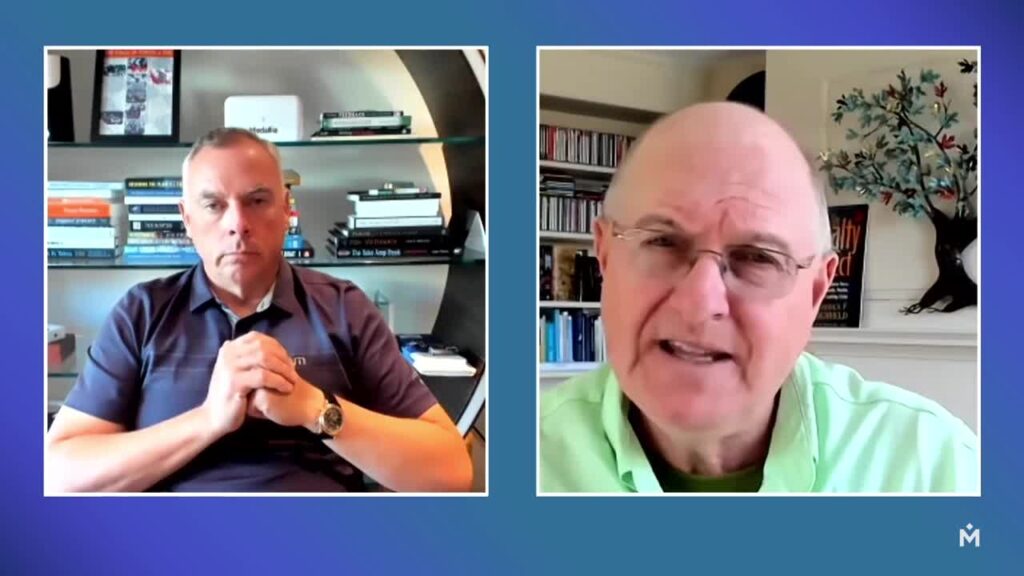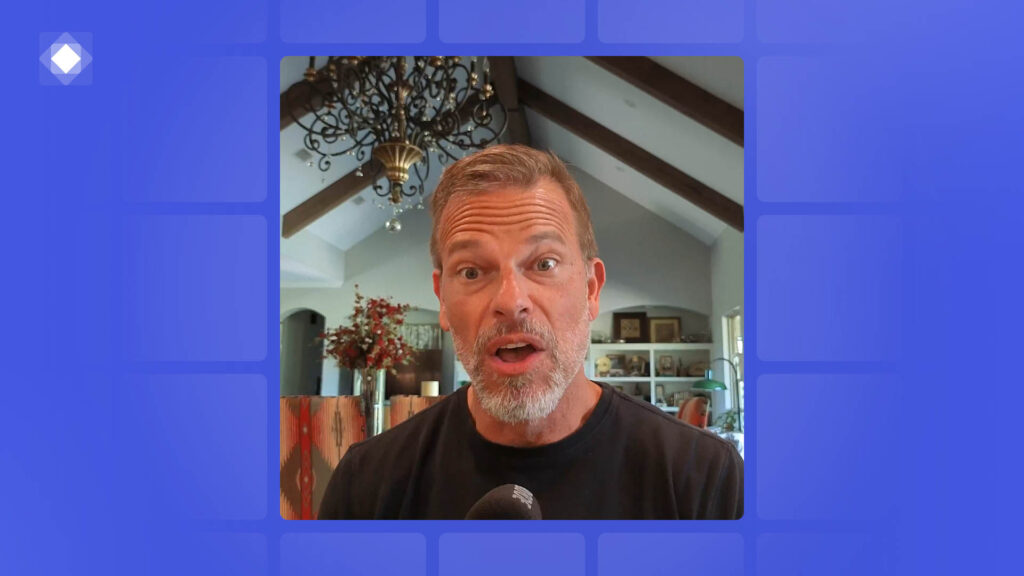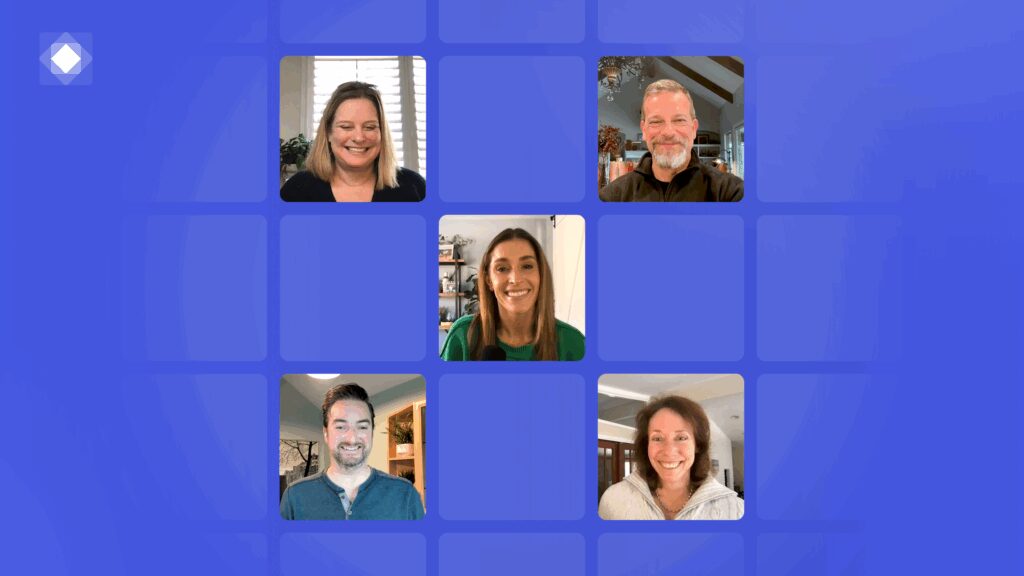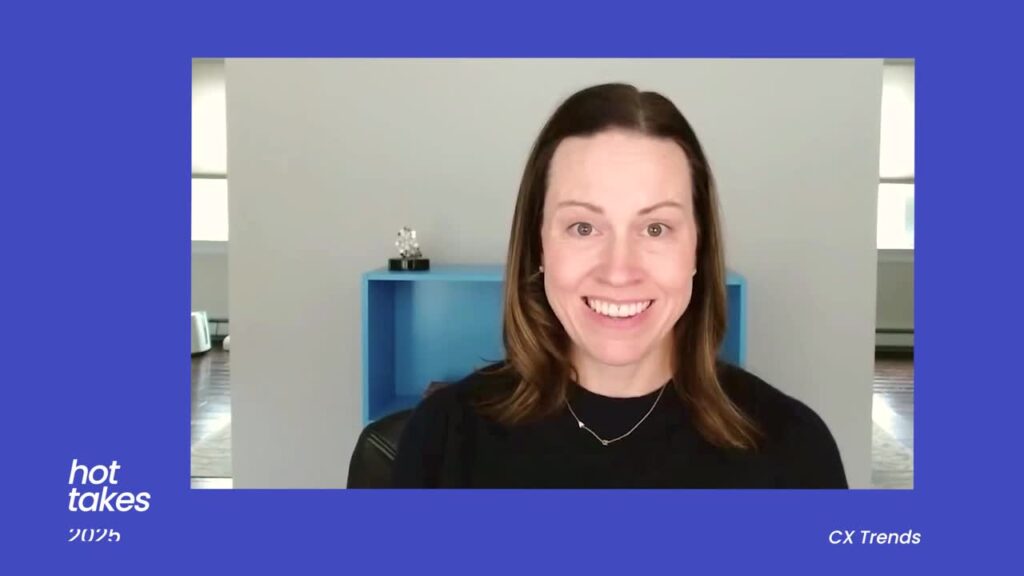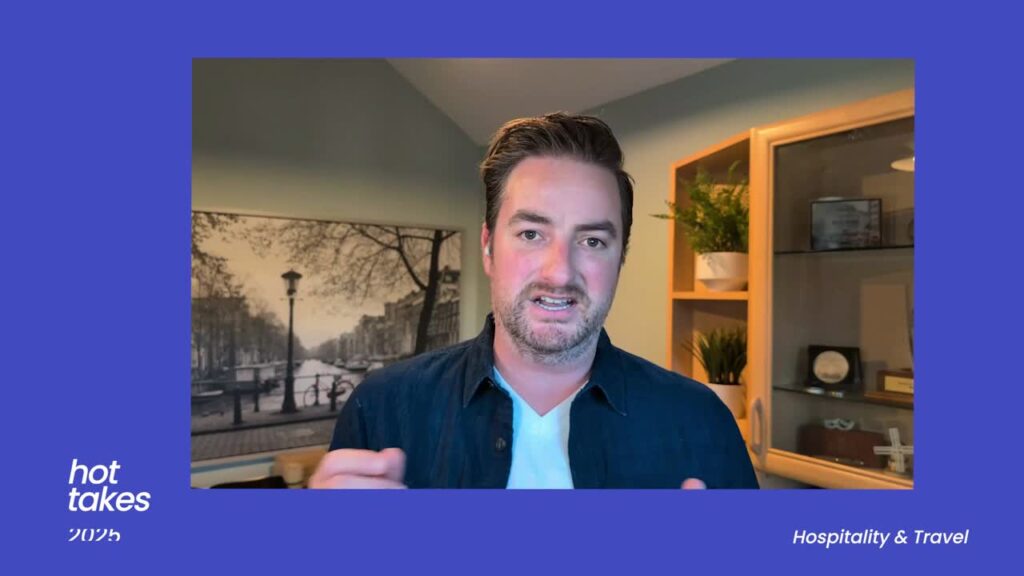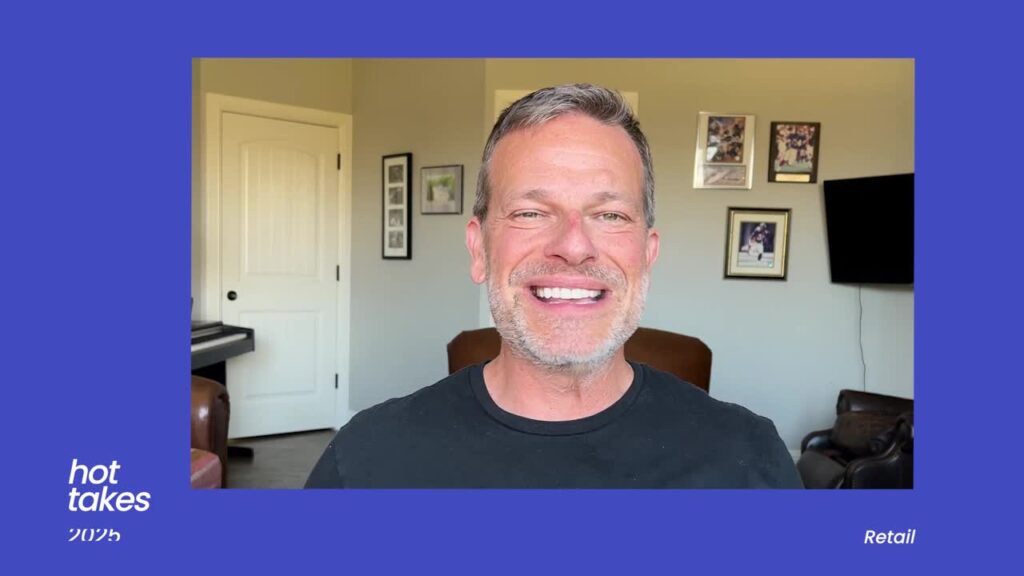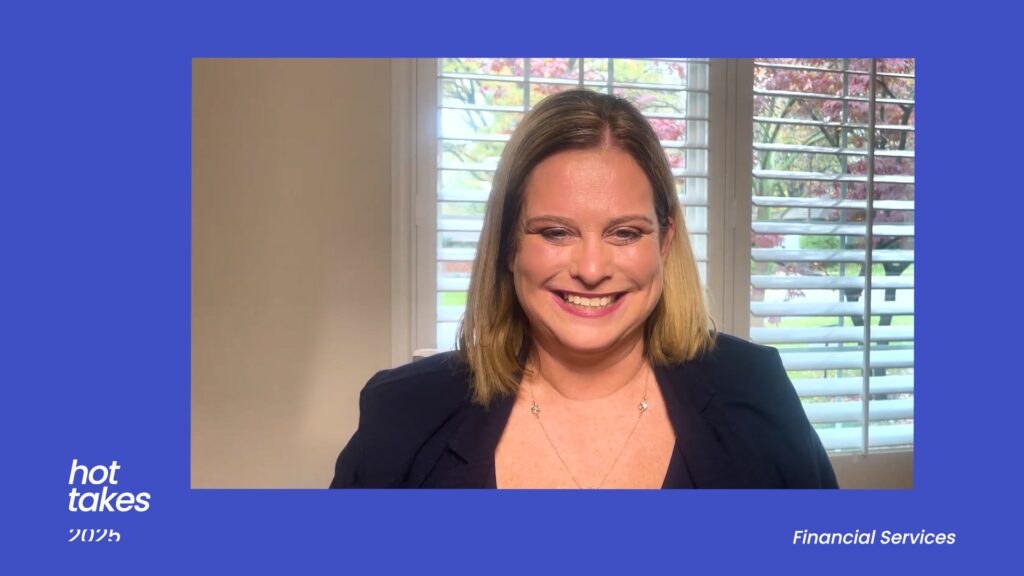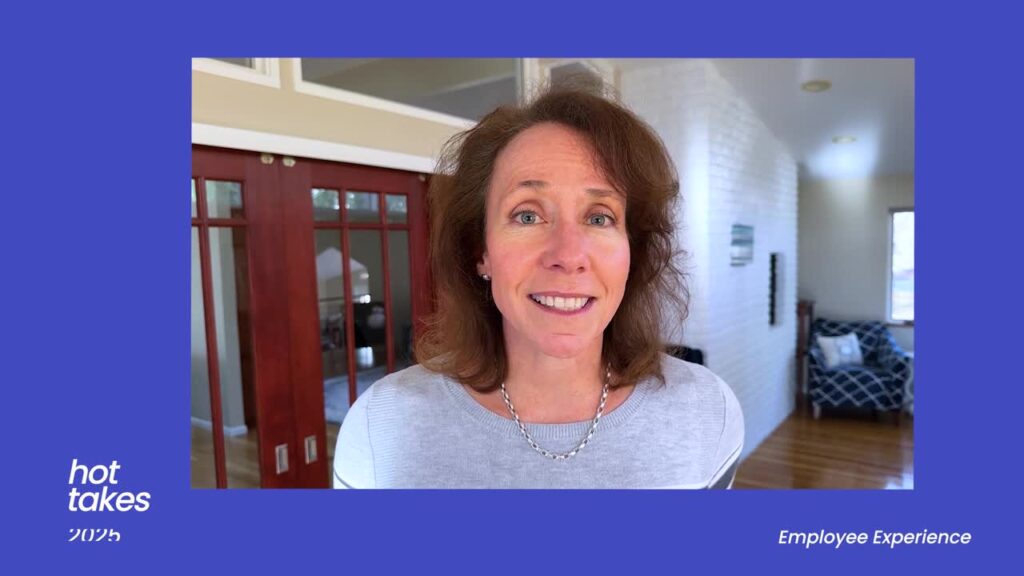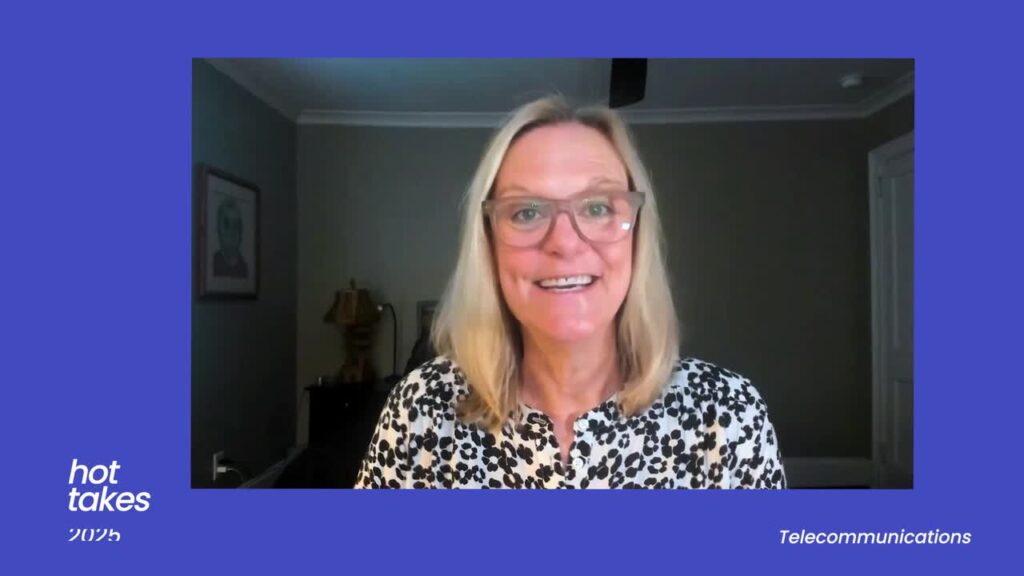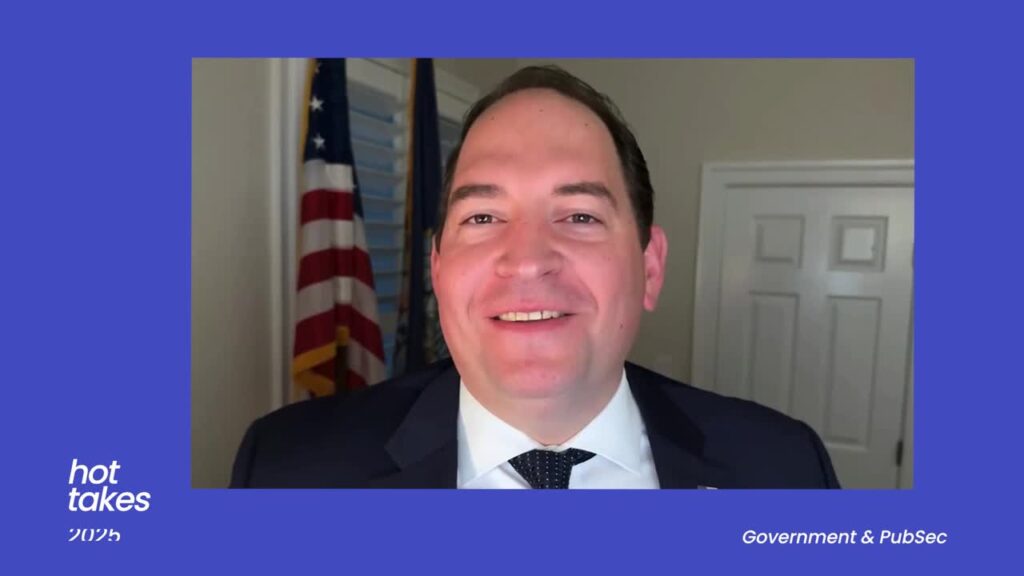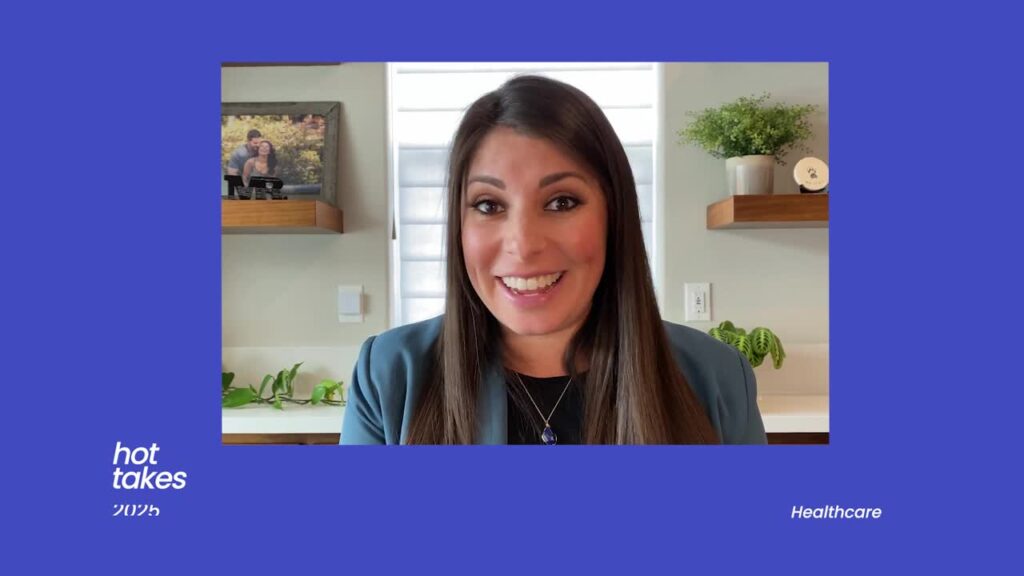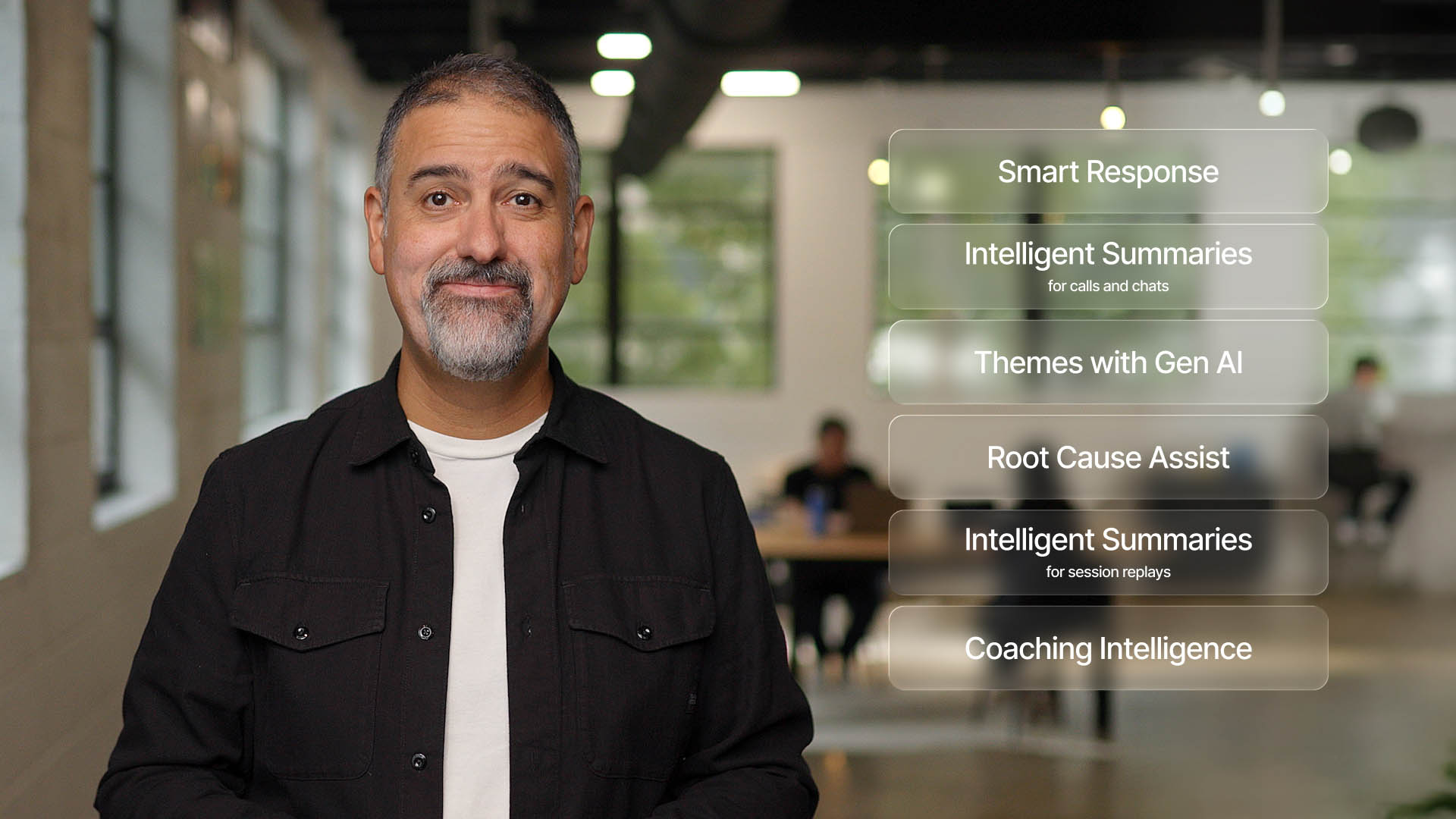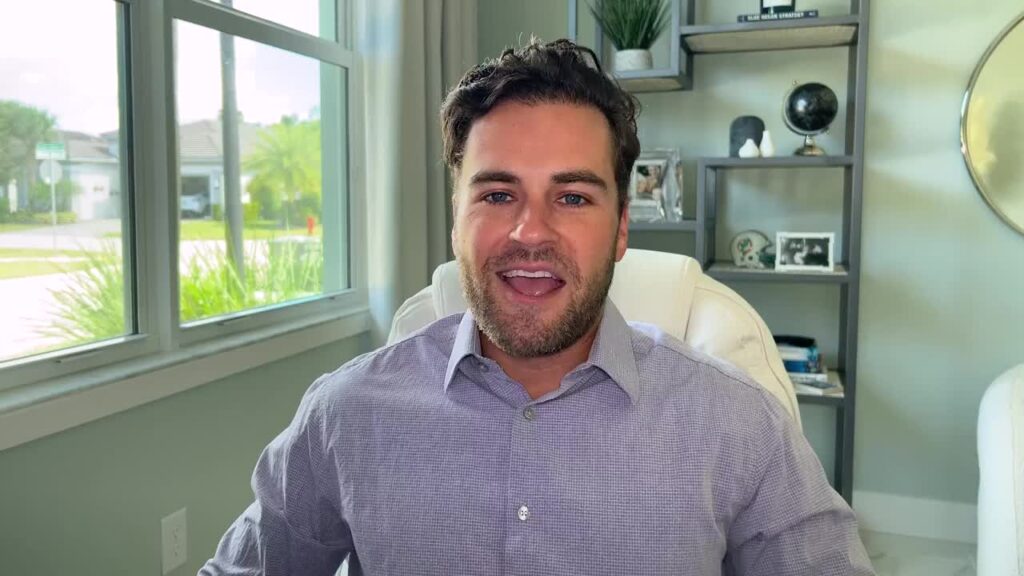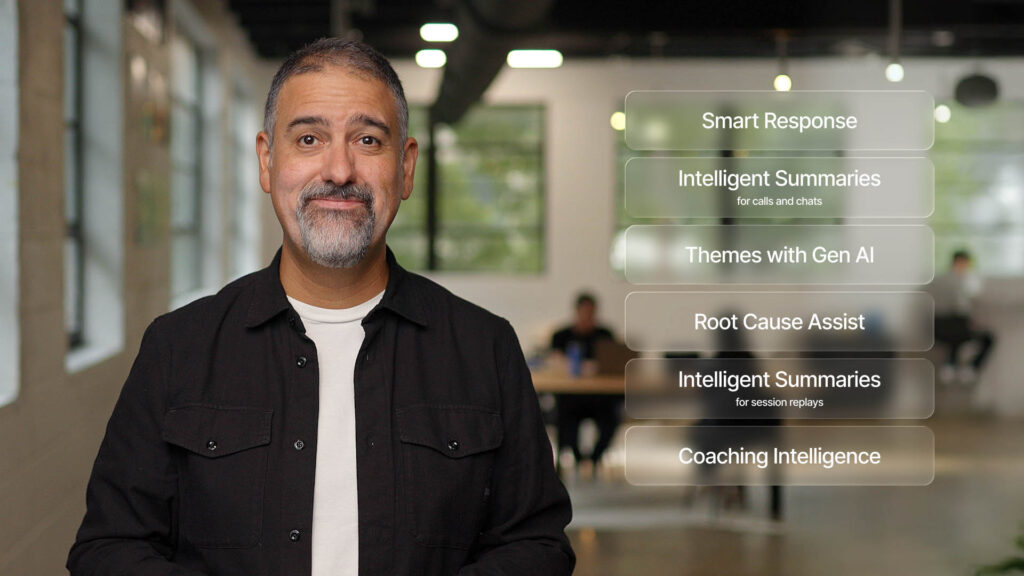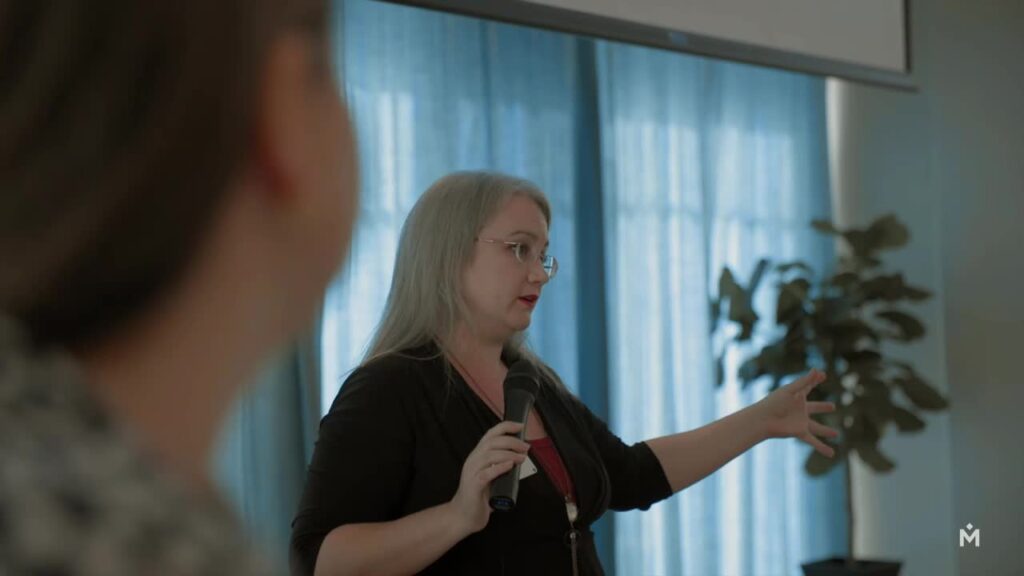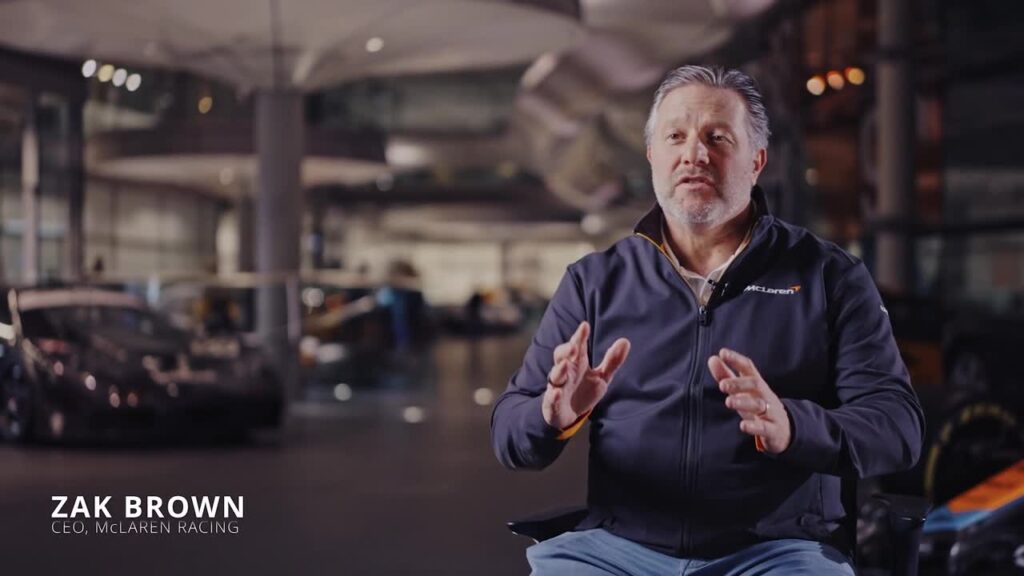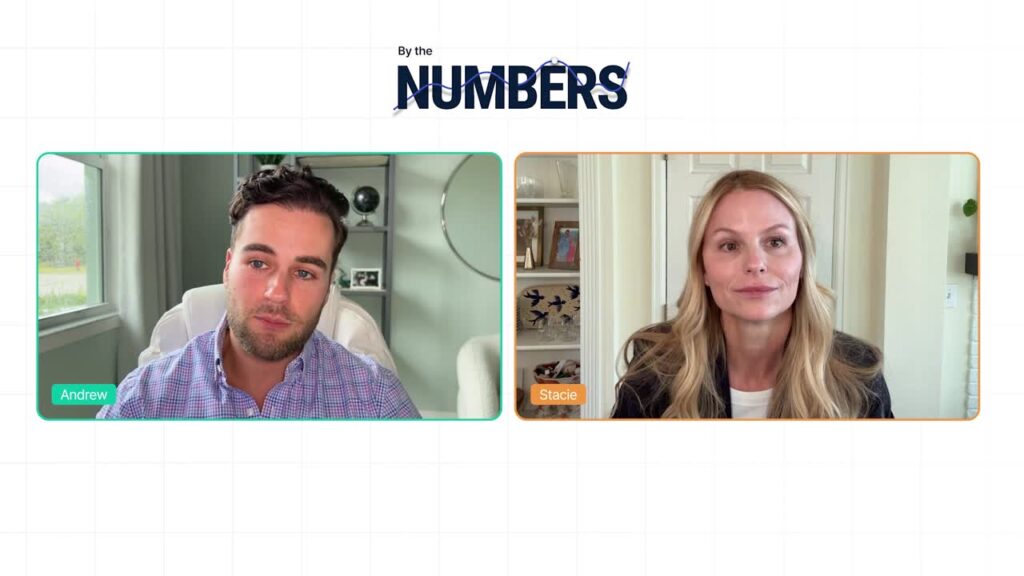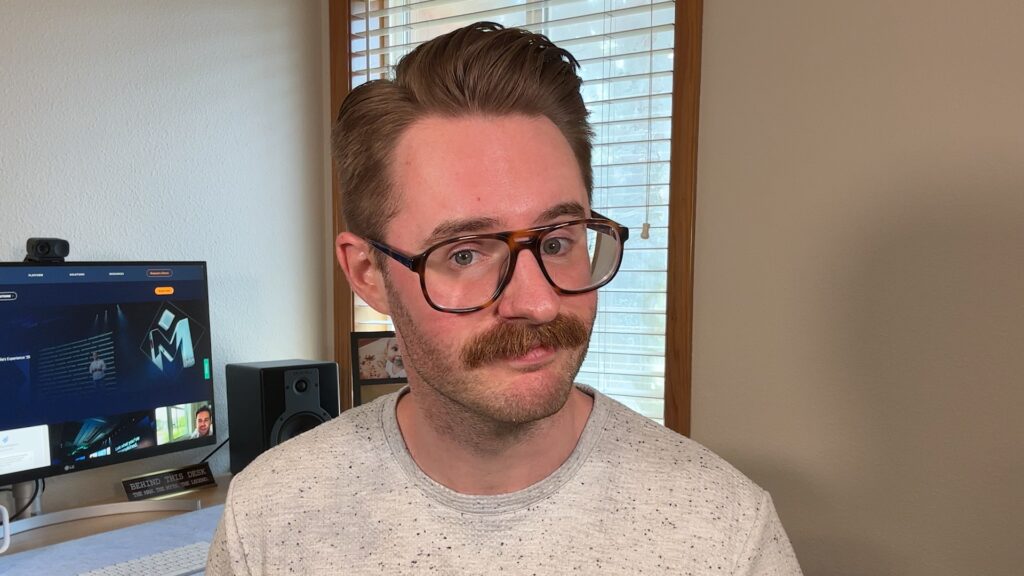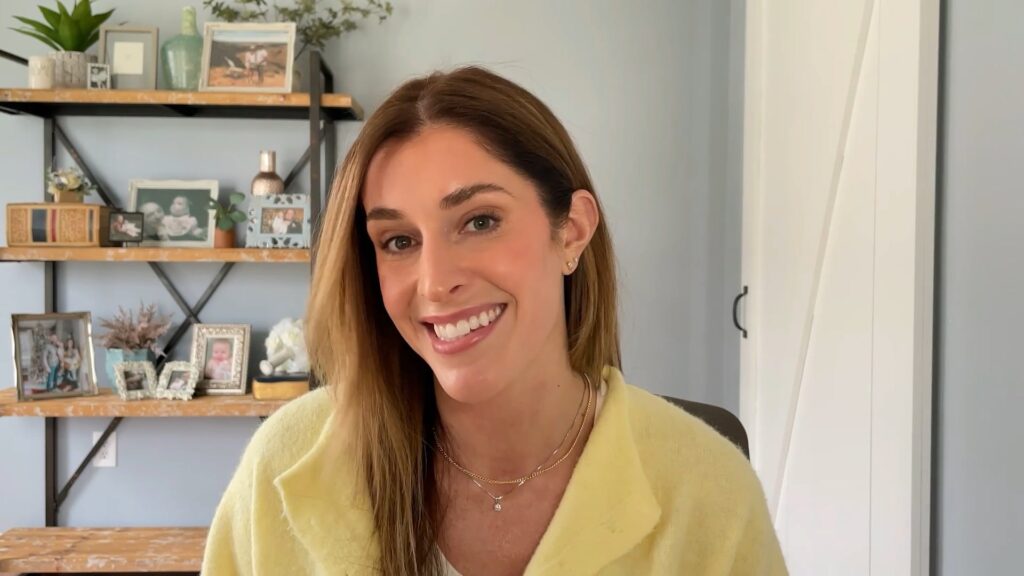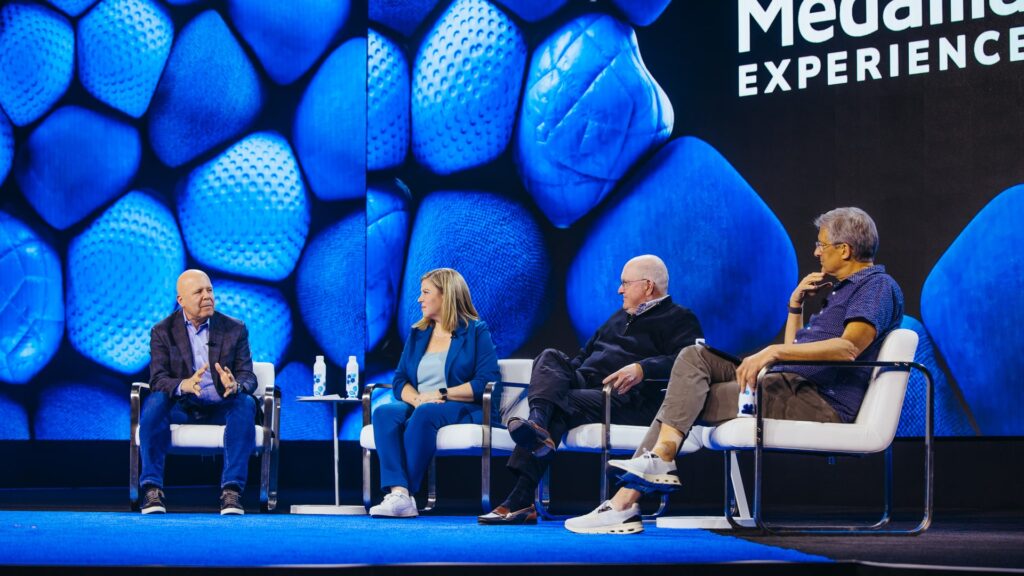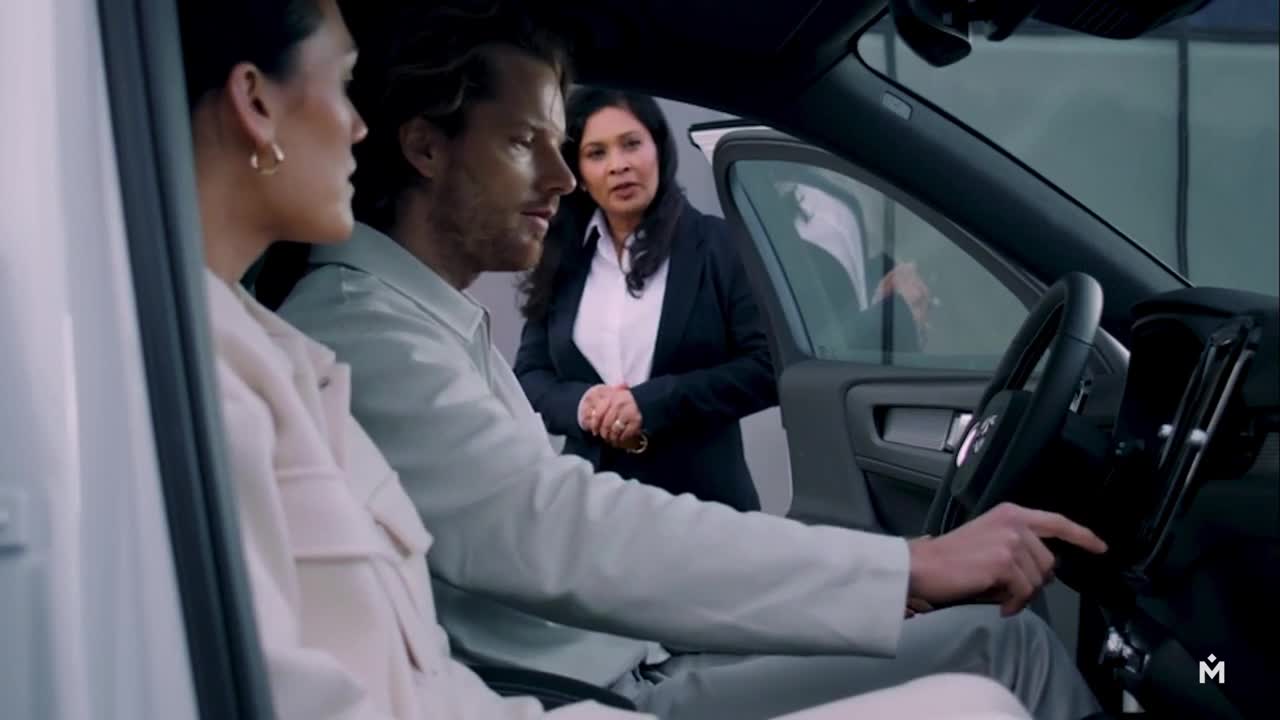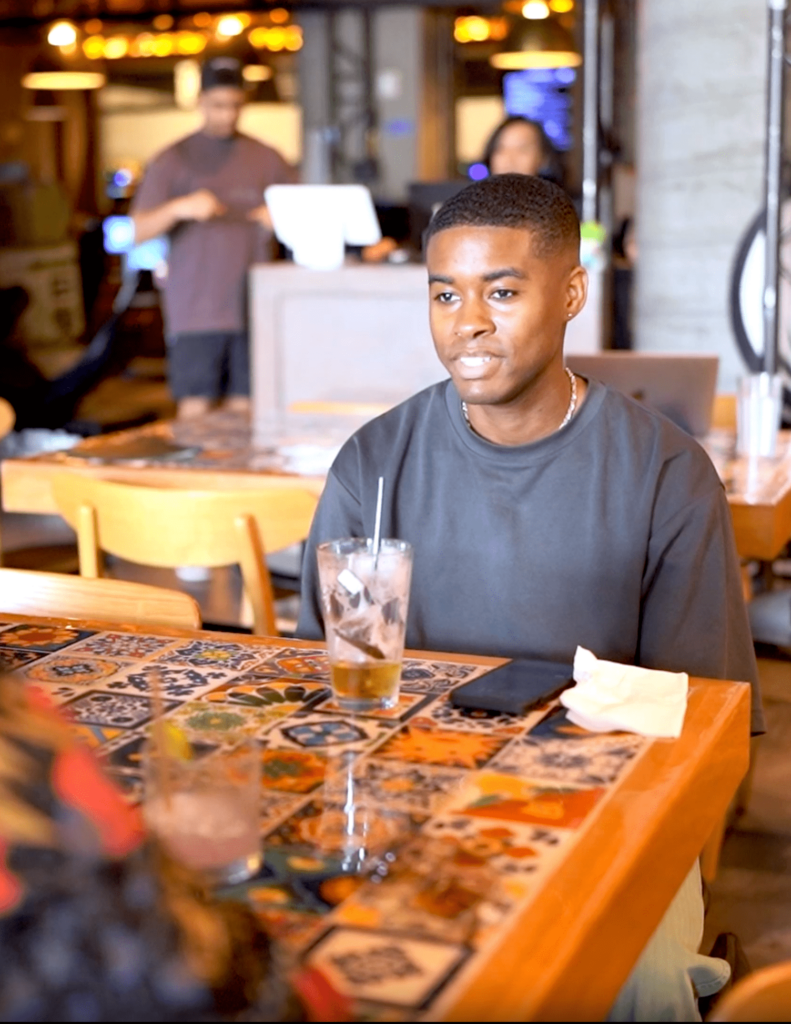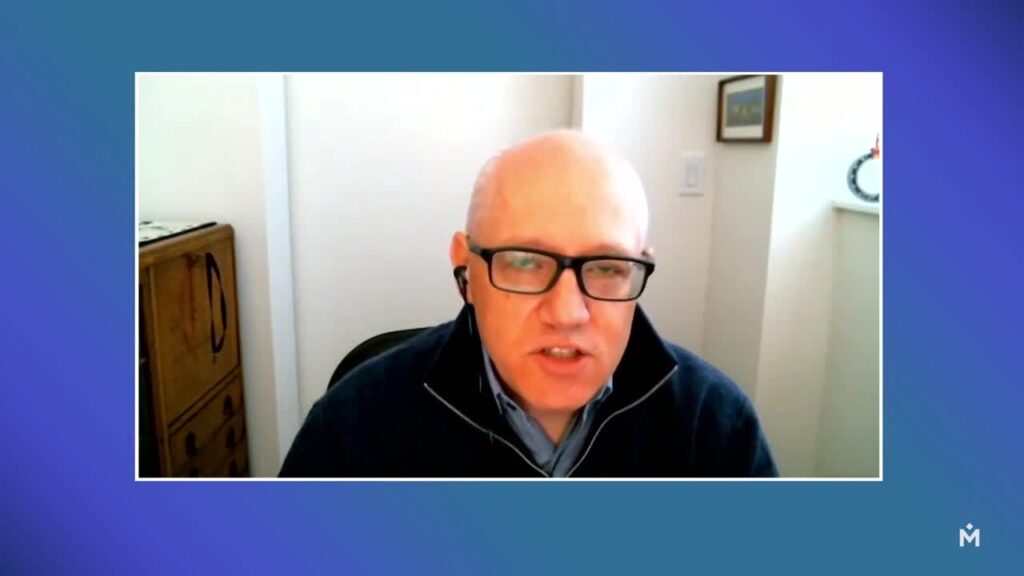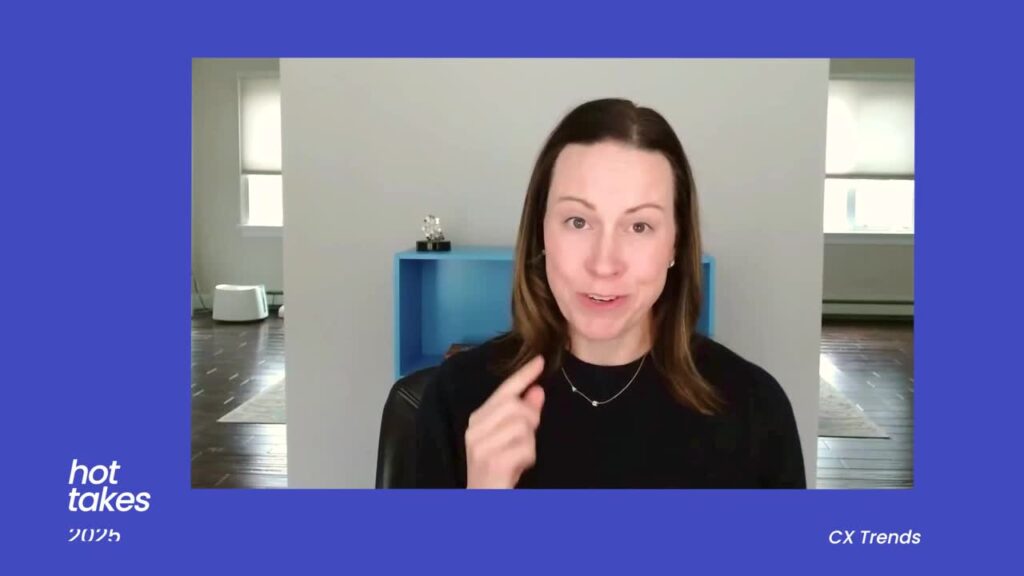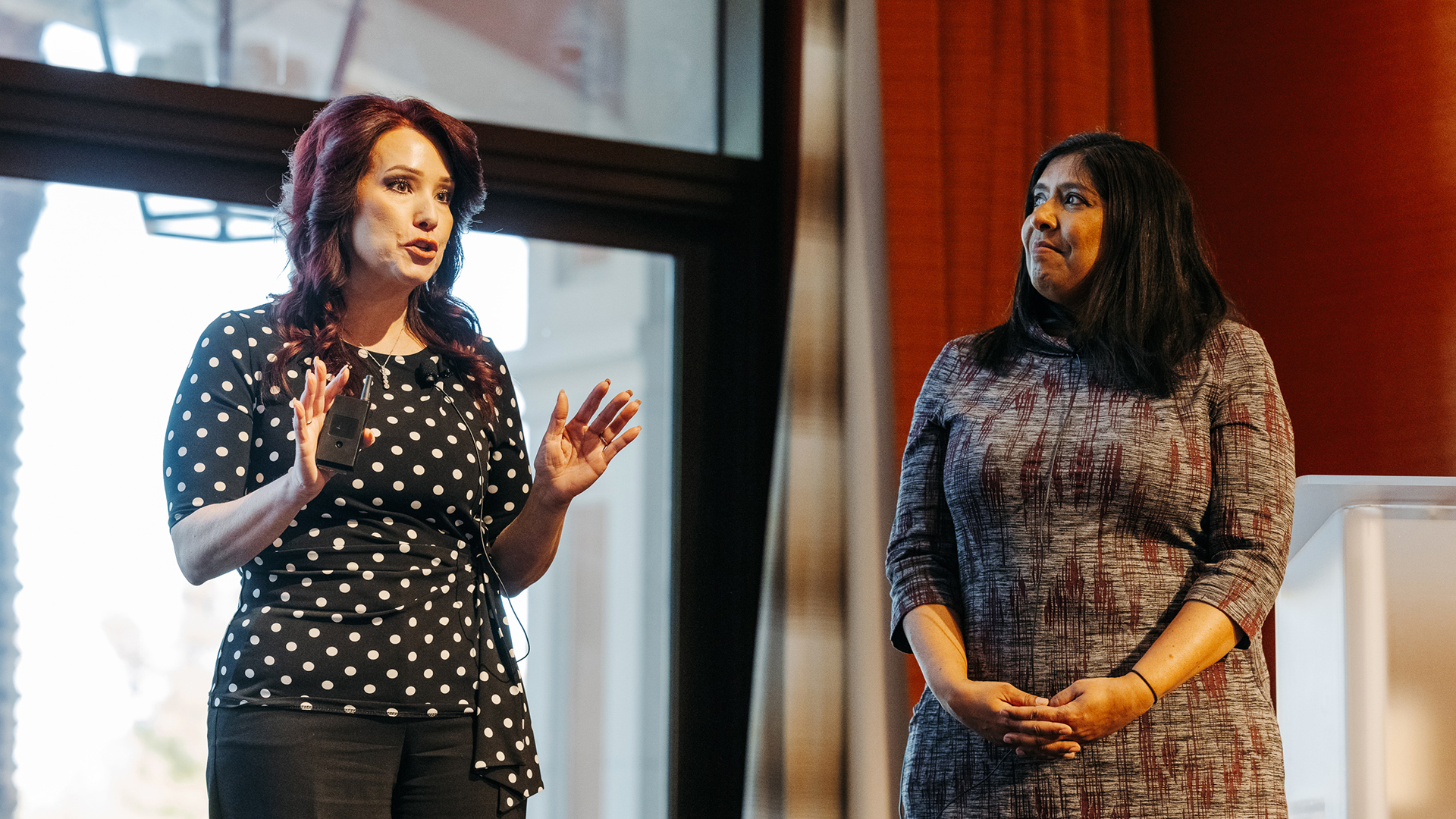Stephanie Leheta: [00:00:00] Money is personal, which makes banking deeply, intimately personal, and where we can’t often differentiate based on product. The opportunity really lies in differentiating based on exceptional experiences. But do we really know those moments that matter most to our client? And what our clients tell us, we’re meeting their expectations in those pivotal moments.
Deepta Rayner: Financial institutions hold a really unique position in our clients’ lives.
And if you think about every really important milestone in your own life, whether it’s saving for your education, buying your first car or home settling in a state, these are all. Deeply intimate experiences for our client and how we show up for them is so important. Our client’s expectation is really that we know them intimately and that we tailor our advice to their exact [00:01:00] situation.
So how we show up does matter, and it can be our greatest differentiator. So how does our bank deliver on these expectations?
Stephanie Leheta: Exactly, and we’re in an era of overflowing data, so how are we extracting and then leveraging the most salient insights to truly drive maximum impact. Along with that, we’re dealing with emerging technologies, ai, and let’s face it, savvy clients with rising expectations, and so today.
We’re gonna reflect on where we started, as well as how we built a unified approach across our enterprise to try to deliver that maximum value. I’m Stephanie Leheta, senior Director of Client Experience Strategy, governance and Design Thinking. And today we’re gonna share our five building blocks to hopefully crack the code on where we started.
Deepta Rayner: And I’m Deepta Rayner. I’m Senior Director of Customer Experience [00:02:00] Measurement and Insight at CIBC. And I just wanna take a moment to thank Medallia and thank all of you for sharing your time with us. As we share our journey on how we embedded CX into CIBC. Now, before we get started and jump into that journey, I just wanted to give you a little bit of background in case you’re not familiar with who CIBC is.
We are a North American bank and we’re headquartered in Toronto. Our purpose is at the core of everything we do to make our clients’ ambitions a reality. Steph and I are a part of the enterprise customer experience team, and we work with all lines of business across the organization. So from retail banking to business and commercial banking and capital markets and everything in between.
And it’s our job to make and bring optimal experiences to life for our clients. So let’s explore how we elevated CX and drove meaningful growth. Does this word cloud look familiar to [00:03:00] any of you? You’ve got CX buzzwords coming at you from every direction. I actually see some nodding heads here. Charting a path from here can be daunting.
So if you’re starting out right now, this is exactly where we started out. Steph,
Stephanie Leheta: absolutely. This looks very familiar to all of us. So what we really had to do was. Mute all of the noise to say how do we extract the most important building blocks? So for us, that began with culture. We knew that everything really had to be foundationally rooted in culture from the top down, knowing that it’s really the frontline that brings all of this to life, but it really needs to be embedded across the organization.
Now that we’ve got that embedded, how do we focus our efforts, making sure we’re focusing on prioritizing the right things for our clients? How do you do that? You need to start by building influence and fostering relationships. You need not only a seat, but a voice at the table to earn the right to influence.
From there, hopefully you can help [00:04:00] also influence governance and prioritization of those key tactics, but it doesn’t end there. From a future proofing perspective, we focused on how do we continuously evolve our CX practice so that as the client’s expectations grow and technology grows, we’re ready just in time to deliver on that.
Deepta Rayner: So I’m gonna just walk you through a very high level of where we’ve been, where we are, and where we’re going. We started out with focusing on the client. At the center of everything that we do. We had a plan and then we executed on that plan to drive value for our clients, for our team, and for the organization.
It wasn’t easy, but definitely it’s been rewarding. This kind of recognition actually reinforces that we’re on the right path, but it also fuels us to keep going.
Stephanie Leheta: And so we’re gonna give you these five building blocks, and it’s really what we’re going to talk about today and what we wanna make sure we [00:05:00] leave you with.
We’ll talk both about what are those challenges that we had to overcome as we were on this journey, as well as some key takeaways. And we’re going to talk through the five we already referred started with beginning with culture.
Deepta Rayner: So introducing and embedding a client-centric culture in our DNA was crucial to our success.
Culture isn’t just something you declare. It’s not like saying what happens in Vegas stays in Vegas, right? What happens in CX needs to spread across the entire organization. So saying CX is important is one thing, but making it really stick like maple syrup on pancakes, that’s a whole other challenge.
So how did we do it back in 2021? We had a rebrand and you’ll see our new logo or not so new logo anymore at the bottom of the screen there. But we also looked at our purpose and looked inward and really said, what is our purpose? It’s really [00:06:00] to make our clients’ ambitions a reality. Our CEO became our CX champion, and I have to tell you, I, my belief is that this happened from day one, but still happens today.
I don’t think you can have a conversation with him or have him in a presentation without him mentioning CX within the first few sentences of any audience that he is in front of. It is. Fantastic. It’s a powerful message to the rest of the organization, to our shareholders, and to our clients. We’re looking at our CX strategy, so this came from the top of the house, and Steph’s gonna talk a little bit about that in a few minutes, but our goals were firmly rooted.
Client centricity and we built a said strategy. We built a roadmap, and all of this helped reinforce the alignment we had at all levels. Again, from the CEO all the way down, we started out with a listen, learn, act model. Now, it was simple at its start, but it [00:07:00] really helped us guide our day-to-day operations.
We listened to our clients, we learned from the insights, and then we acted to improve. And this really was a reactive approach at first, but again, that’s where we started. Today we have mature listening posts throughout the organization and we have advanced analytics, and we’re quite we’re more proactive, I would say, in our approach with our line of business partners.
So this ensures that we have sustainable impact and meaningful insights throughout the organization structure. Our CX team. Has now aligned to each line of business. So for every line of business, and even by channel, we have folks within the CX team who are actually aligned to that structure. And it really allows us to have a clear framework and align with client expectations in a way that we weren’t able to before.
And then here’s the interesting [00:08:00] part that we heard a little bit about yesterday. Steph’s mug session client experience index. So we actually took. Many variables throughout the organization and created a CX index. It includes, or can include operational metrics. It can include financial metrics, and of course it’s gonna include some CX metrics.
So we tweak and adjust it over time. Sometimes a variable drops off and something new comes and replaces it. But it gives us a clear picture. Of our impact of the work that we do throughout the organization. It is tied to client compensa sorry, client facing compensation. So from our frontline all the way to our executives and literally everyone in between.
So whether you’re operations, tech, support hr, everybody. Is compensated in exactly the same way using the CX index. It’s fantastic. It gives us a collective measure to ensure that we’re all [00:09:00] aligned together on CX and last communication. This is the key to any initiative that any of us take on in any of our roles.
It’s education. It’s training, it’s follow ups. Follow ups are so important. It influences our day-to-day interactions with our line of business partners, whether it’s daily, monthly, quarterly, you get the picture and a few weeks ago when I talk about communication. Literally talking about all levels here.
A few weeks ago we actually presented to a few members of our board and we didn’t go it alone. We actually took a senior frontline executive with us and she actually showcased in real time looking at Medallia dashboards. Here’s how I use these tools. This is how it helps me in my every day. This is how it makes my job easier, and how I’m able to really [00:10:00] understand what’s going on in the geography that I’m responsible for.
That’s really powerful and it really resonated with our board members. So I. It was fantastic. So CX sits in our DNA, it’s not just a campaign. It really shifted how we operated as an organization, CX within CIBC. We’re really proud of where we came from, but we’re on a journey and there’s always more to do.
Stephanie Leheta: So you’ve heard a lot about how we embedded this customer-centric. In our DNA and culture. Now let’s talk about how we focused our efforts specifically around how do you enable client-centric decisioning across the enterprise? So for us that we knew what our intentions were, the intentions were clear.
The challenge was how do you align and activate across the enterprise to actually bring this to life? And so we started with our North Star and it’s this, how do you really. Intimately know your client. [00:11:00] Leveraging all of the data and insights that are available to us to ensure we’re personalizing interactions so that we’re delivering the right experience at the right time to the right client through the right channels.
And it’s not all about sales. That’s why I said interactions, not offers. If you’re just focused on sales, you’re really not able to build that trust or deepen that relationship with the clients. So for us, this began with setting a clear strategy and some clear priorities. This was about grounding what was important to the client across the enterprise.
We built an interlock strategy, which took a look at all of our partners’ business goals and business objectives, and we looked at the overall enterprise goals, made sure that they dovetailed, and then on top of that, we layered our three CX priorities. To help bring this all to life. And again, we’re all evaluated and measured on this, and all roads lead back to these three in everything that we do.
The [00:12:00] first one. Make it easy to bank with us. That’s table stakes, right? For a financial services institution, you’re probably thinking to yourself, wow, this isn’t rocket science. Easy, in principle, difficult to accomplish when you’re talking about all channels. The second, how do we improve our digital experiences?
How do you deliver seamless? Digital journeys in the spirit of a digital first world, even though we have over a thousand bricks and mortar institutions, it’s still important to get this right and it’s always evolving. Last, arguably the most important is around deepening relationships with our clients.
This, again, is being there in the moments that count, giving them advice. That’s tailored to their unique needs and so on, and leveraging the data that we have to accomplish that, that served as a really strong foundation. That coupled with our operating model, that deep to talked about, we took a look at that and said, now [00:13:00] we need to be ready.
We need to really amplify our CX practice, our capabilities. How are we gonna do that? So we went from the listening team. Just listening surveys, client verbatims to an intelligence team. And so now we start with the business problem and then work backwards so that we’re really targeting or listening for the specific needs of the solutions we’re trying or the problems we’re trying to solve for learn.
Again, this was predominantly reactive at first, right? Like it is for most of us, this isn’t just about learning from complaints or again, listening to verbatims to try to find some similar themes. It’s how do you get decision ready insights and actions for our partners to act on so that getting decision ready requires a lot of sophistication, advanced analytics, text analytics, ai, and so we’ve done a lot of partnering with Medallia to really try to.
Amplify how we’re using the [00:14:00] capability, how we’re optimizing it, how we’re elevating our skill to be able to do that. And acting on insights isn’t just that next step where we’re being a bit passive. This is about really maturing our design practice. It’s a switch from focusing on product to focusing on end-to-end journeys.
And we’ll talk a bit more about how we’ve evolved our human-centered design practice in a few moments. Okay. We’ve got a great foundation. We’ve got some clear CX priorities that we’re all aligned across the enterprise that all roads lead back to. We’ve got an operating model with capabilities that are really well entrenched.
Where do we go from here? So that’s a great initial blueprint to start, but if you don’t have an actionable roadmap, it’s hard to deliver on it. And so this is where we realized working back from our North Star, that we needed a real tactical plan to get there. And so we developed a three-year [00:15:00] roadmap, which I’ll talk to you about now.
The first one was around connecting data. Most of us have all these disparate data sources, right? So within Medallia we have our surveys and our verbatims, but we’ve spent the last couple of years ingesting complaints. All of our call center, call transcripts within there operational data. We scrub that against competitive data where we lead and lag our competitors.
We now have this very robust repository of data. Fantastic. But without connected systems, what do you do with it? It’s very difficult to act on. So when year two, which we’re midway, now, we’re stitching together all of our strategic systems across the enterprise. So we’re building APIs between Medallia and our CRM frontline platforms, with our marketing data lake, with our digital delivery tools and so on.
So that we are ready [00:16:00] for year three. Which year three starts shortly, but that’s the magic, that’s the secret sauce where the rubber hits the road. It’s taking near real time. Client insights about their interactions, their sentiment, how they’re feeling about us, what their last transactions look like.
It’s taking all of that and feeding a recommended next best interaction, both with the frontline, with our marketing teams, with our digital teams, and so on, so that we’re delivering to the right client the right experience at the right time in the right channel. And so lots of challenge around this. The magic really is in this connected roadmap across the enterprise.
We’re not on an island by ourselves, and as an enterprise CX team, we’re predominantly a cost center. How do we get. But rest of the enterprise to see us as a value center. As we’re building these [00:17:00] sophisticated leads lists based on this near real-time client sentiment, we’re contributing to attrition models.
We’re contributing to client lifetime value models. That’s where the real value is created. Thanks,
Deepta Rayner: Steph. So we’ve now walked you through CX culture. You’ve heard a bit about our focused efforts. I’m going to walk you through how we built influence across the organization. And arguably one of the hardest things that CX teams have to do as part of our mandate as CX professionals within our organizations.
So early on, we recognized that the CX team was in service. Of our line of business partners, what was important to them was important to us, but also their success is our success. We started with education. We ensured that all the leaders across the organization really understood their role. Within cx within the [00:18:00] organization, and today, whenever a new leader joins the organization or is new to their role as a leader, we sit down with them and provide them with a CX 1 0 1.
We actually walk them through our history, our journey, where we are today, and where we’re headed, and what their line of business has been doing up until this point. We also identified who our key partners were throughout the organization and established regular touch points with them throughout the year, whether it’s monthly, quarterly, whatever, suits that specific line of business.
Today, we have over a hundred touchpoints throughout the organization, and it’s really a powerful way for us to ensure alignment throughout the year. As we all go on this CX journey together. Next up is interlock strategy, and Steph did talk a little bit about this earlier. Remember, our three CX priorities [00:19:00] make it easy to bank with us, improve our digital journeys, and deepen those client relationships.
We started by understanding our partner’s strategies. So annually we actually sit down with each line of business and we listen to them as they play to us. What their strategic priorities are for the following year and possibly two or three years out. We take that back and we take it to our team. We review it together as a CX team and look at what our strategic priorities are and what is our strategic roadmap, and then we go back to them.
So we meet with them a second time as part of our strategic review, and we actually play back to them what we heard. To make sure that we understood correctly. We then talk to them about our roadmap, our strategies, but then we start to say, Hey, remember those three priorities that we have as cx? Here’s your initiatives, and we lock them together, and that’s how we do it.
Imagine doing that [00:20:00] across every single line of business throughout your organization. It’s super powerful and this is how our partner relationships really. Amplify and drive accountability throughout the organization on cx. Next step is CX Leadership Forums. So we established a CX leadership forum that has over, I’m gonna say 30 executives across the organization.
These are executives who have the power to influence CX at CIBC. And this too evolved over time, right? It wasn’t a smooth path. But we now have strong executive engagement. We’re continually tweaking the format. We wanna make sure it’s relevant, that it’s meaningful, and that we’re all driving impact together.
We have accountability at the highest levels. So when something goes wrong or people are, teams are not meeting their mark or their target, they are held accountable to explain why. What happened? [00:21:00] But they’re also accountable to say, here’s our plan. This is what we’re doing, and this happens on a quarterly basis.
The other thing, I don’t wanna miss out on this, we also celebrate our successes. So important to do that at every single level. Our ability to optimize awareness, drive accountability, and secure alignment is really the key to driving that credibility and trust throughout the organization over time. We have built a really strong CX team.
We have experts with deep knowledge, skills, and experience, and this has allowed us to form a center of excellence within the organization. We’ve consistently delivered on insights. We’ve democratized voice of the customer via listening dashboards, but so many more ways that we communicate CX throughout the organization, we’re able to really articulate.
How we’ve actioned on insights and when things go sideways and [00:22:00] they do. From technology, a power outage, a pandemic, what we’ve always been able to do is have our partners backs and through all of the initiatives that we’ve done, we’ve built that trust and credibility over time. And this has really allowed us to earn the right to influence, change, and drive results throughout
Stephanie Leheta: the organization.
Let’s pivot to governance and prioritization and how critically important it is to embed CX within all client facing initiatives as early in the process as possible. Now, let’s be honest, this is a challenge, frankly. Governance is daunting and it isn’t sexy, and most people don’t like governance. It’s a big, scary word, but we knew that it was going to be incredibly integral to building CX within our standard practices across the enterprise to ensure that we got a seat at the table.
So I’d love to talk to you more [00:23:00] about how we did that. This reactive wheel, which is where we came from, is probably familiar to many of you, right? Client interacts with us, experiences some sort of friction. Hopefully gives us some feedback, whether it’s through a complaint or through a survey, but. At some point CX might get involved.
Let’s hope, especially if it’s a repeat pattern of similar friction and problems. We would provide some feedback to the various teams to make recommendations for improvements. That’s great for reactive. That is not delivering proactive cx. That’s not helping us to deliver on our North Star. It’s not helping to deliver excellence in our client experiences.
So we knew that we would have to move to a much more proactive model, and this is where embedding CX within governance begins. So let me break this down. We worked with our friends in the project management office, [00:24:00] the finance teams, and we embedded CX as a gate, a formal gate within our enterprise delivery framework.
This means the 600 plus initiatives. That are funded across the enterprise every year, every initiative must complete a client experience assessment if they want funding throughout that process, it comes to our team. We evaluate and we measure client risk, the likelihood we score it. We have a scoring framework that then serves as that blueprint from a client experience perspective.
Throughout the entire journey of the initiative, whether it’s a new product, a new service, a new digital environment, whatever the case is, we’re baked right in. Beyond that, we’re also embedded really early in the process so that we can influence design. This is where that more mature human-centered design practice comes.
And it’s not just from a CX lens. We actually co-create with our partners, think [00:25:00] process engineering teams, service design teams, while we’re generating current state for the client and identifying. Friction and doing empathy mapping and identifying the risk in our performance. Our service design friends are doing the same for the employee experience.
We all know the better the employee experience, the better the client experience. So this co-creation, doing it together is really integral in ensuring that we’re delivering the right experiences for the frontline and for the client at the same time. And so by doing this together, we have this front stage view, this backstage view, you’ll marry it together.
Which is a beautiful service blueprint, which most of you are probably familiar with as part of this practice. We then take it a step further. We do something we call dress rehearsals, and it involves a cross section of about 30 executives cross-functionally from around the enterprise who come together at a few stages Throughout these initiatives, they come [00:26:00] together early to help shape and influence the design of the solution.
You’ve got technical experts, frontline people, communications, hr, legal compliance, all together in a room, stress testing the new client experience. And it’s not easy. And you’ve got a lot of egos, a lot of ideas, a lot of different perspectives, but it’s the beauty of bringing all of that together that’s going to ensure we’ve got the most robust solution possible.
After we’ve stress tested and helped shape the design, we come back again before launch, and that’s to ensure we’re operationally ready, not just to support our clients, but to make sure we can support the frontline. We know MVP 1, 2, 3, sometimes two doesn’t get funded. We wanna make sure we’re not building broken processes out of the gates, right?
This is our opportunity and this formal governance gating to ensure we’re literally delivering the best experiences [00:27:00] possible. And so that just gives you a bit of a signal as to why it’s critically important to have CX embedded really early in the process and informal governance structures.
Deepta Rayner: But not yeast as continuous improvement.
This is how we continue to mature and future proof our team and our capabilities. So we all know that people are at the heart of any organization and RCX team has. A varied skillset. So we hire specifically for researchers, for analysts, for strategists and designers, right? So all those varied experiences also come with past experiences like branch managers, MBAs, research experts, like it really is.
Broad, and we really have unique expertise with each individual. These experiences even go beyond the workplace, so we have an Olympic gold [00:28:00] medal winner on our team. We have a meditation leader. So all of these things, again, add those different perspectives and ways of thinking that really help with when it comes to cx.
Each year we invest in our team, so we have. Group or CX team wide training. So that could be anything from storytelling. Last year we worked with medal on change management design practices, and we of course have many folks who are CX certified, and then there’s also individual learning paths. So really look at your team and see what individuals really need to up their game and stay current.
And ahead of what’s to come. Now you can have all the right people, but you also need the processes that go with them. And Steph just talked about governance and proactive design, so I’m not gonna go into a lot of details on that right now, but it’s so important to have those structures in place.
And then of [00:29:00] course. Technology. And for us it was really important to, to take a two-pronged approach. Looking at the now and the tomorrow and the now is really about maximizing the utility of the tools that you already have. And we are constantly working with our Medallia partners through that.
They’re smiling ’cause we really do. Do that. But then again, it’s also looking to the future. What are the technologies you’re gonna need tomorrow and what are the technologies that your client your line of business partners are also looking at? That’s actually incredibly important as we are a huge matrix organization.
Understanding what technologies are partners are going to be using also influences how we move
Stephanie Leheta: forward as well. So as you are designing your North Star and your blueprint, we hope that these five building blocks serve as a guide for you. And so just to recap so that you’ve got some clear takeaways from a culture perspective, yes, it’s [00:30:00] easy to say top.
Down, but this is not just talking the talk, it’s walking the walk, and it’s essential that it is from the top down again. It’s brought to life by the front line, and so all of the levels in between, from the top to the front line, really, it needs to be embedded at all levels. And reinforced from a sustainability perspective, which is critically important, focusing our efforts.
We talked a lot about interlocking strategies, all roads leading back to the same priorities, and making sure that you’re playing that back again and again. Strategy is not great if you know the binders you put them on the da, they collect dust, never to be looked at again. This has to have a life of its own.
You really have to embed that throughout so that. Things like how do you prioritize CX improvements? You are at the table with the lines of business who we’re funding, right? Our enterprise CX team, we’re not funding these technology initiatives and so on. So how do you make sure you get a seat at the table leveraging your [00:31:00] client centric data to be able to influence not only decisions, which we talked about, but also CX improvements, which is critically important.
Building influence. How do we make sure that we’re seen as a trusted partner? We need to care about them Deepta talked about us being there in service of them. So of course we have a roadmap and we have a goal to achieve, but really we’re all working towards the same goal. And by informing with data and.
Insights as near real time as possible. It’s relevant, it’s contextualized, and the ripple effect should be better leads, which end up in better offer. Acceptance drives revenue, improves client lifetime value, which helps to contribute to that emotional loyalty. If some of you attended yesterday’s session, we talked about forever clients and emotional loyalty that helps to ensure that’s embedded.[00:32:00]
Governance and prioritization. We know it’s not fun, but it’s prudent and it’s integral in building consistency across the enterprise, making sure that CX is at the table early so that we can ensure the client is at the center of all of our decisions. Yes, we have to make business decisions.
Understanding the ROI of CX improvements, speaking like our business. Partners speak, right? It’s not motherhood cx, it’s business value CX that we’re speaking to. Incredibly important, and then continuous improvement. Our lines of business aren’t standing still. They’re augmenting their systems and capabilities, their technology.
They’re bringing in different AI models. How are we coexisting together? So as we’re stitching all of these systems together and we’re. All trying to drive decisioning. How do we coexist? Who’s the master of which, how do we help inform with client sentiment? Sometimes it’s parking our egos and making [00:33:00] sure we’re along for the ride, so we’re creating value.
We don’t have to win. We win when our partners win. And that’s really critically important to us and helps to set the stage. This future proofing and being ready just in time was so exciting to hear this stuff. Sid and Fabre talk. About today. We’re ready for it. We’re so excited. We’re like, yes, get us there.
And so these are just some of the building blocks that worked for us. One, it wasn’t easy. Two, there were a lot of challenges along the way. We’re still encountering them. Yes. But it’s about iterating and evolving and talking through it with our partners and across the CX team. We’re all better together.
And so that’s really the mantra and what we’ve worked by. That’s it for us today. We are so grateful that you all joined us today, and we hope that a bit of this helped to set the stage for your North Star. These are our contacts in LinkedIn. Happy to talk to you throughout the rest of the event, but we’re also [00:34:00] happy to take questions now.
Hi,
Q+A: I am David Hints. I run CXO for NCR at Leos, particularly the TT business unit. Anyway, phenomenal story. An incredible effort there. I would like to know how big is your organization? I. To do all this great work. And how did you build it out? Starting with two people and going to 20 or whatever you did?
Stephanie Leheta: Yeah, great question. So a large organization, we’re considered one of the big five banks in Canada. Compared to a lot of US banks, we’re not that big, but we are one of the big five. So we have just shy of 50,000 employees, just shy of about 15 million clients. We’re an enterprise CX team of about 50 people roughly.
You have a head of each of the pillars, so listen, learn and act. Lead act. Deep listen. Yeah. And Deepta, listen. And we have a peer that leads learn and we have teams below us that support. It’s not easy. It’s been a journey. We [00:35:00] continue to daily earn a seed and voice at the table.
Let’s be clear. It’s not one and done. It’s not check. We’ve arrived and we can rest in our laurels. We’re continuously having to demonstrate how we create value. And we’ve had to pace ourselves. We’ve had to be discerning. We can’t boil the ocean. We wanna achieve 25, 35 things. But what we’ve done is we’ve prioritized what are the top five?
Let’s do those really well and then you can move on to the next. So that three year strategy we talked about, all focuses on that. And we work together to help bring that to life. ’cause that’s where the magic is gonna happen. So it, it is a struggle to prioritize. ’cause we’ve got a lot of ambition and we wanna do a lot of things, but we have to be discerning.
Q+A (2): Just to follow up on your answer. So how are you prioritizing? Are you just connecting it to your strategic initiatives? How are you able to even, what if 10 of them connect to the strategic initiatives? How are you? Boiling it down to five. Yeah, that, [00:36:00] that’s a great
Stephanie Leheta: question. So we actually worked with Medallia on building our strategy, which I’ll tell you really began with understanding not only what we thought we were from a maturity perspective, but what the enterprise thought of.
We surveyed across the enterprise, 300 people. Connie did like a hundred interviews. It was very intensive to see where everybody thought we were, including where we thought we were. And so that helped to inform a reality check for us as a starting point. When we look at our CX priorities, we basically did a two by two.
And it was around ease at vis-a-vis effort and impact. And so we categorized based on listen, learn, and act because we wanted to make sure we were rising the tide on all three of our operating models, right? You can’t just double down on act and leave, listen flailing or learn flailing. So we had to make sure.
So although it was a two by two, it was like multiple two by twos to [00:37:00] make sure that everybody was rising at the same time.
Deepta Rayner: Yeah, no, I’ll just build on that a little bit. Not everything that’s a priority can be done quickly or with no money. And so those things also are taking into account how big is the lift for us to get there and do we need partners to also, go along on that journey with us.
So you could imagine budgets involved, et cetera, et cetera. Yeah.
Q+A (3): Given the level of your maturity right now, where you wanna go. The increasingly overlapping Venn diagram between cx, ux, service design, digital products, et cetera. If you could wave a magic wand and restructure the org to be as efficient and effective as possible, what would you change in terms of structure and ways of working?
Stephanie Leheta: Oh, that’s a tough one. That is a tough one. You know it, it’s funny, I talked a little bit about that this morning with [00:38:00] someone. I don’t know that there’s a perfect answer, meaning I think some. See CX as an enterprise team, the strength of having it outside of the business because you don’t want, what is it, the wolf watching the hen house or whatever, right?
But then I also see the power of CX sitting within the business to be aligned with where the money is. A lot of people say follow the money. So if the power is in the money, that’s where the champions, the influence is. I don’t know that there’s a right answer. I think it’s about. Coming in with the right intention and then working collaboratively regardless of your structure.
So I don’t think structure is the silver bullet. I think it’s the approach that whatever your team is, takes across the enterprise to navigate the technology landscape, the political landscape, the power landscape, all of that, and just. Parking egos and I’ve said that a few times now. As a enterprise CX team, we’re here in service of, and so it’s not about us winning as a [00:39:00] silo, it’s about helping amplify the enterprise. When your partners see that. They know you’ve got skin in the game in support of them, they’re far more willing to share. They’re far more willing to come to the table and have conversations to say, how will this coexist with my new CAS tech stack?
How will this coexist with my new digital initiatives versus being closed off and protective? I don’t know. That didn’t really answer your question, but I honestly don’t think structure is the answer. And IWI
Deepta Rayner: would agree with that entirely and I think. It really doesn’t matter what structure you have, you probably still have to go through all the things that we went through.
Yeah. In order to have your voice heard in a seat at the table, and like we’re not kidding anybody. We’re always fighting to have that seat at the table. We’re always fighting to be a voice for the client. I have had many conversations with peers and leaders across the organization having to remind them why [00:40:00] we’re here in the first place.
It’s for the customer. And so parking those egos is super important, but again, we, I don’t think it matters what our structure was. We’d still have to go through all of these things.
Q+A (4): One other thing you threw in there, but I thought it was really impactful. As you said, it’s not motherhood, CX.
It’s talking like a business person. I may be paraphrasing a little bit. Yeah, that’s a lot harder than it sounds. Did you just put up a tent in finance for a week or is it your governance? How did that transformation happen? Personally?
Stephanie Leheta: Yeah, I Deepta covered a little bit about that. It’s diversification of roles.
So we have business leads, MBAs, accountants. Like we have finance people as well that are at the table that have that business acumen or that financial acumen. It’s also getting really close to your friends and accounting, to your friends and the advanced analytics teams. Teams that already in the verticals have the credibility.
Hit your wagon to them. Yeah, and help them amplify the message when they see the value. If they’re data people, they’ll see the [00:41:00] value of the. Client sentiment, layering that into attrition models, let them do the talking. You just set the stage and then leverage them to help amplify that message.
That’s the best way to do it, for
Deepta Rayner: sure. So our accountant is the person who leads on RCX index reporting. And it’s super important because he speaks the same language as the accountants and the finance people who are actually going to fund things. Yeah. And who are going to com, like they’re in charge of the compensation plans and all that kind of stuff.
So that having that accountant in that role is super specific and really necessary.
Q+A (5): You were talking about, we have to follow the money and be aligned with business outcomes. So which are the primarily metrics you are correlating in order to have CX bounded with business results and talking the same language as they are?
Stephanie Leheta: So prioritizing that. So the three [00:42:00] CX priorities, remember we said we play this back often and we roll that up to the board of directors as well. Deep to shared. We do a hundred, 120 forums a year with our partners. We’re bringing that back every time. It’s the three CX priorities, how were.
Each line of business, how are their priorities contributing? And it’s literally a map. We overlay it and continuously play that back. That’s how we’re showcasing what to prioritize. So both between the partners and then we too are ensuring that. As we’re augmenting our capabilities and so on, they’re in service of our partners.
So we aim to first understand their business problems. How are they solving for it? How can we amplify that with our data, with our insights, with our analytics to help feed into it so it becomes a win for both of us. That’s the smoothest way we have found to prioritize. And I’ll,
Deepta Rayner: again, I’ll just build off that and you actually mentioned it in your answer.[00:43:00]
We’re constantly reminding our line of business partners, why we’re here and sitting down together, and we’re constantly reminding them of those three CX priorities. And those reminders at some point stick. At some point it’s Or they get sick of us. Yeah. And just, yeah, agree. But we literally have, and we all do this, like we don’t want to, but we all have decks and we all have to present over and over again to the same line of business partners That slide.
Is always in there reminding them. Thank you ladies. Thanks for reminding us why we’re here to be inspired. Give it up one more time.
